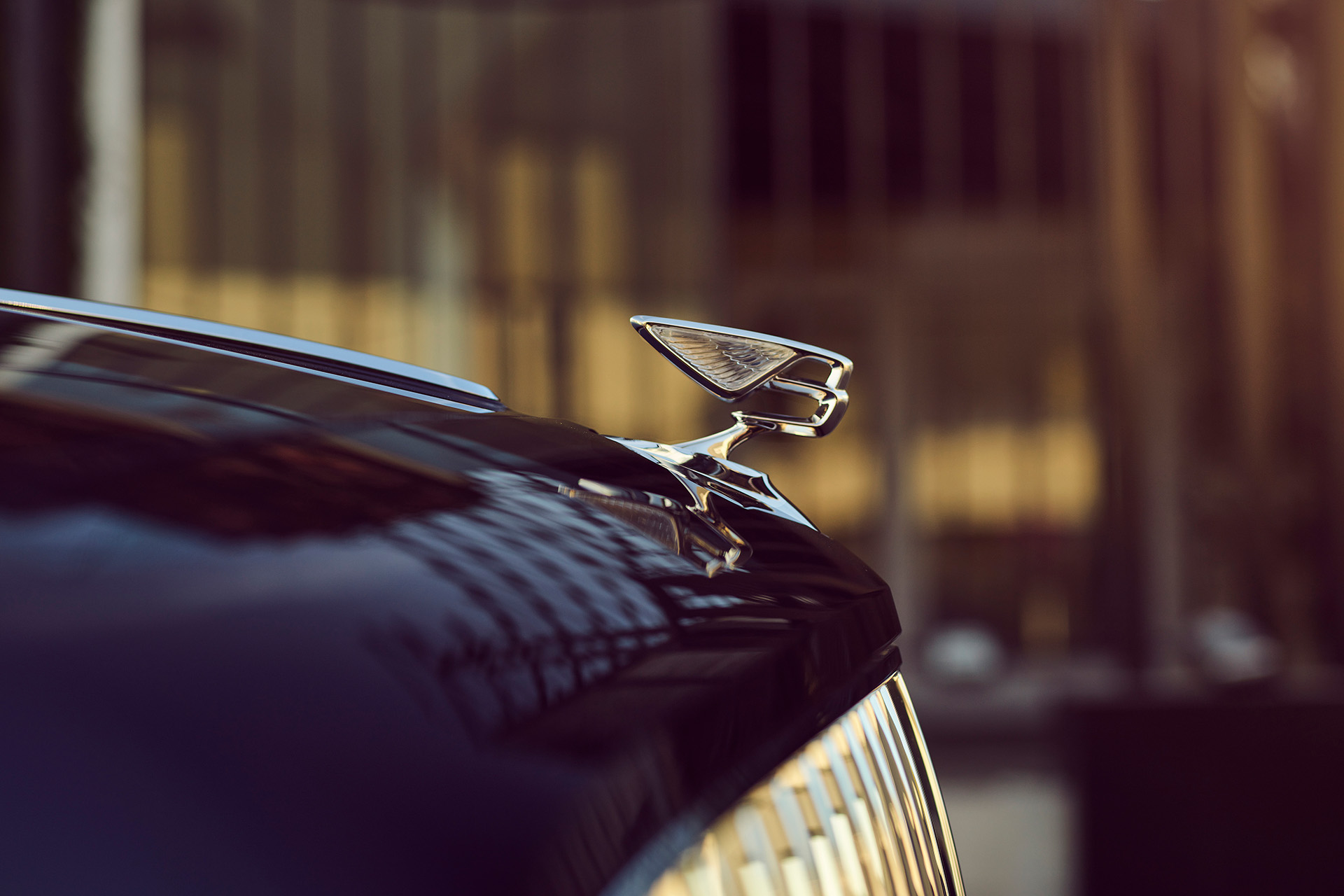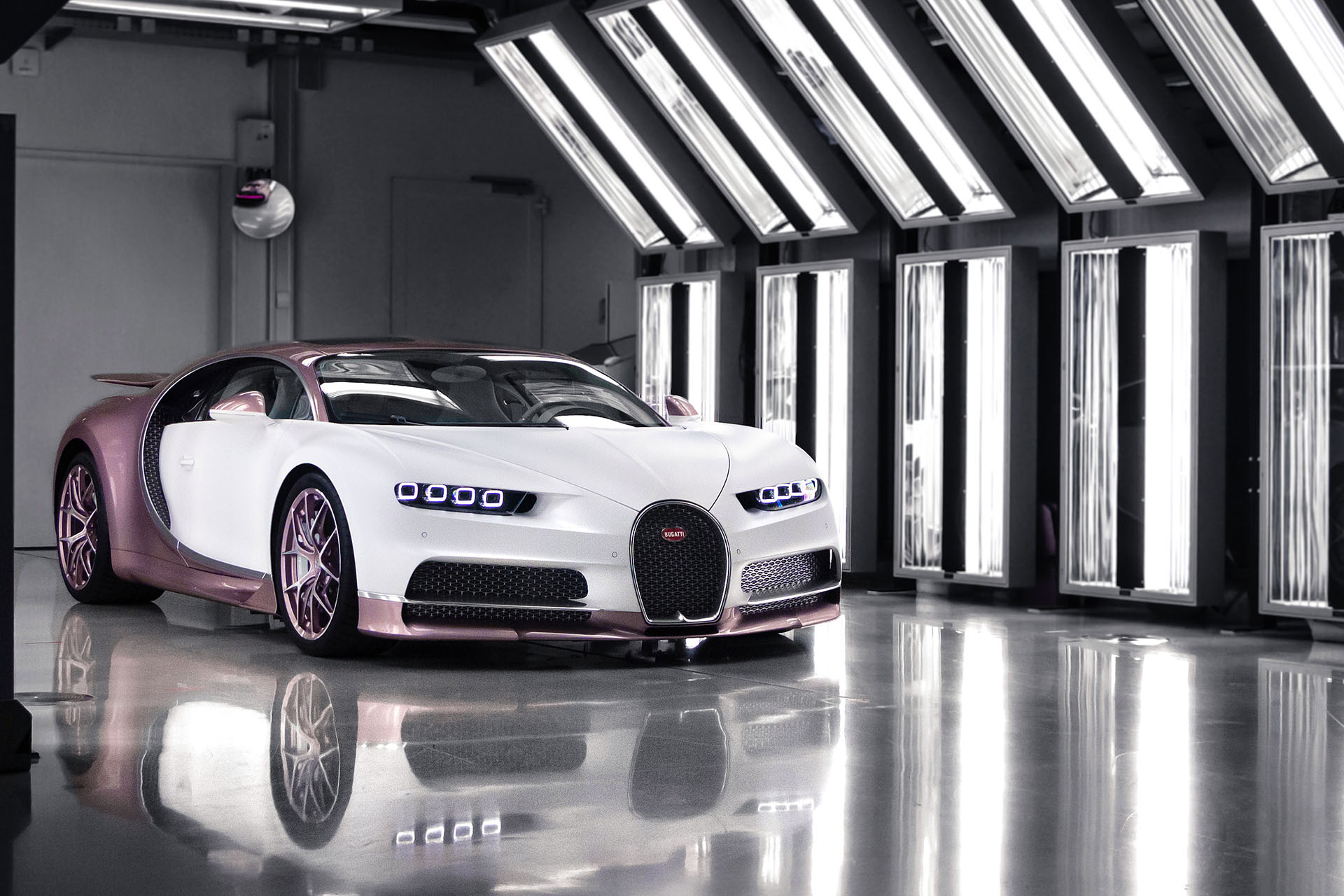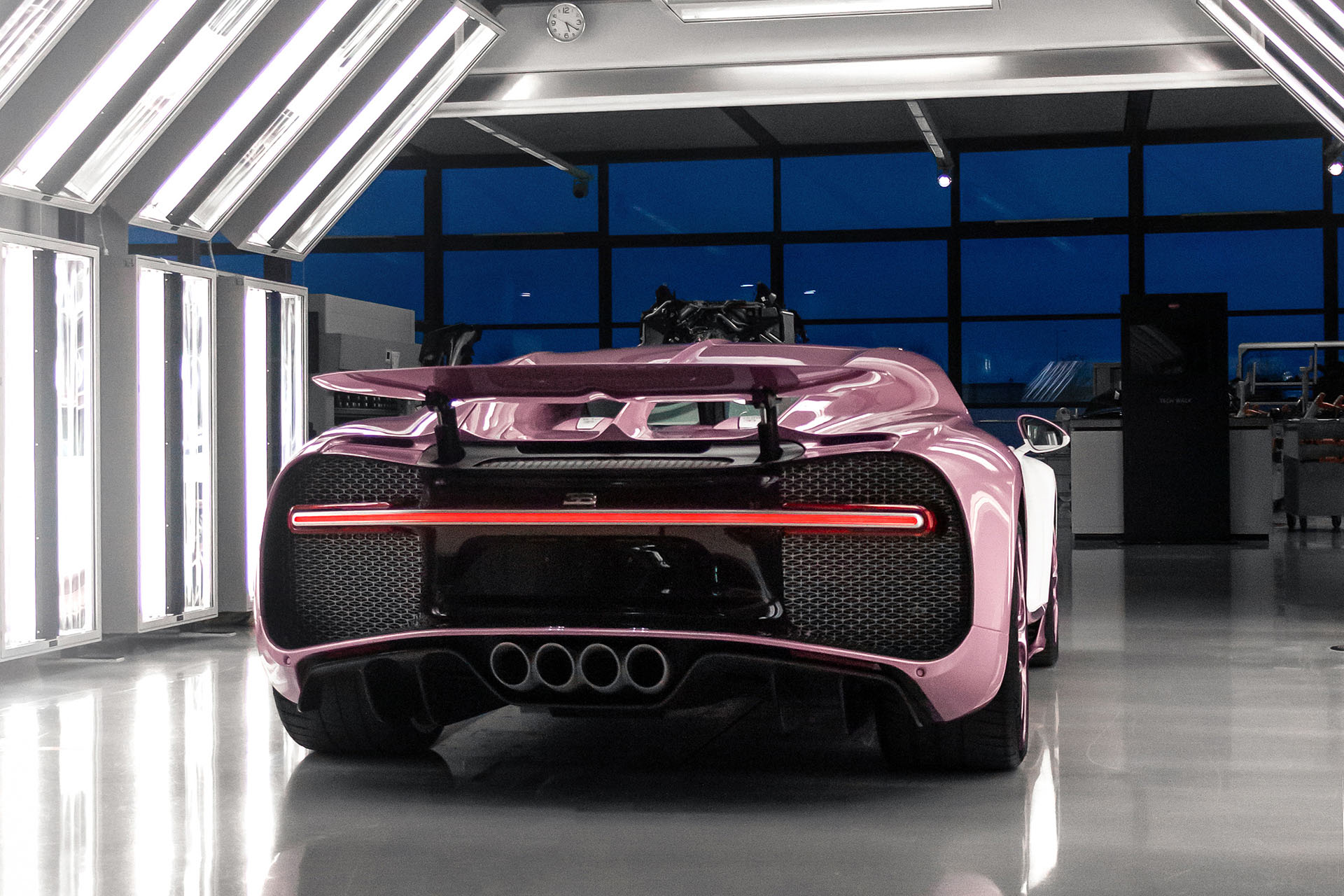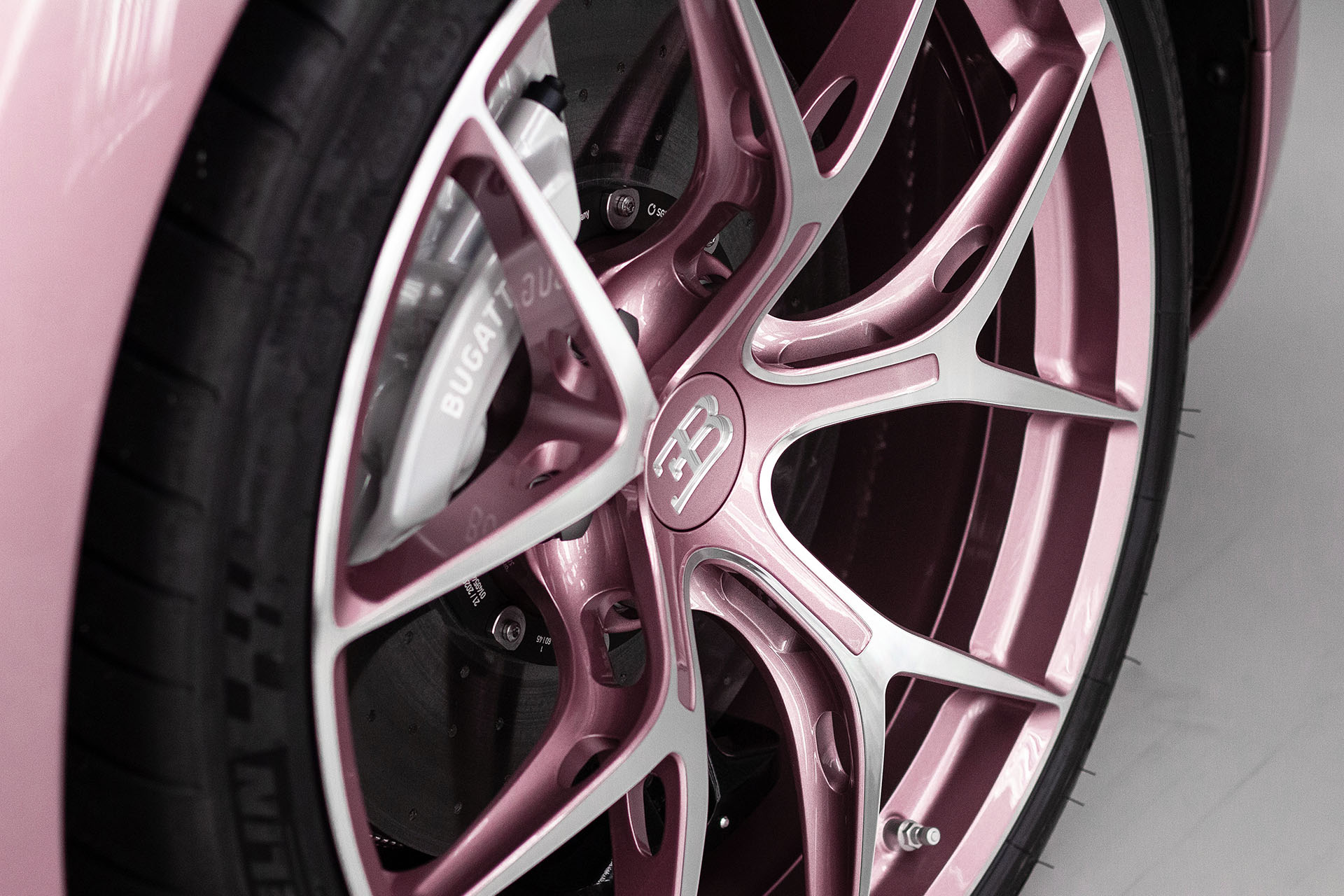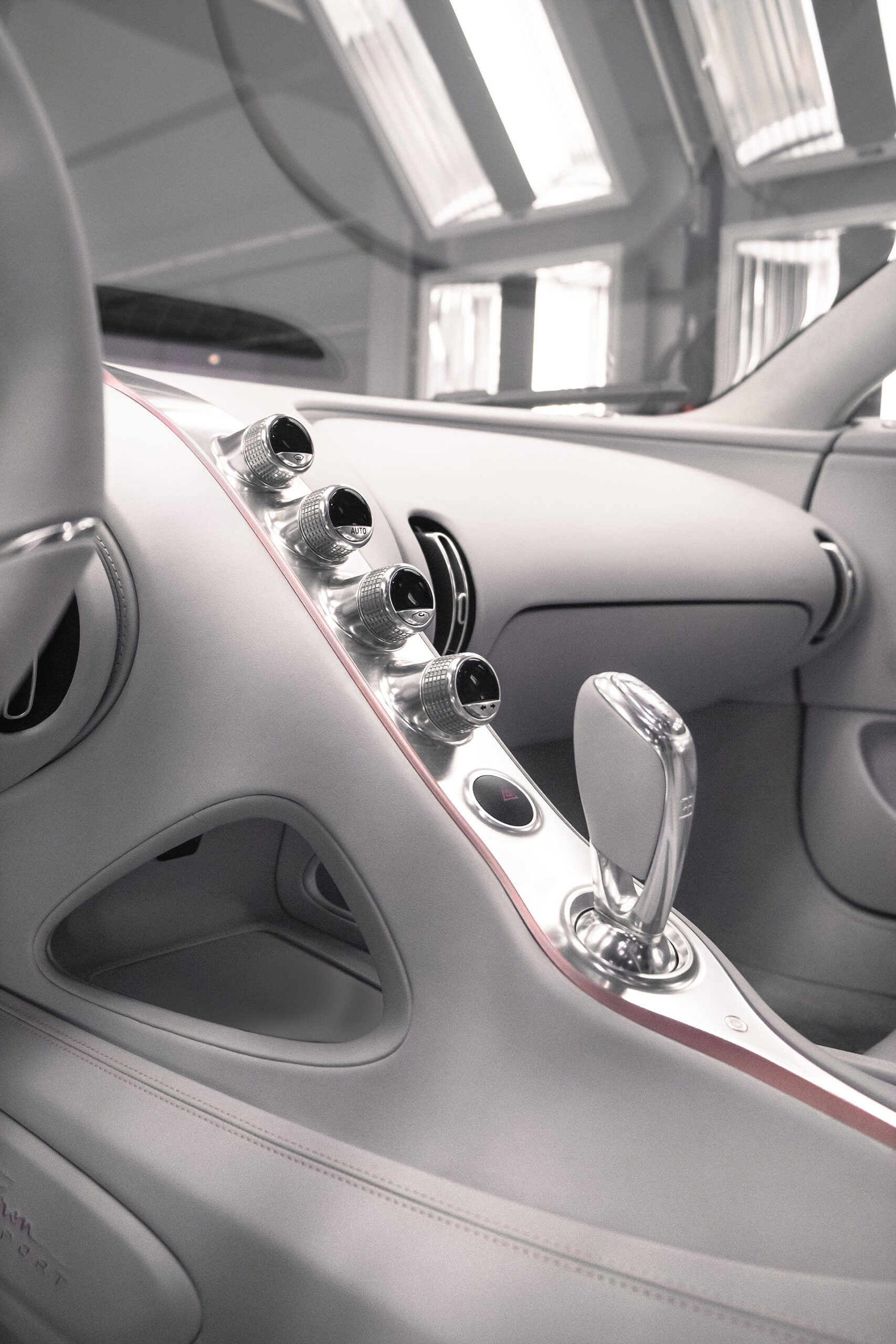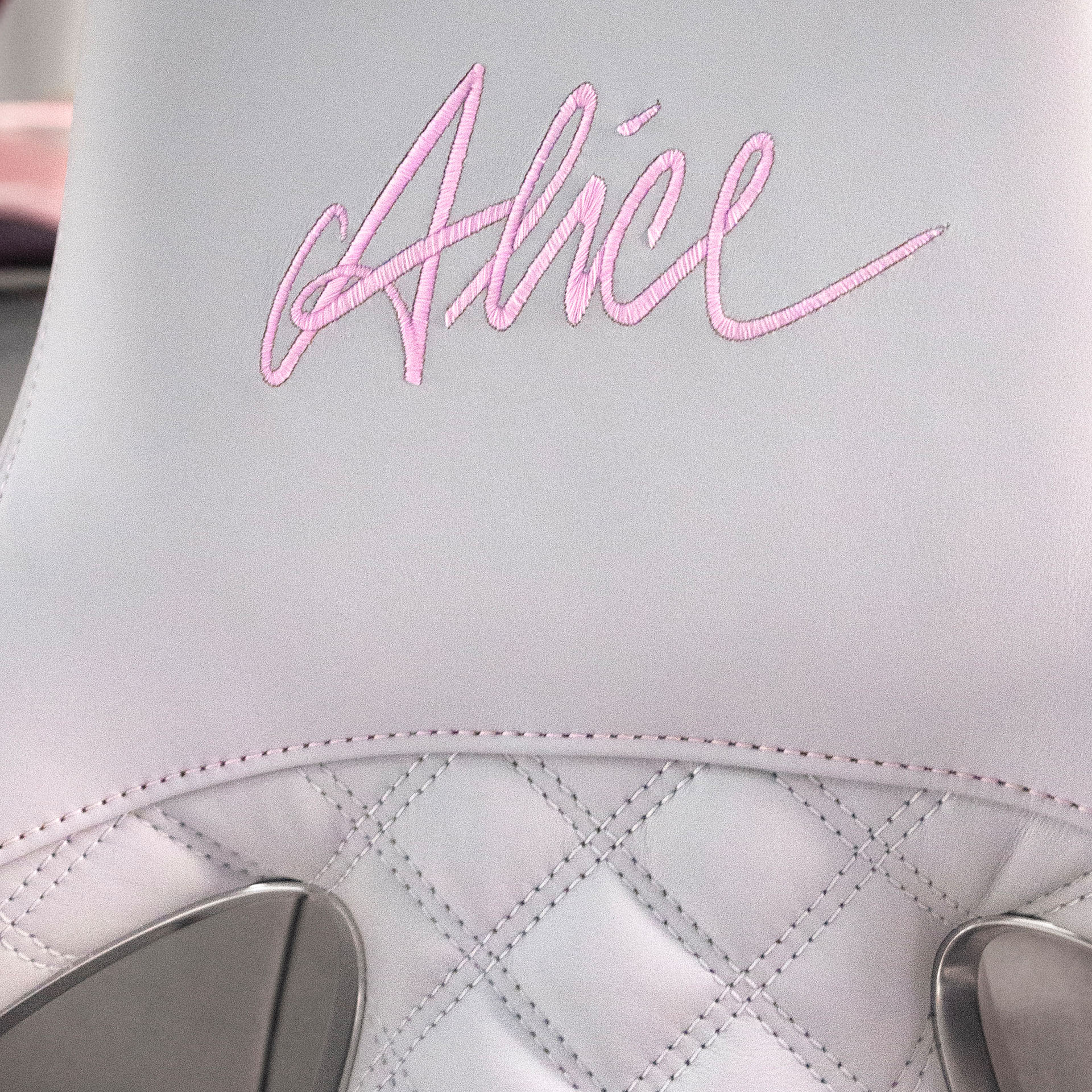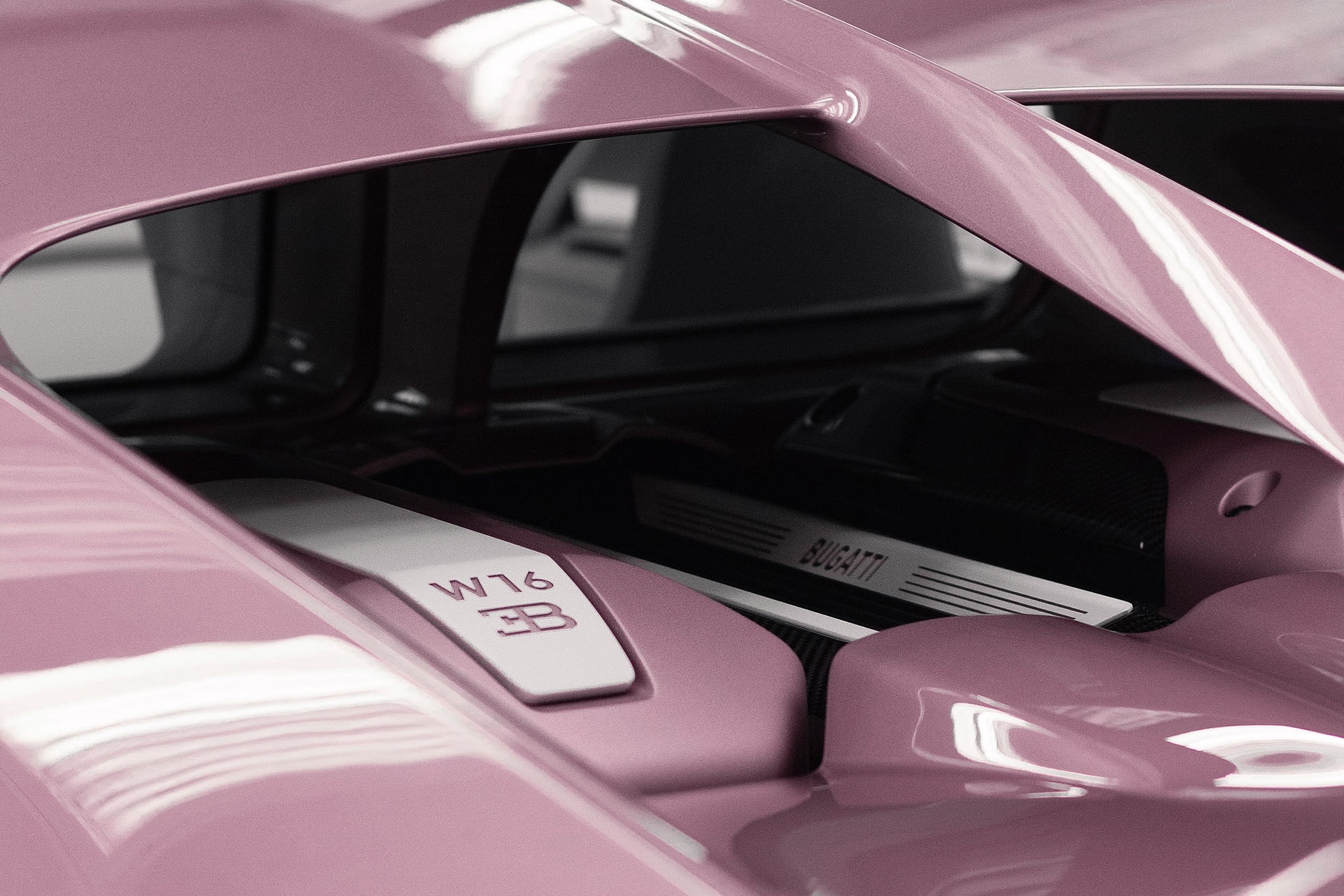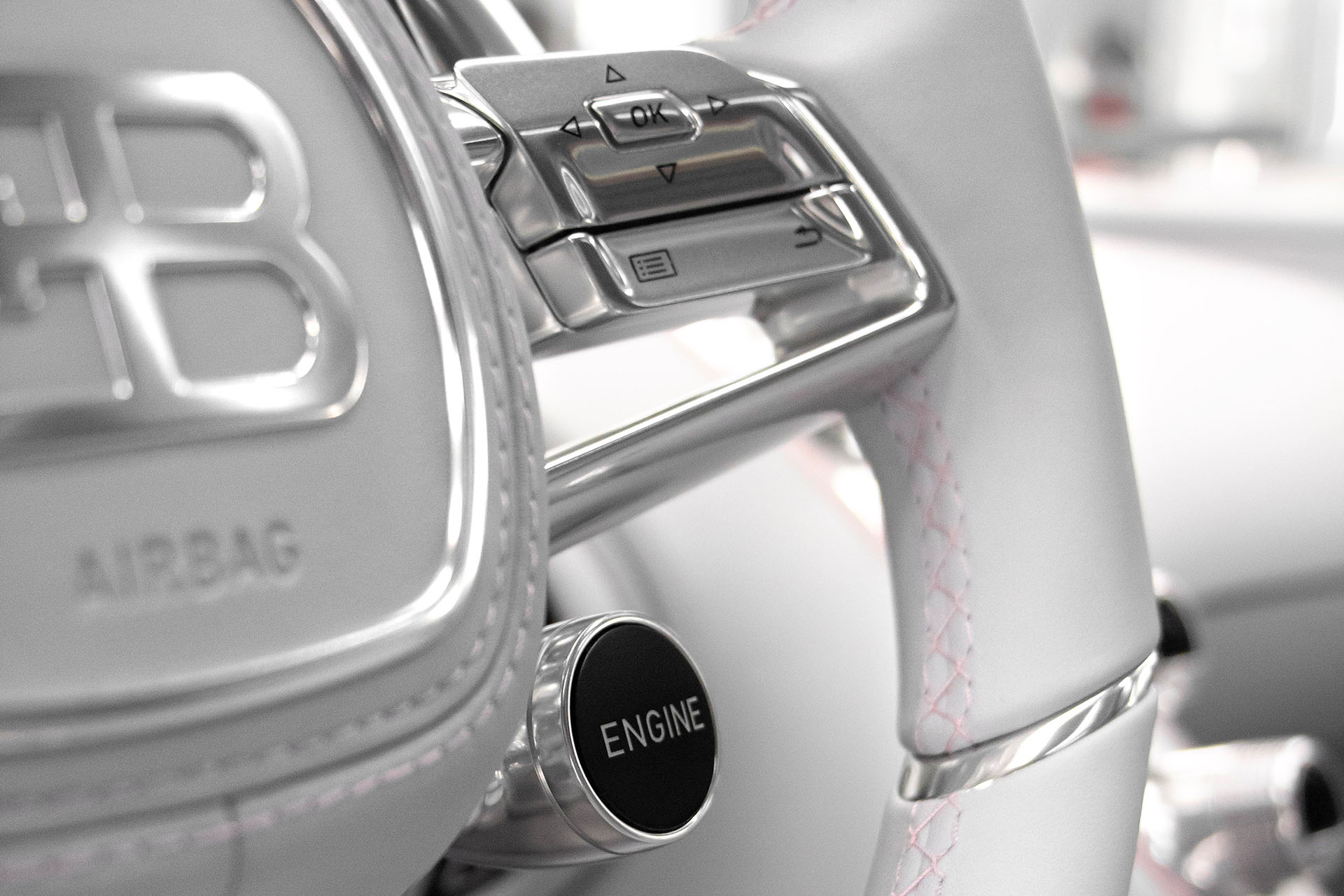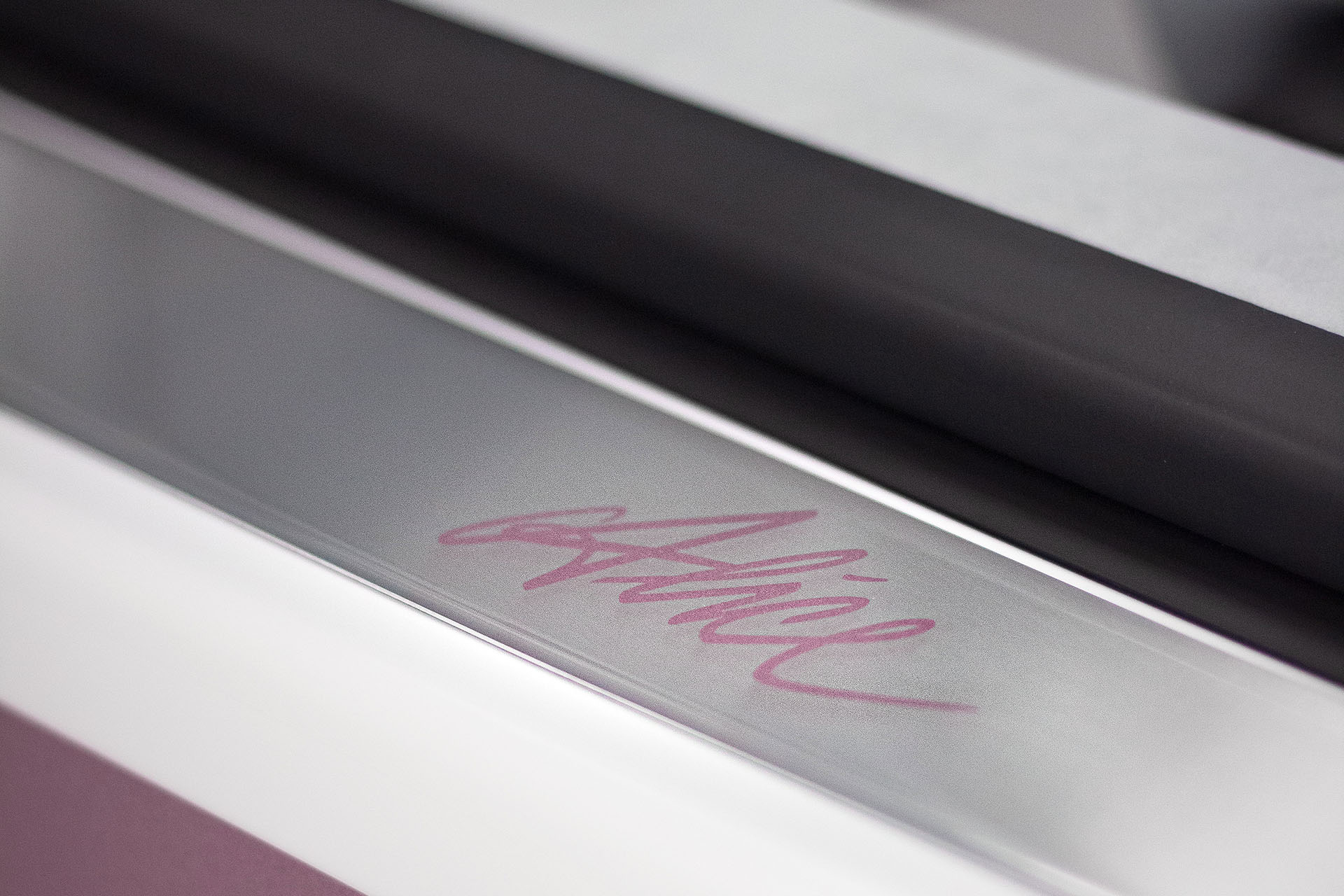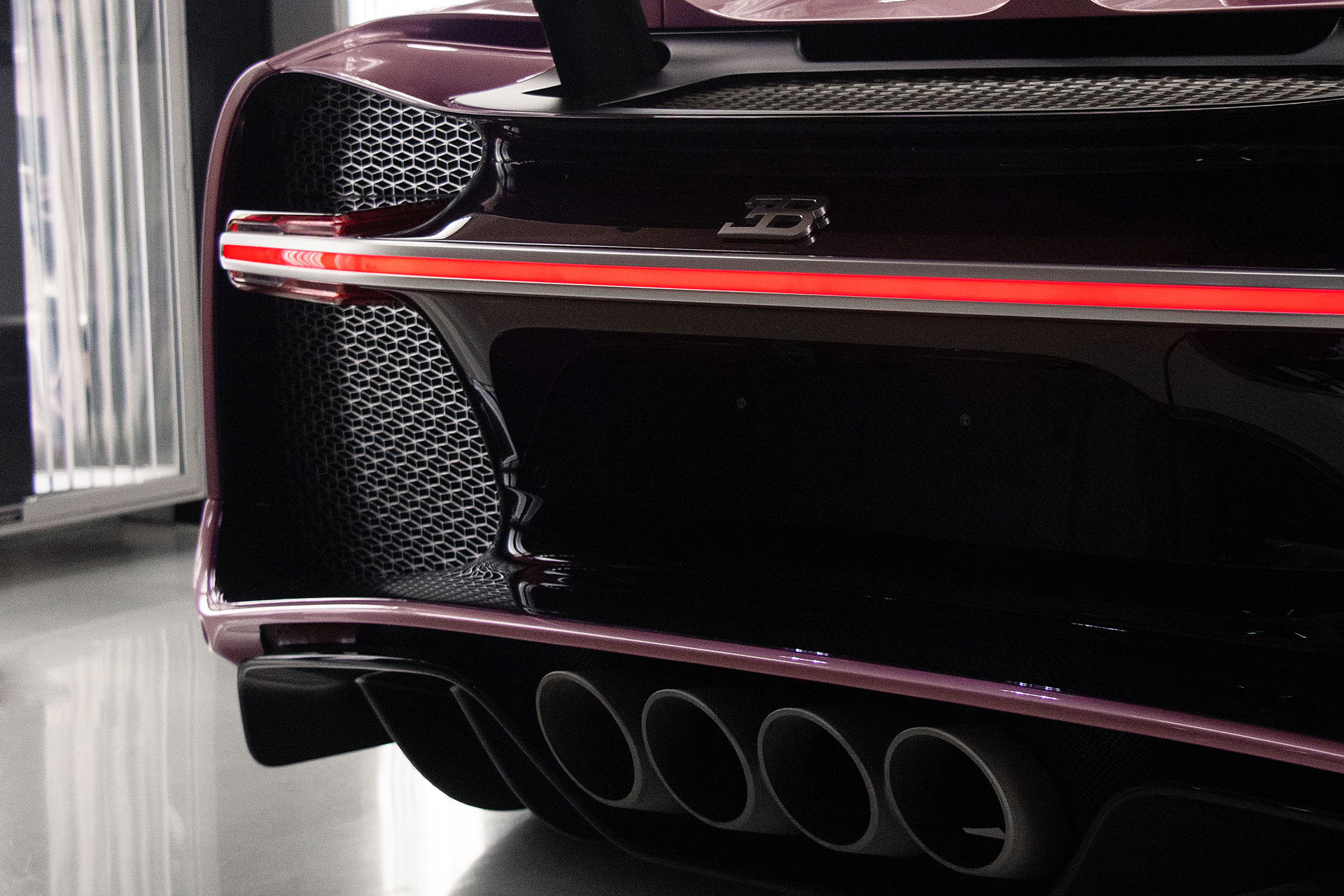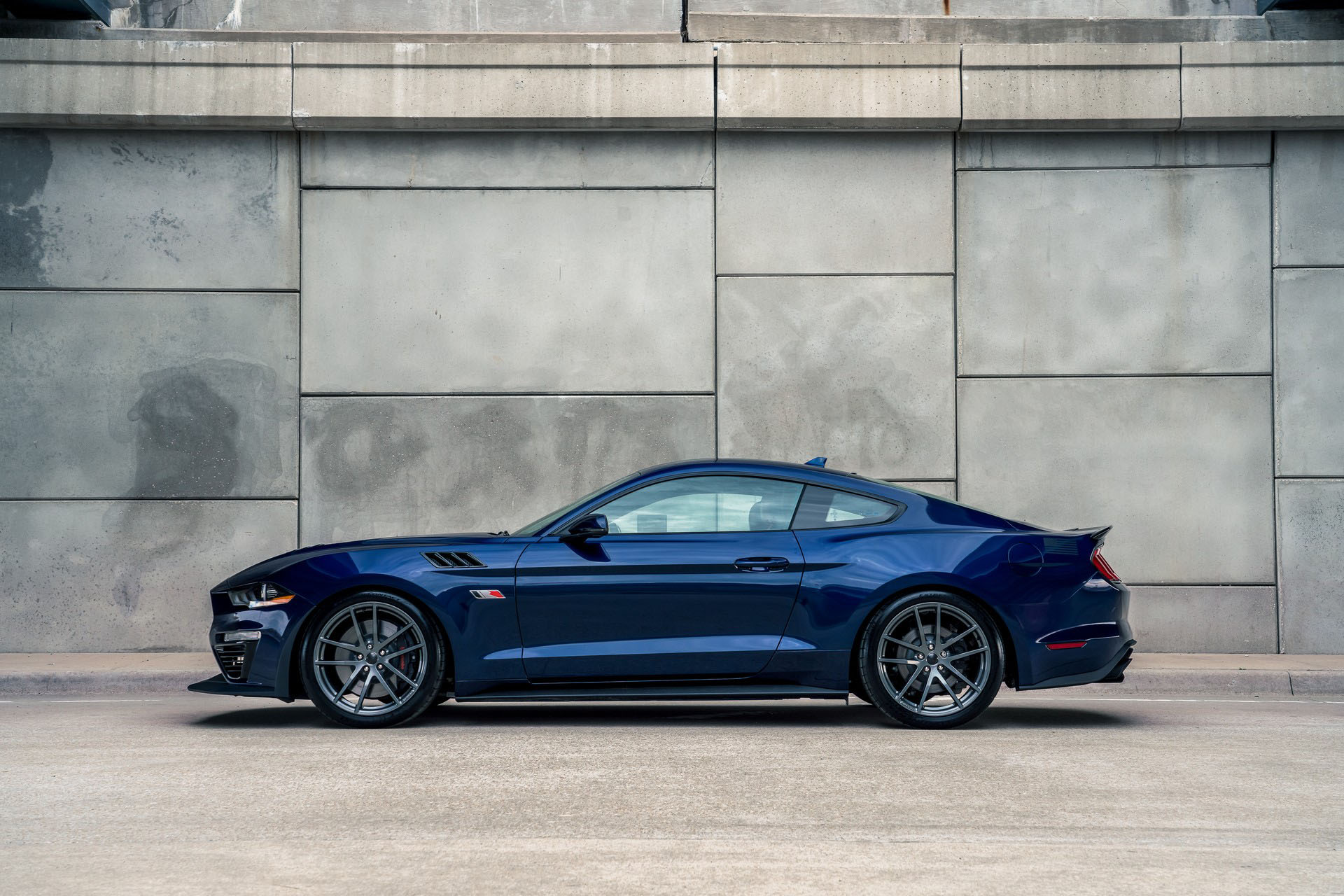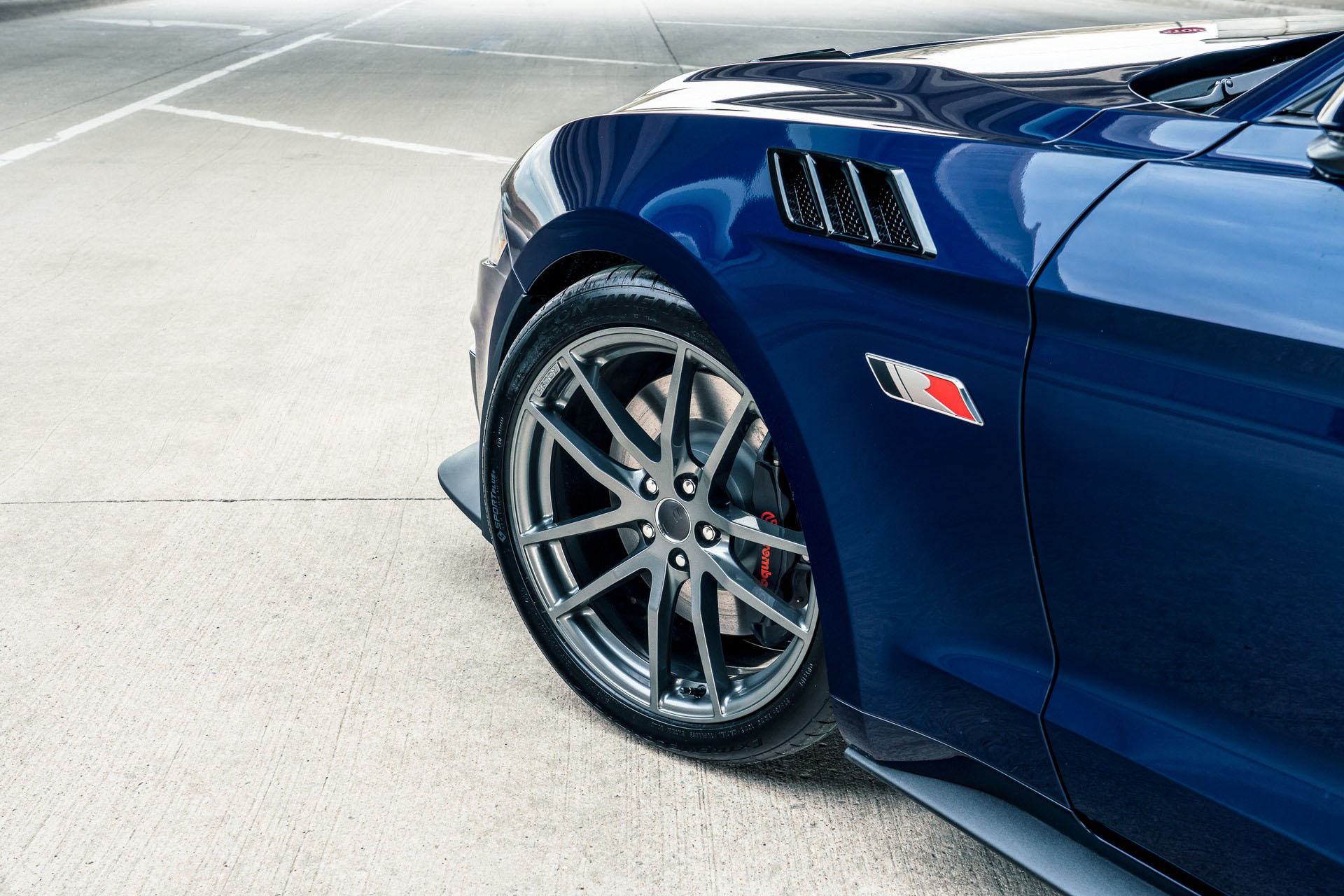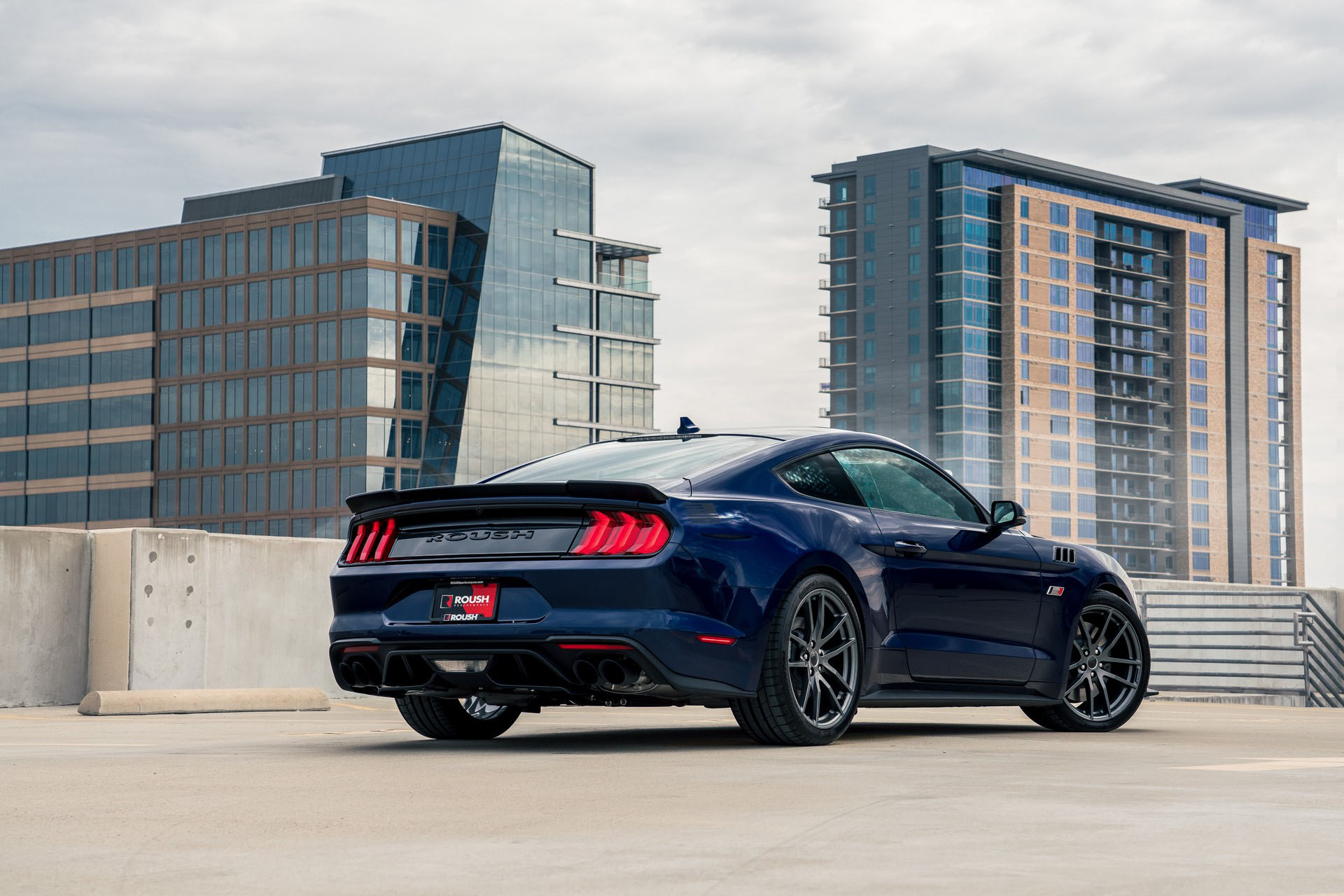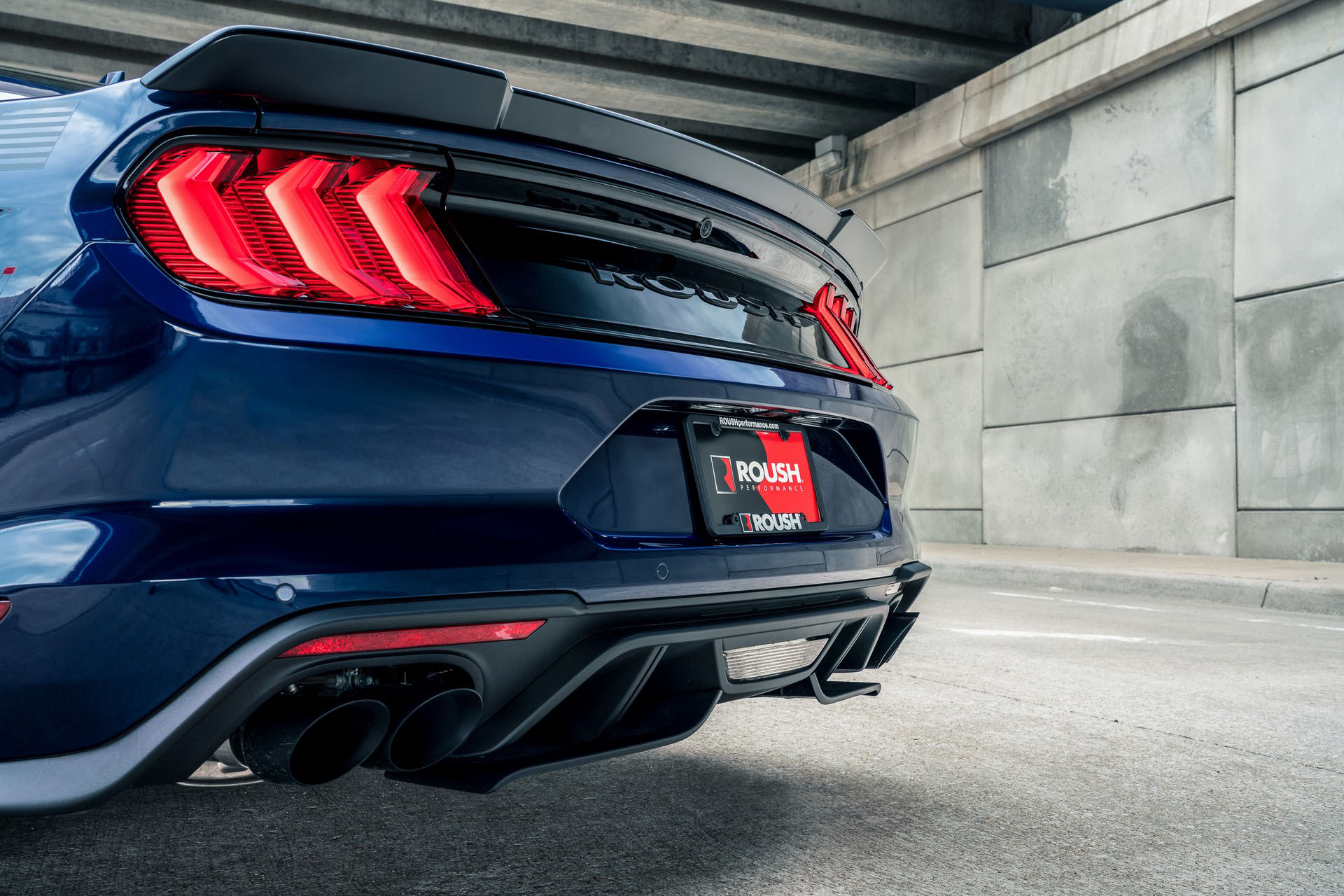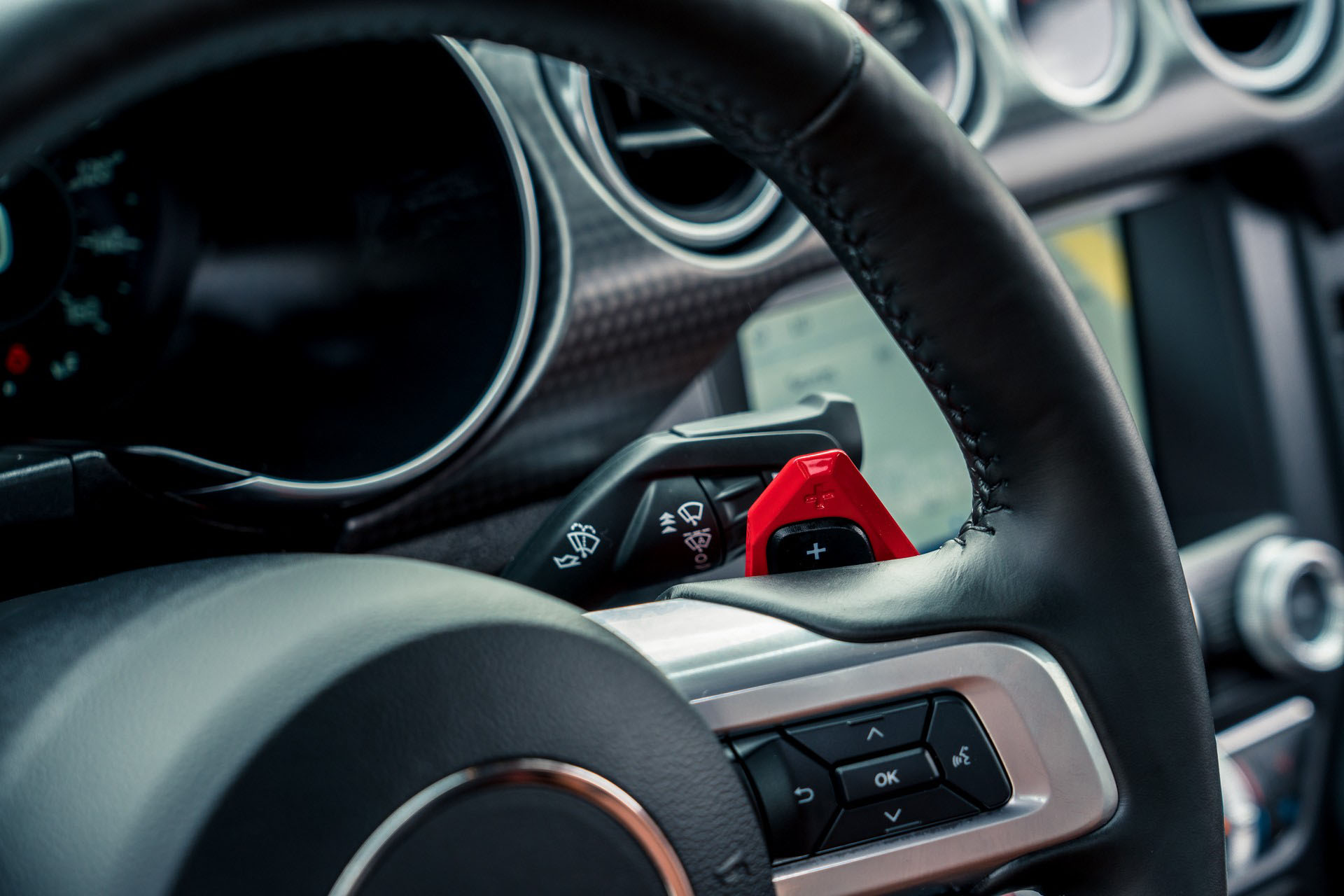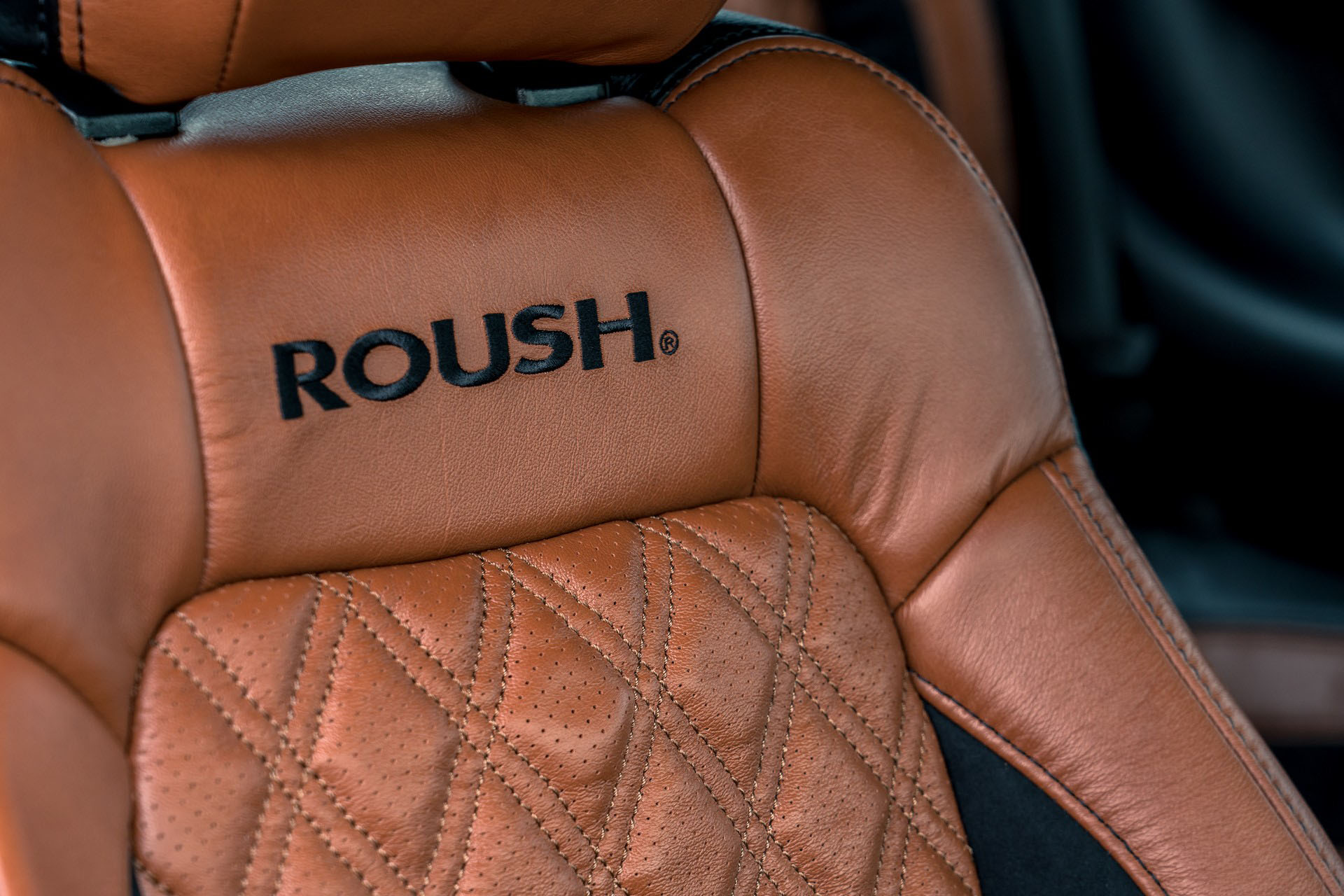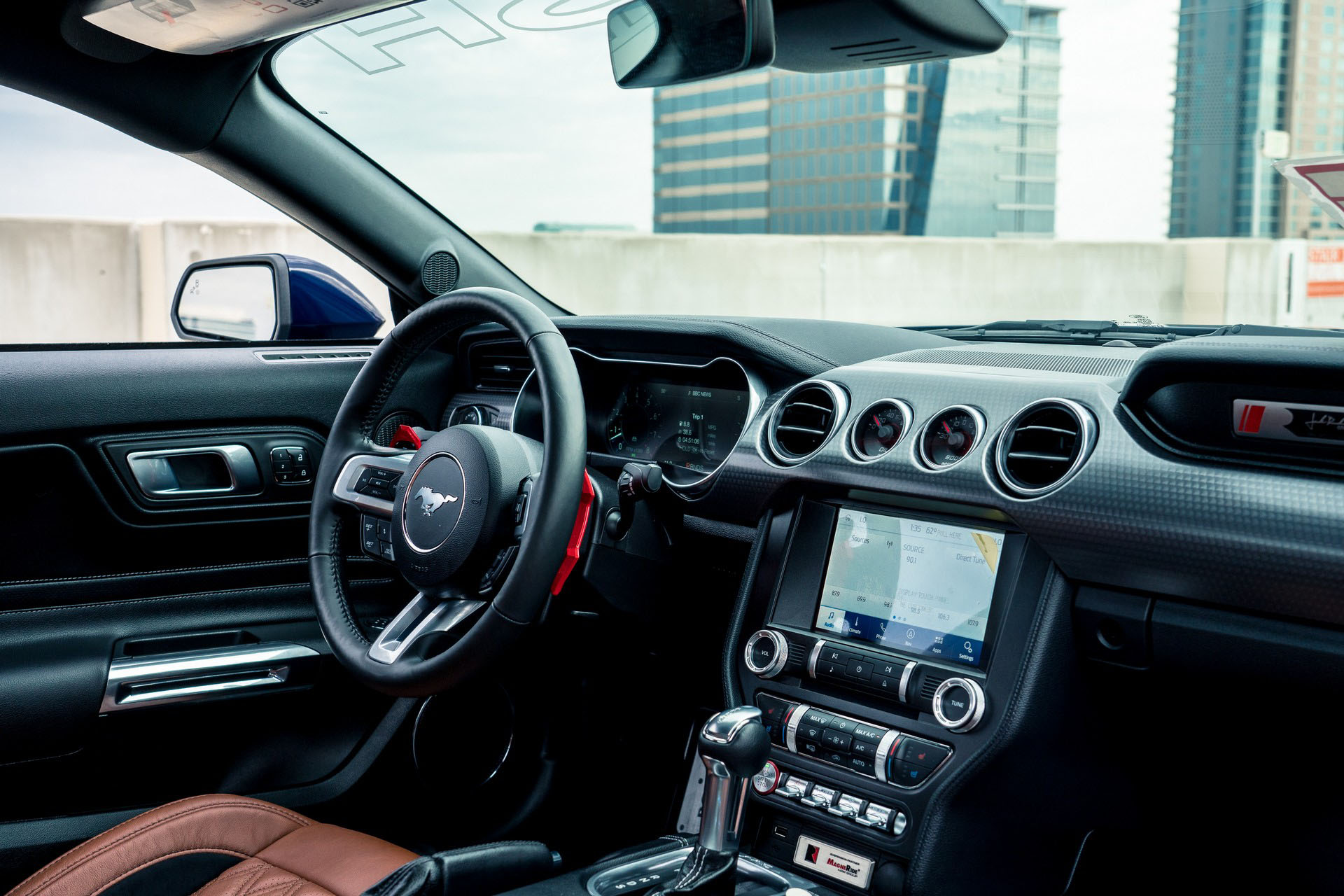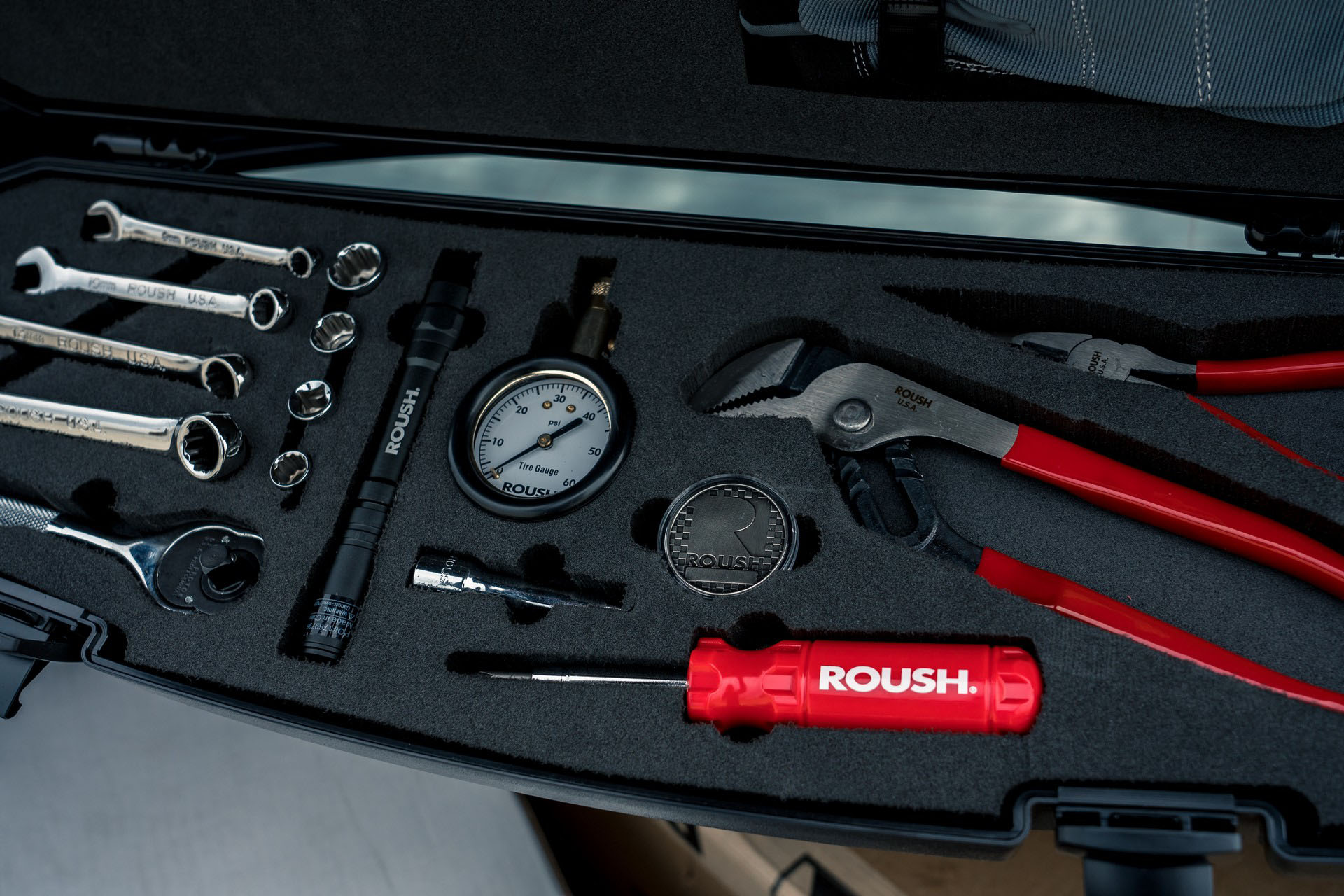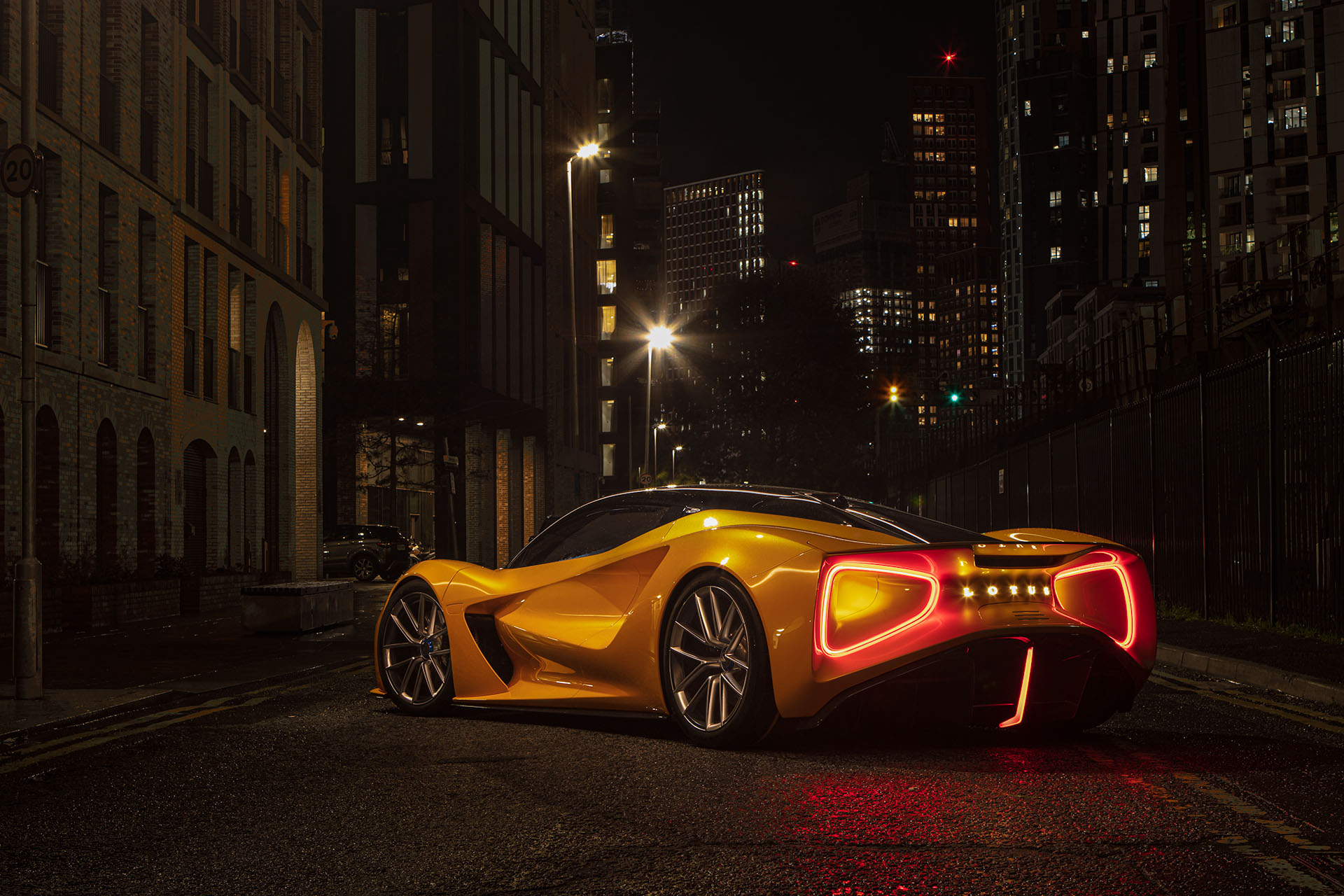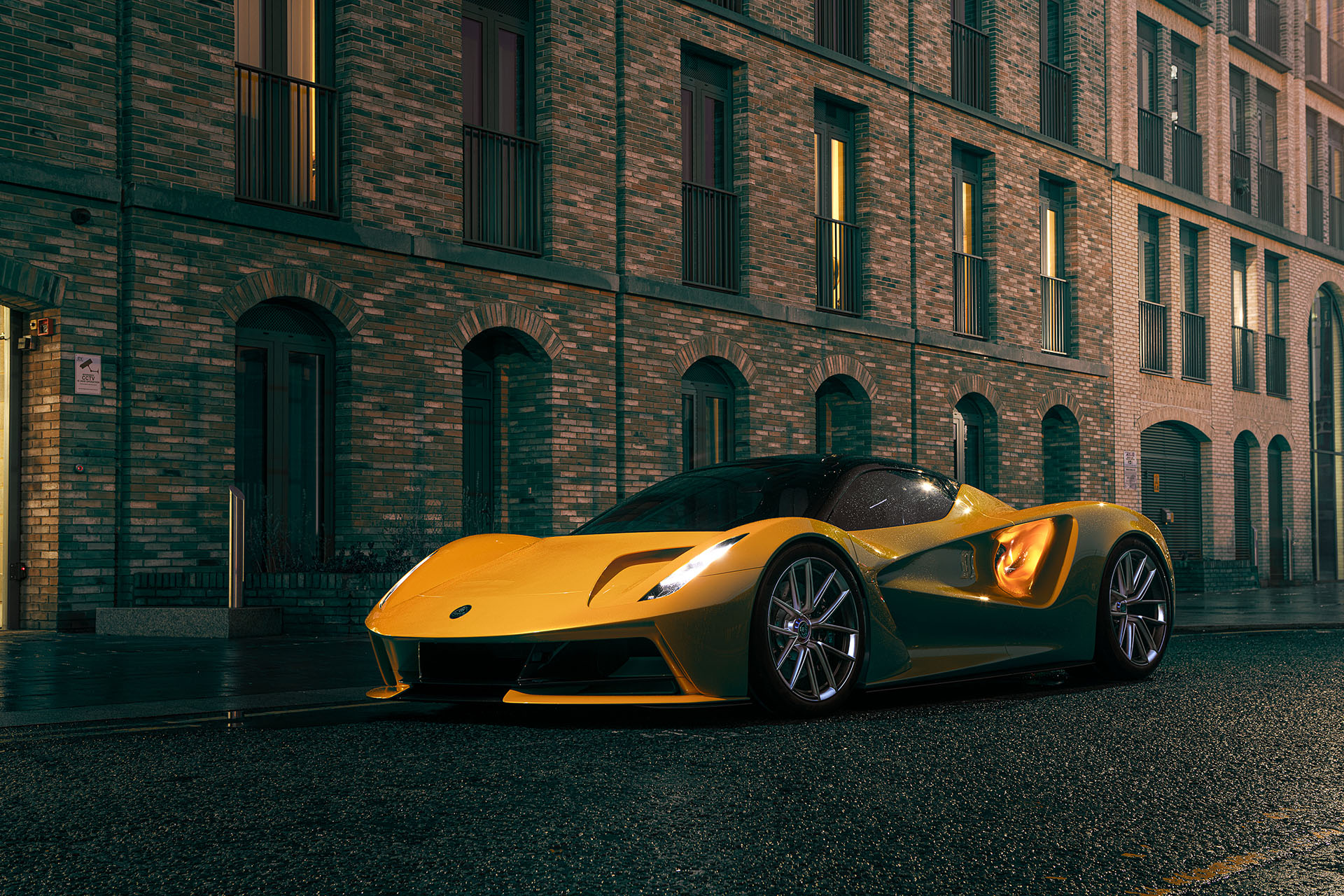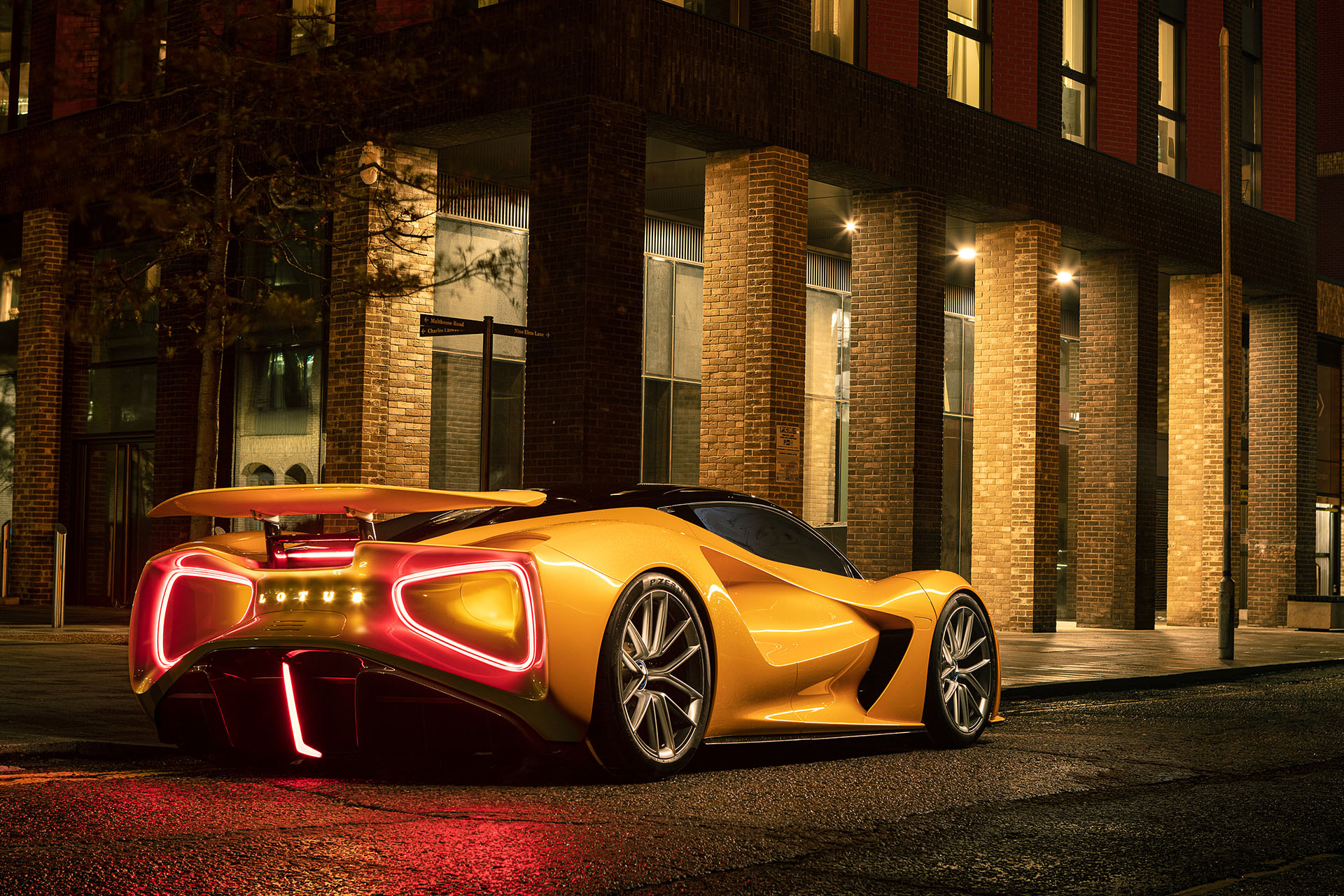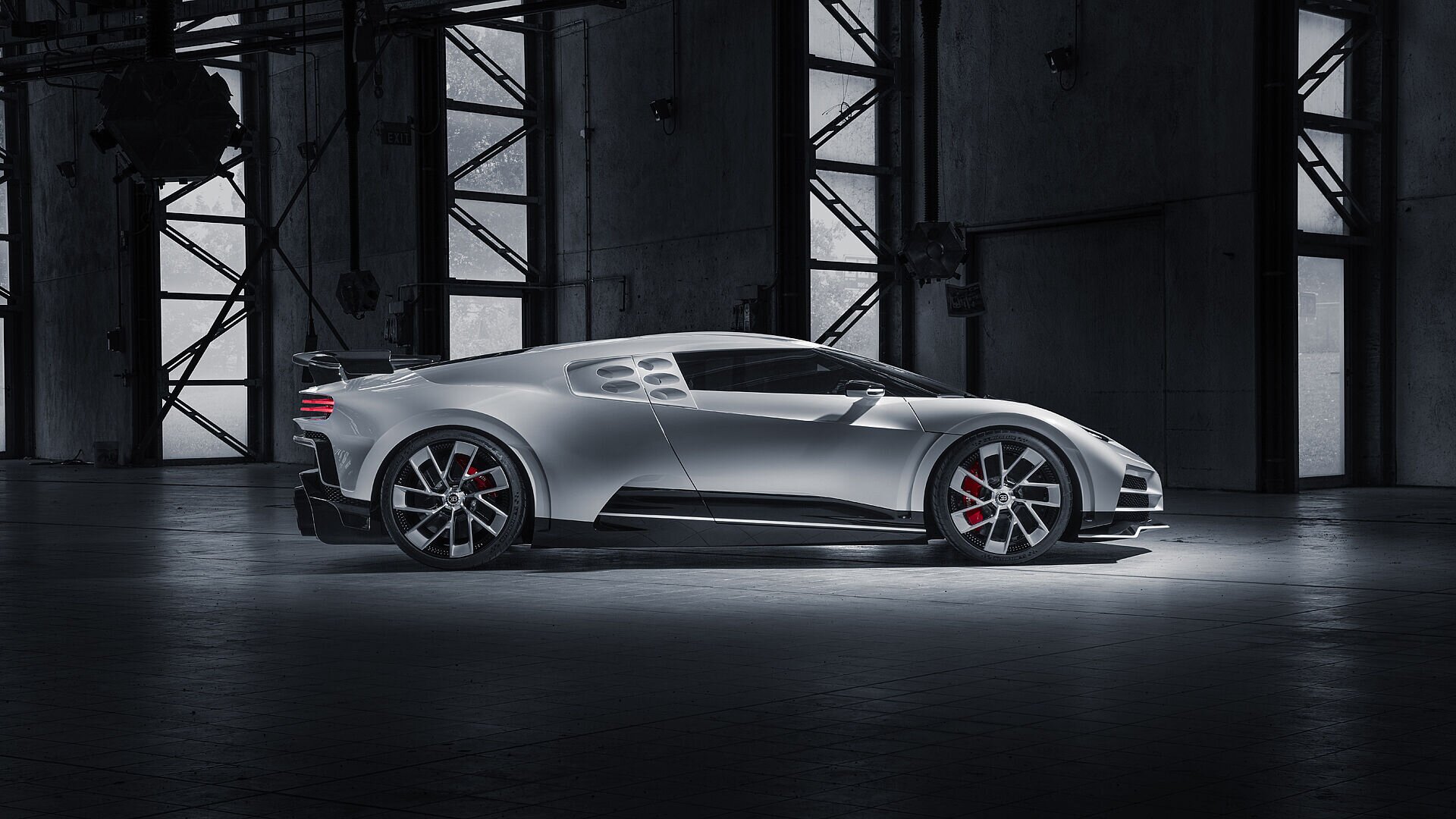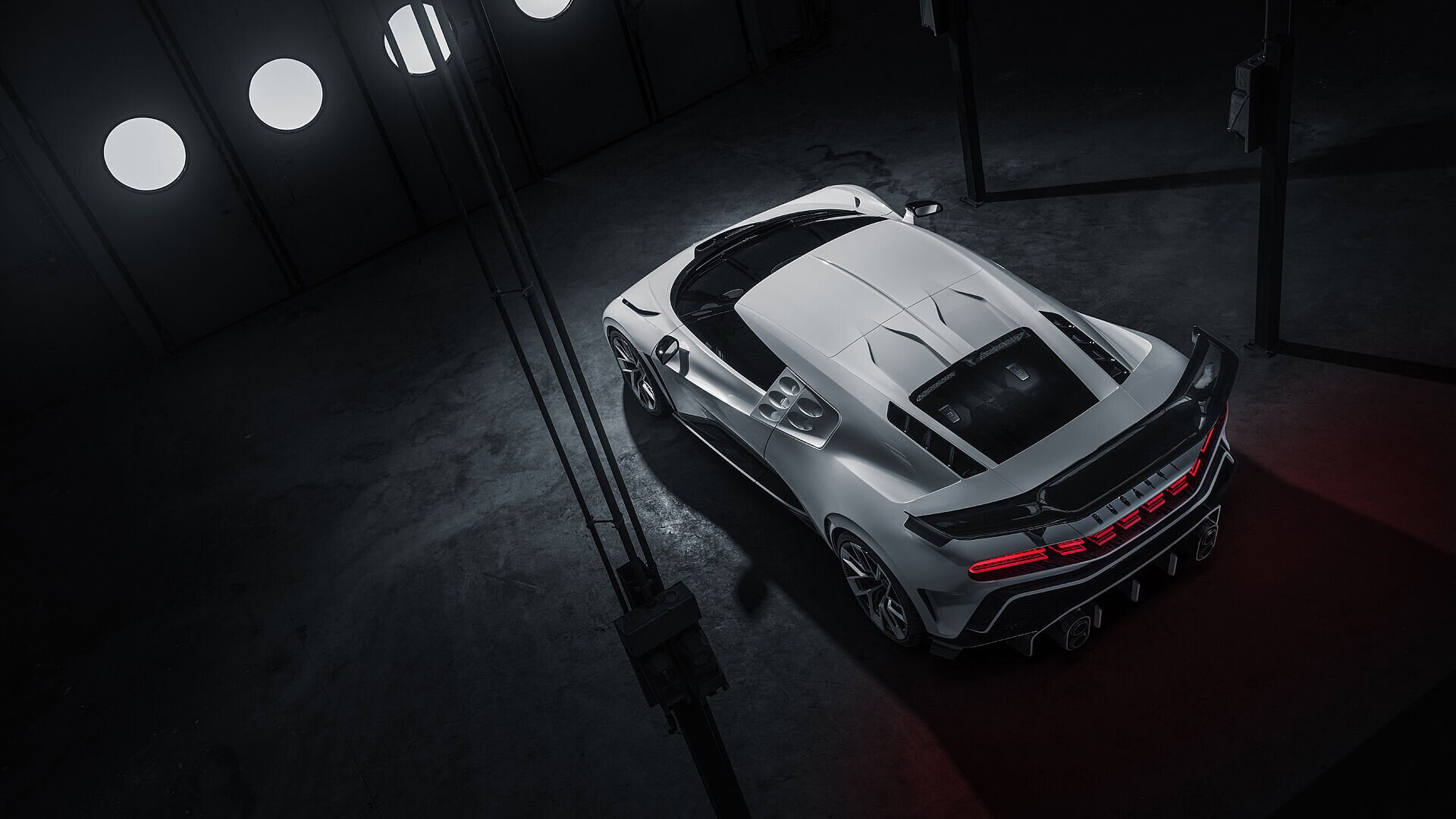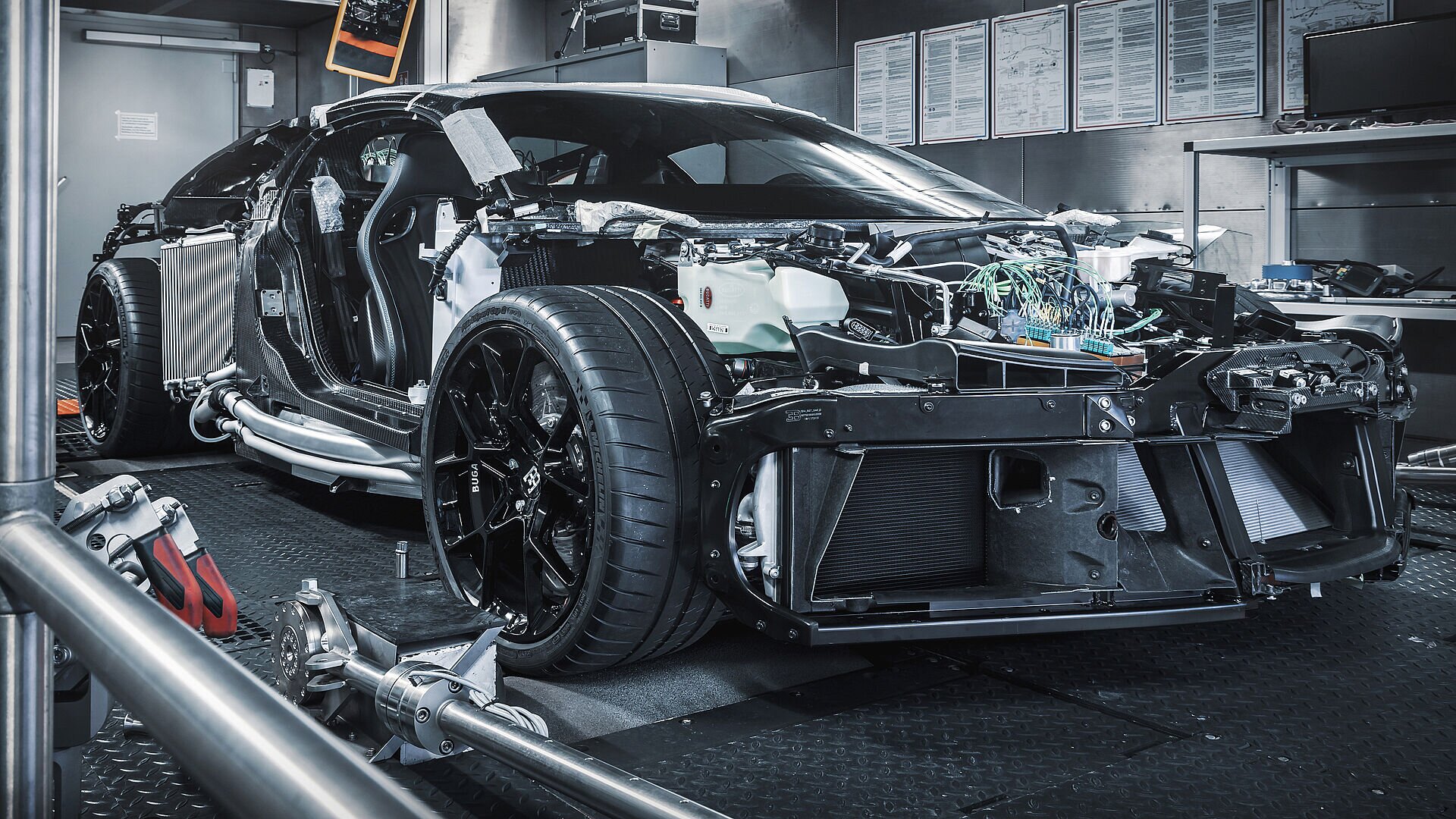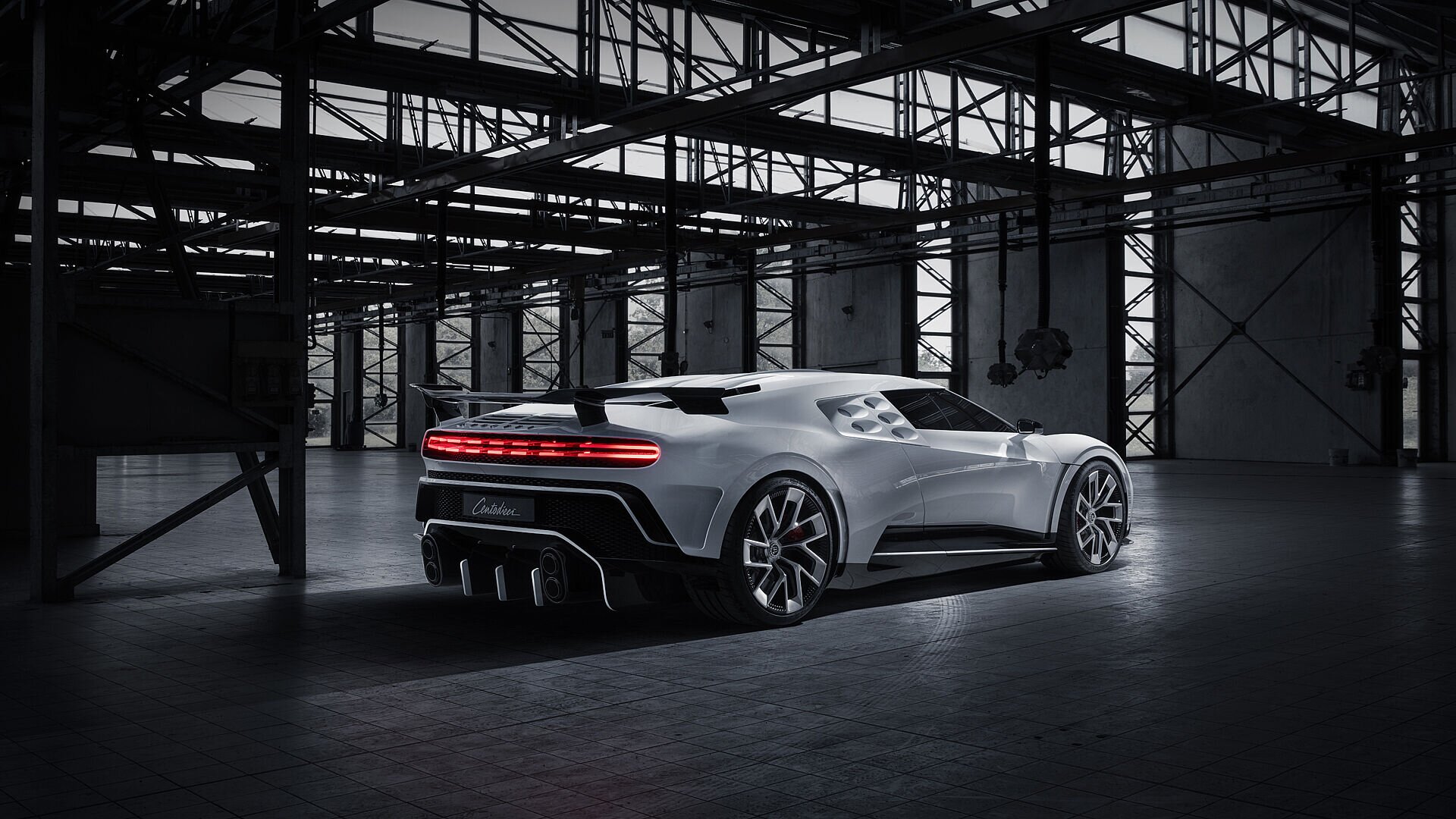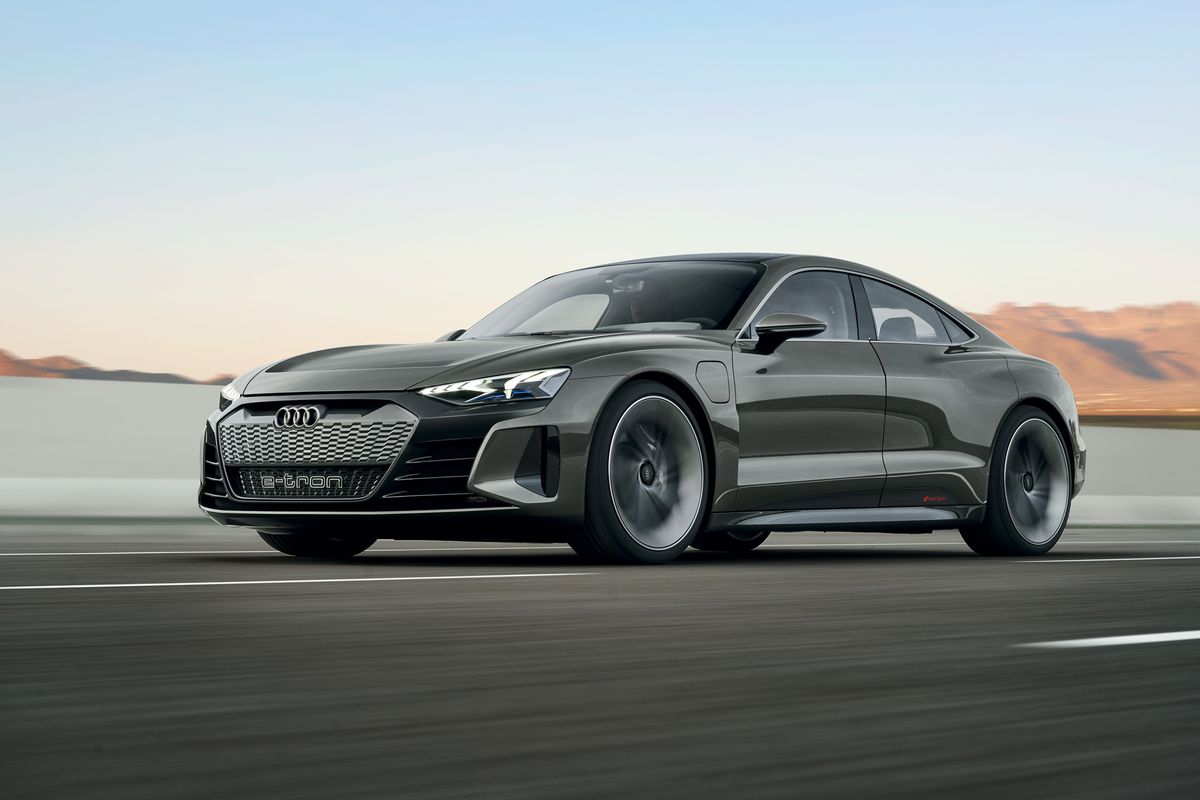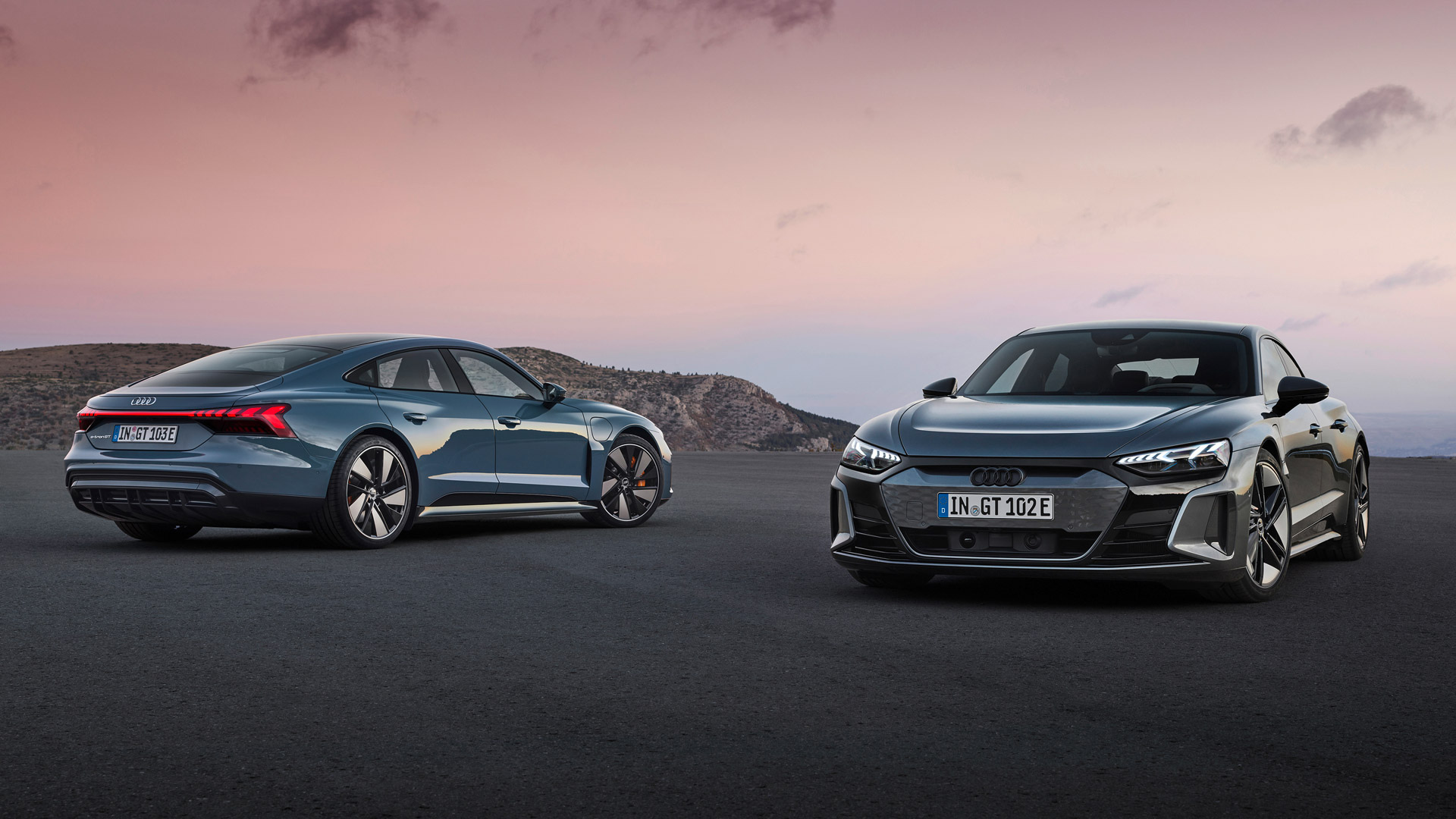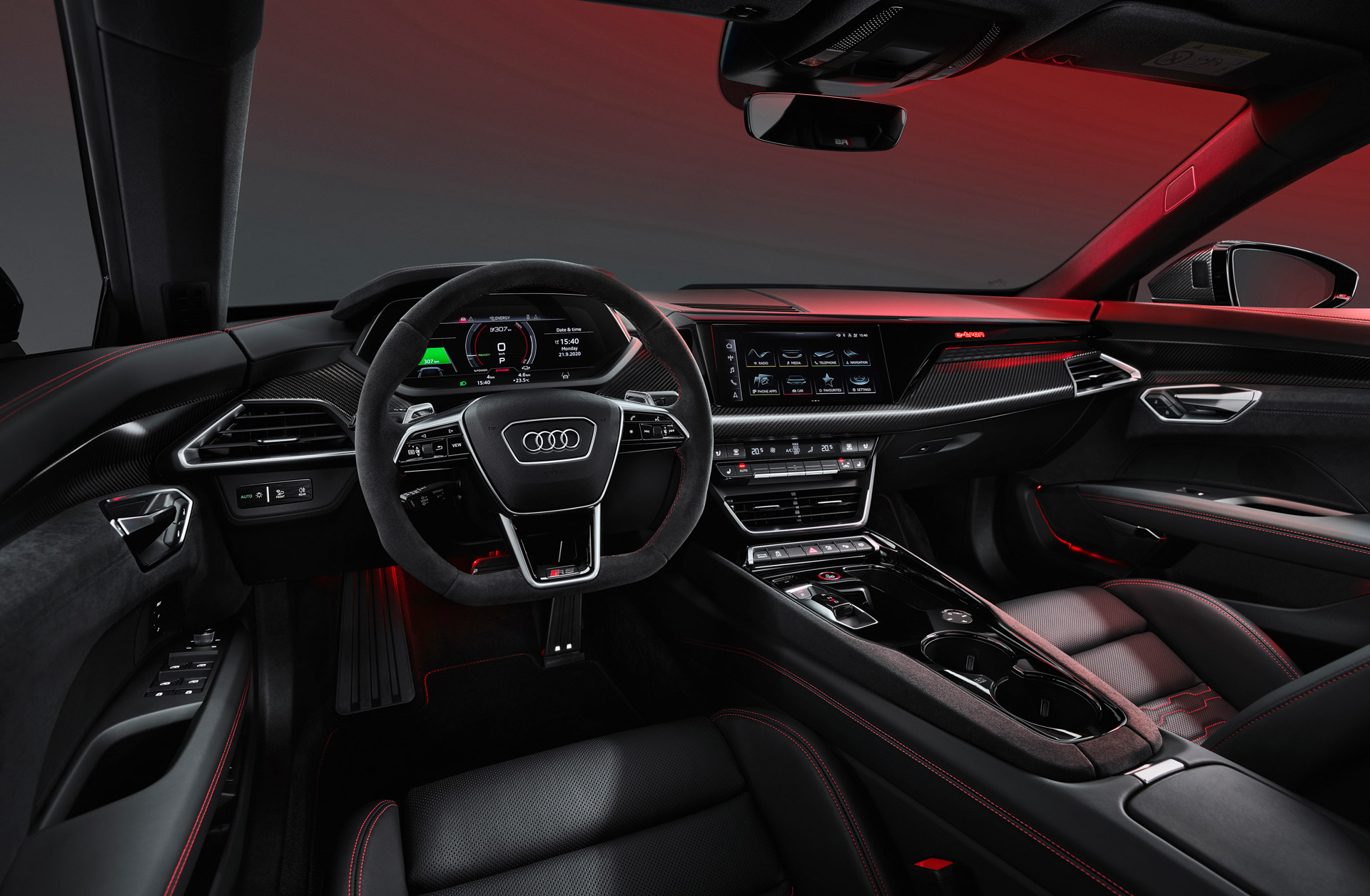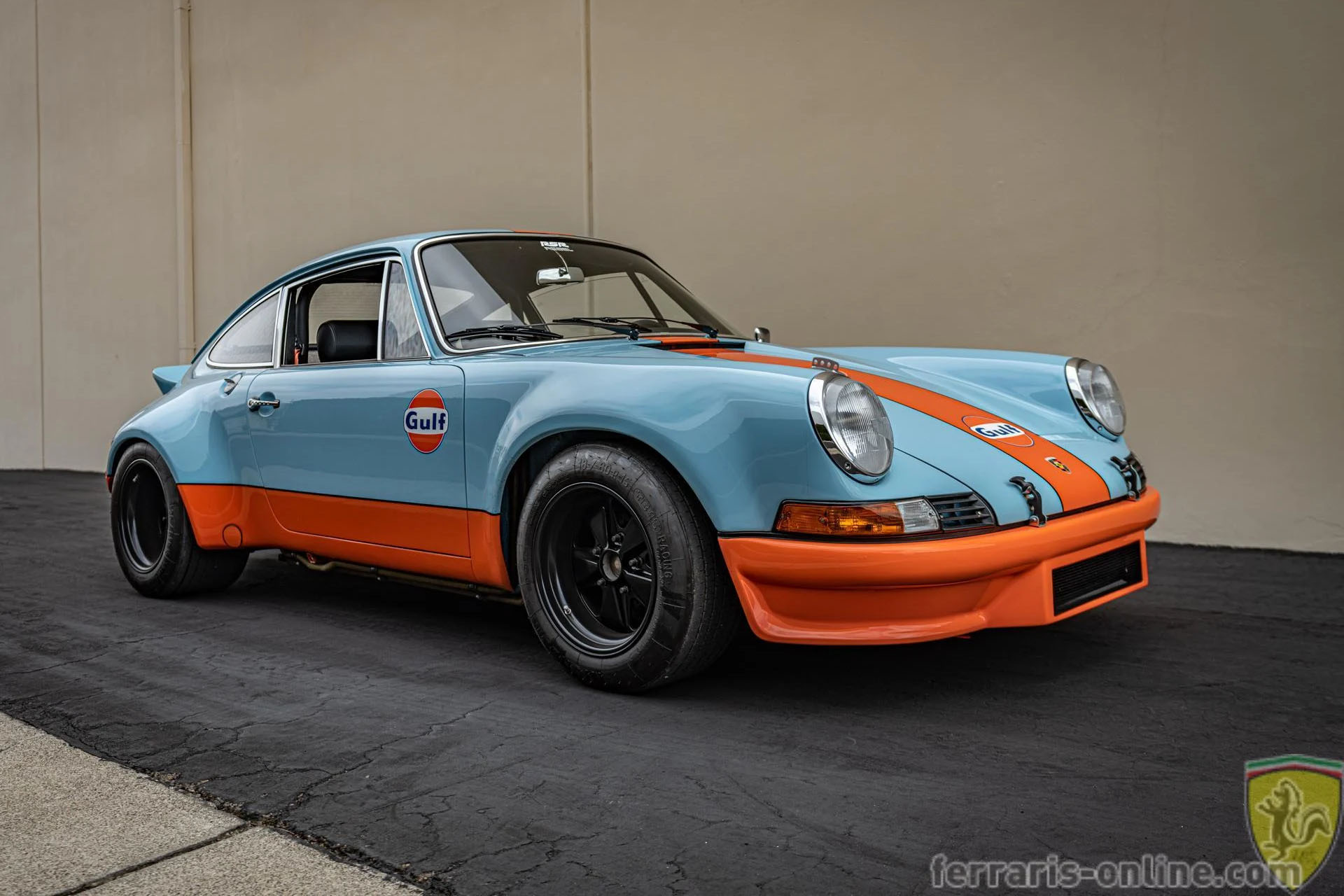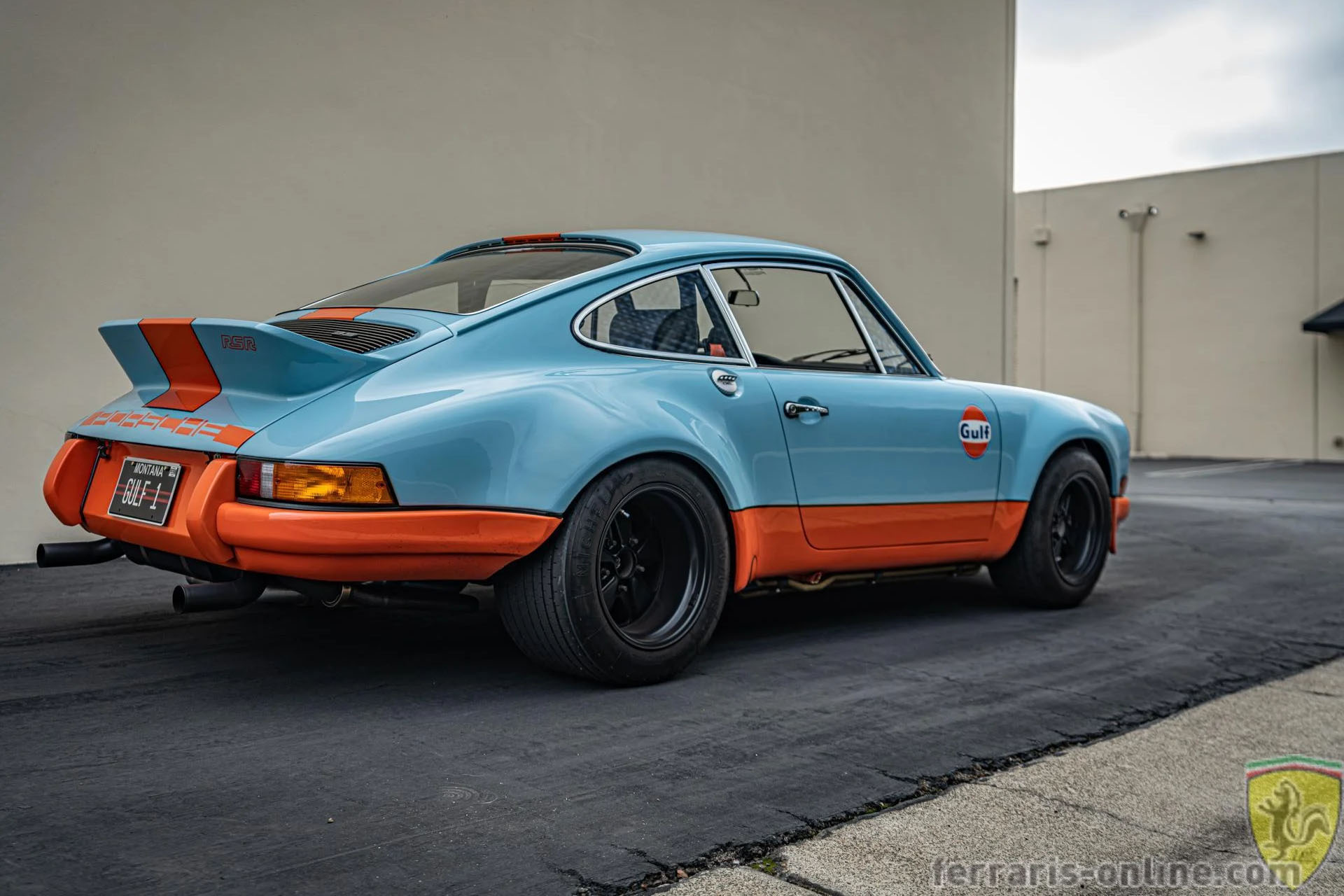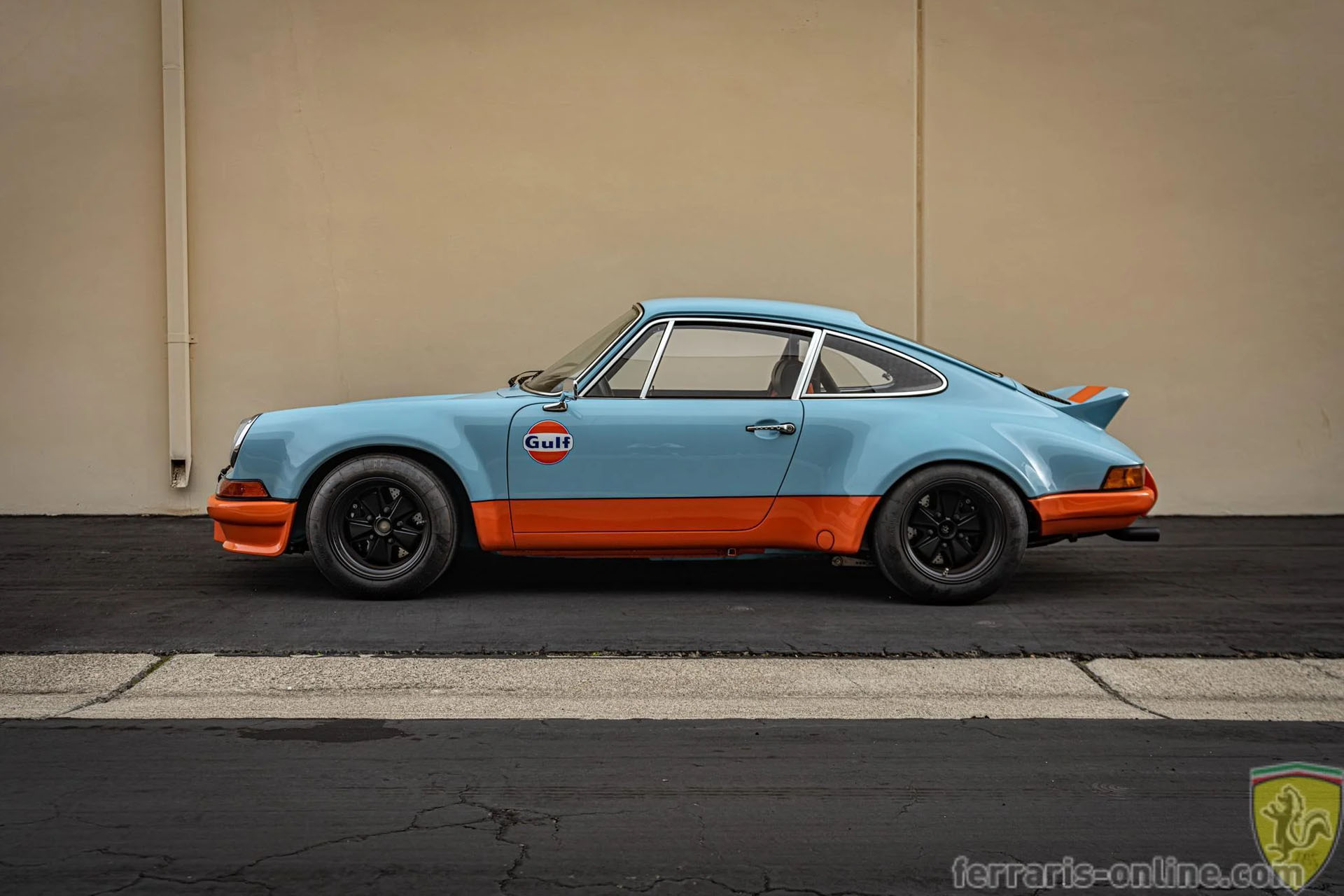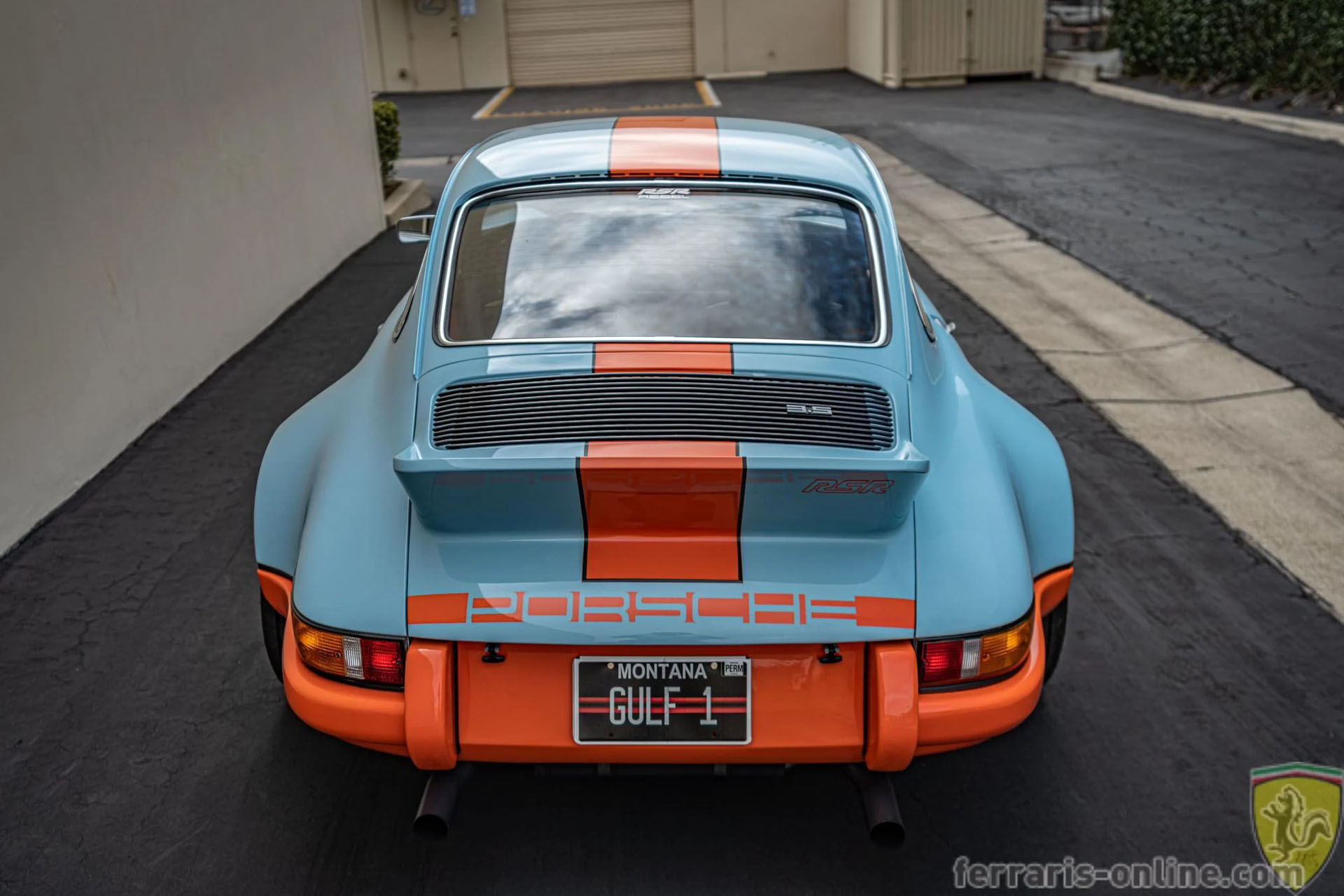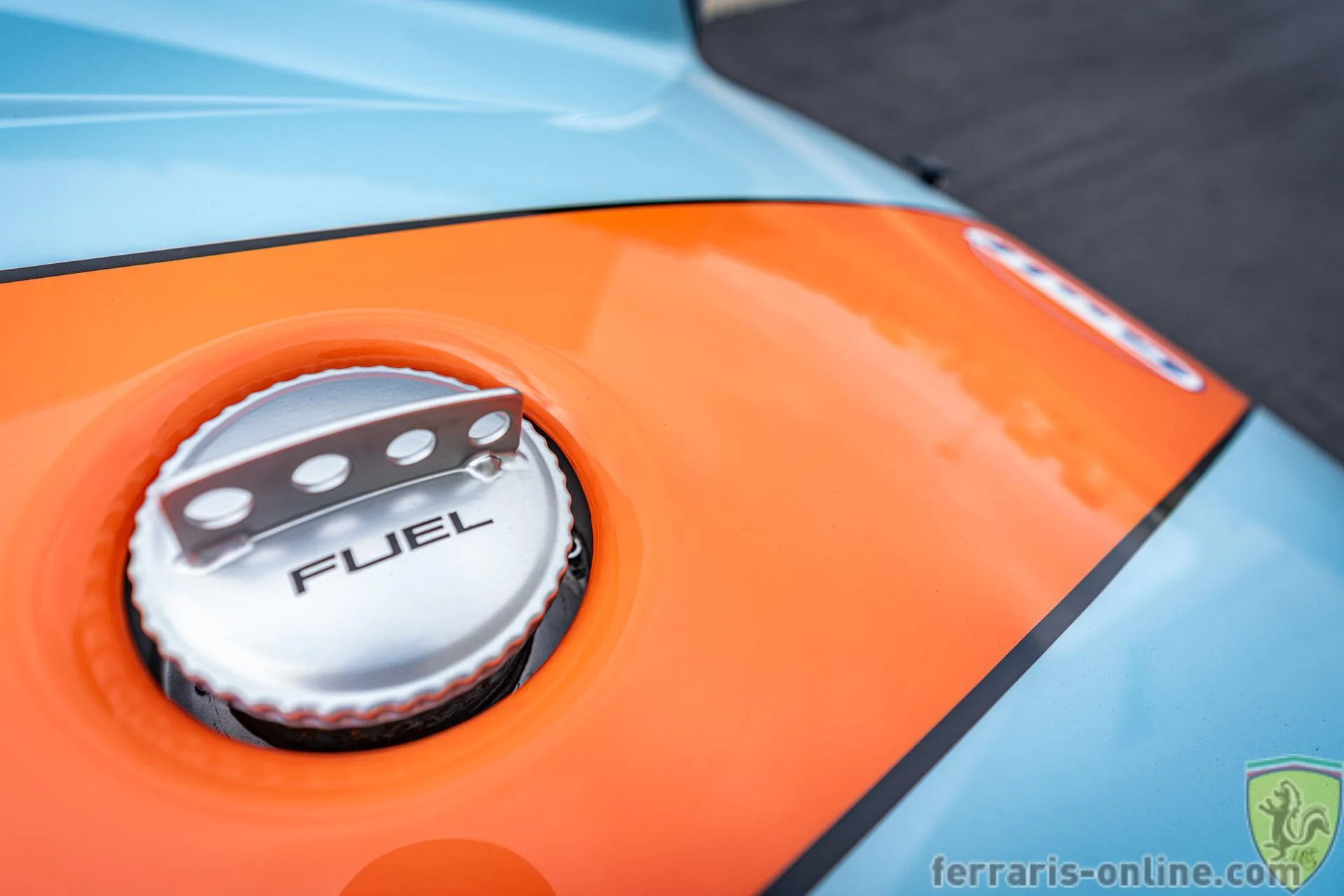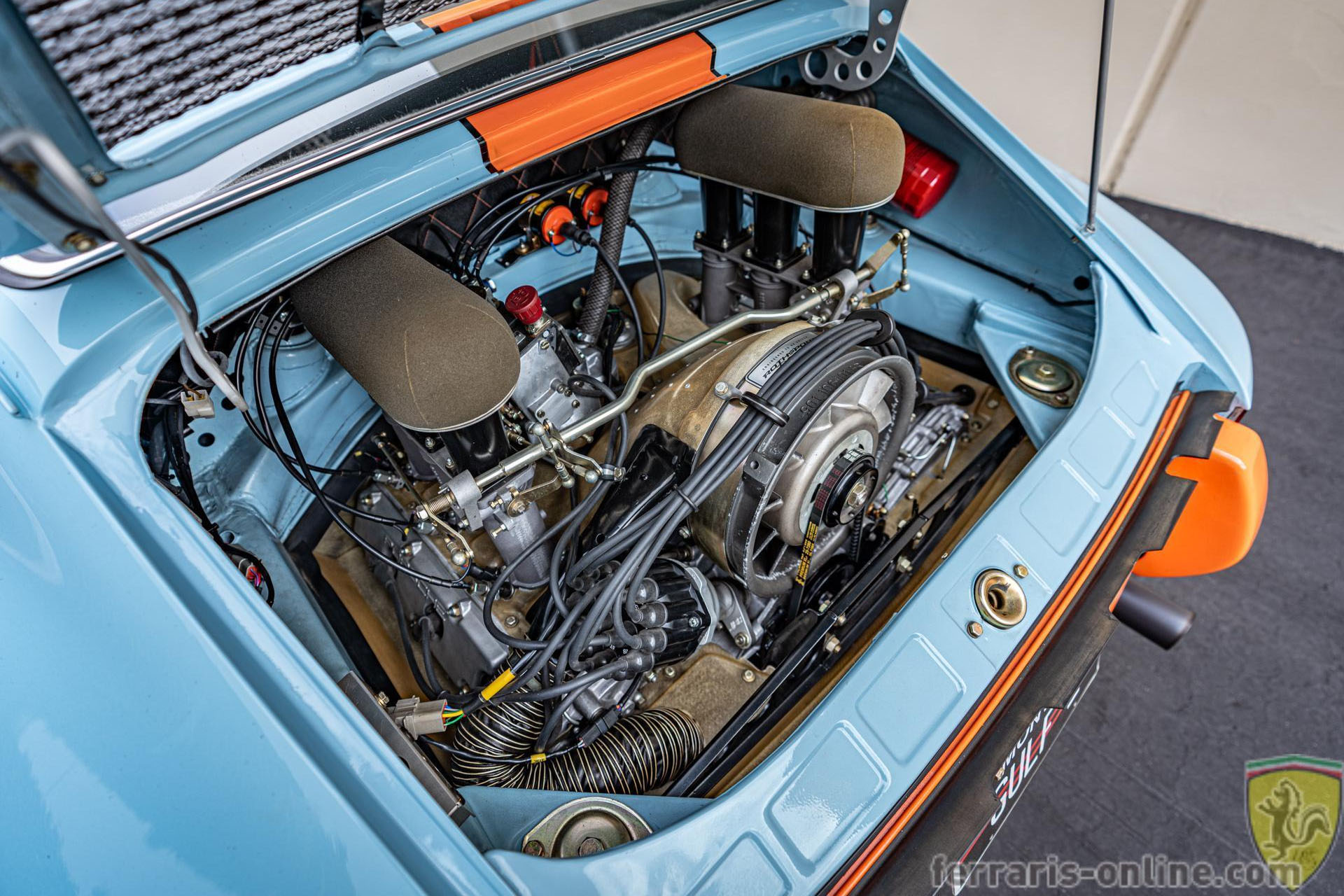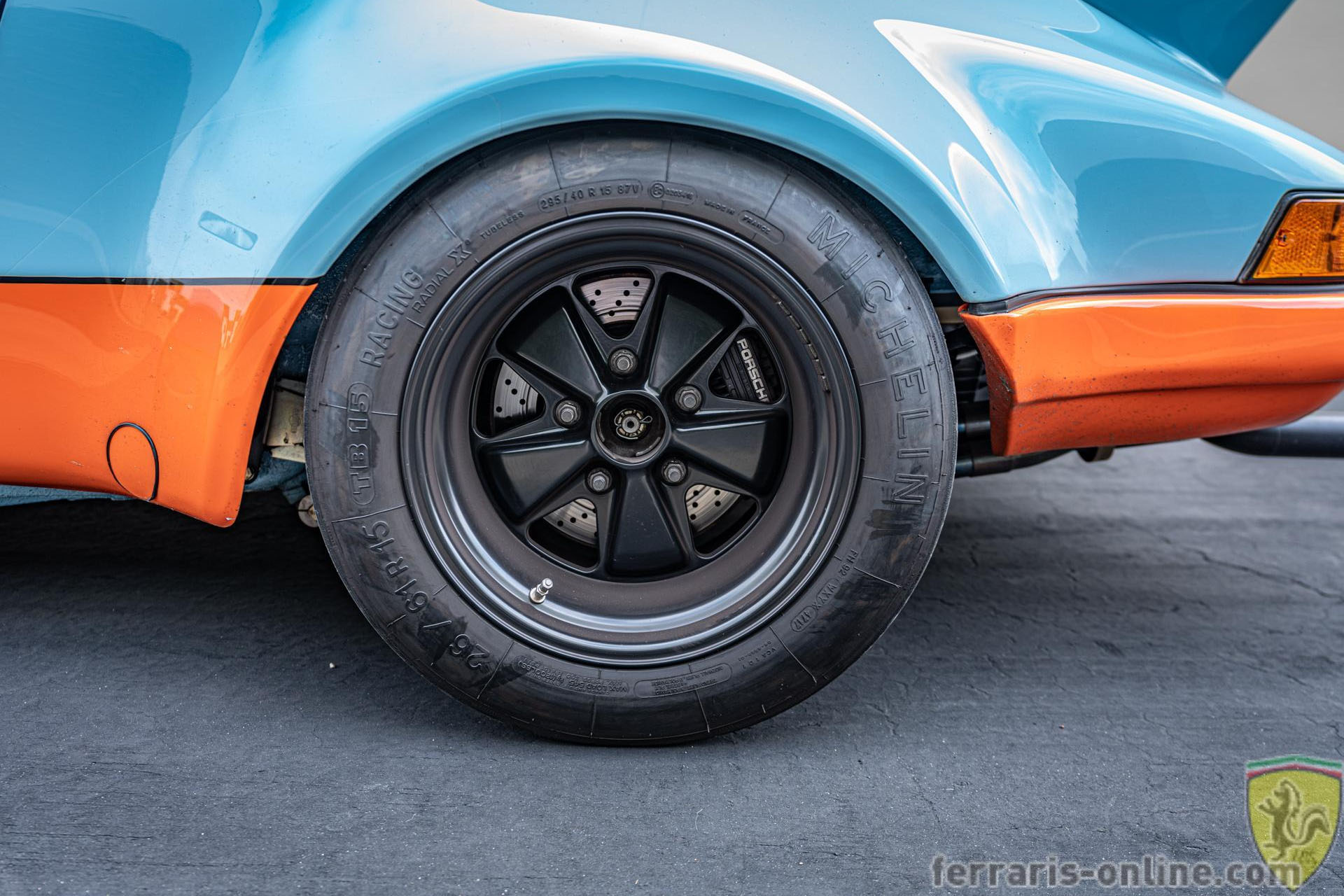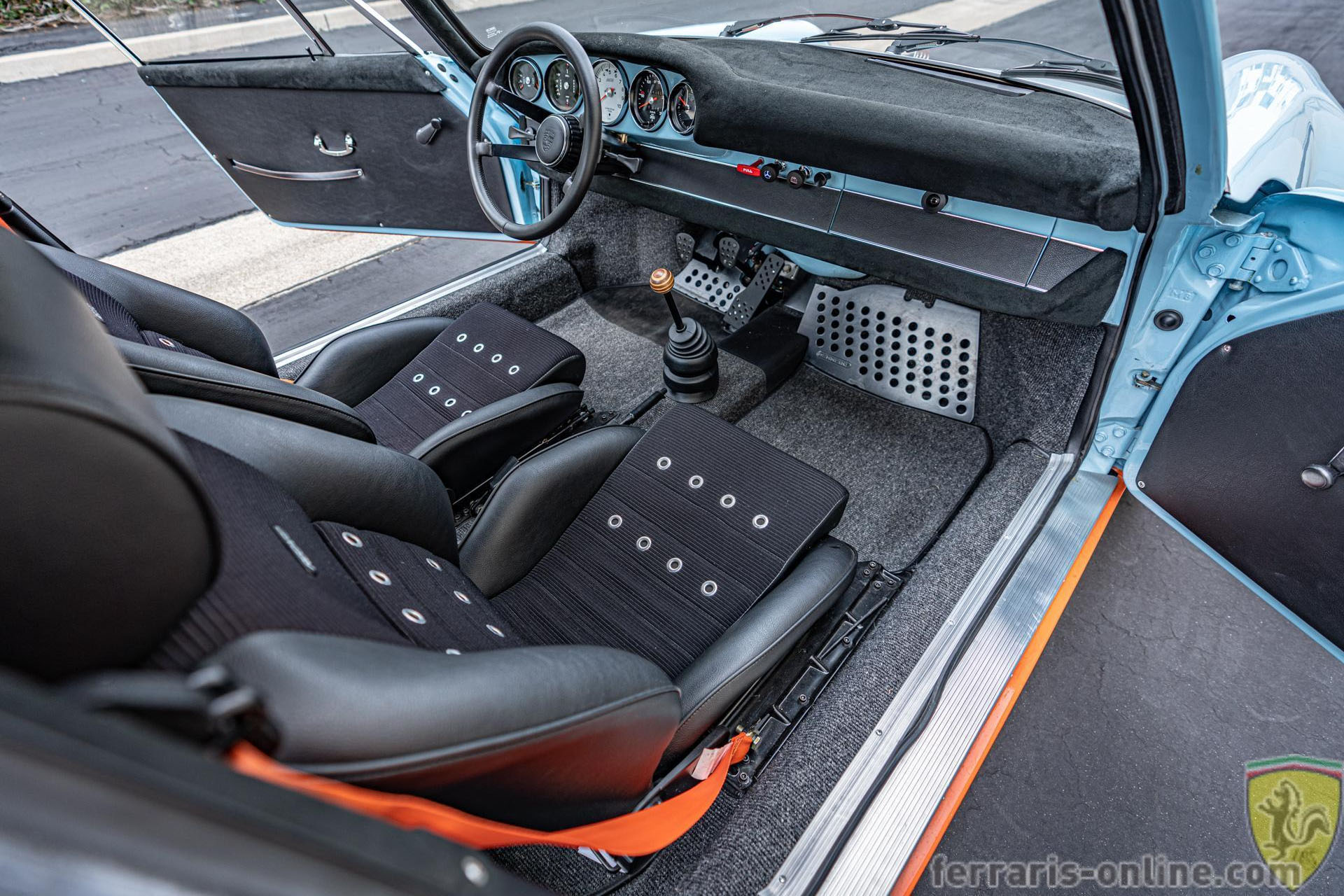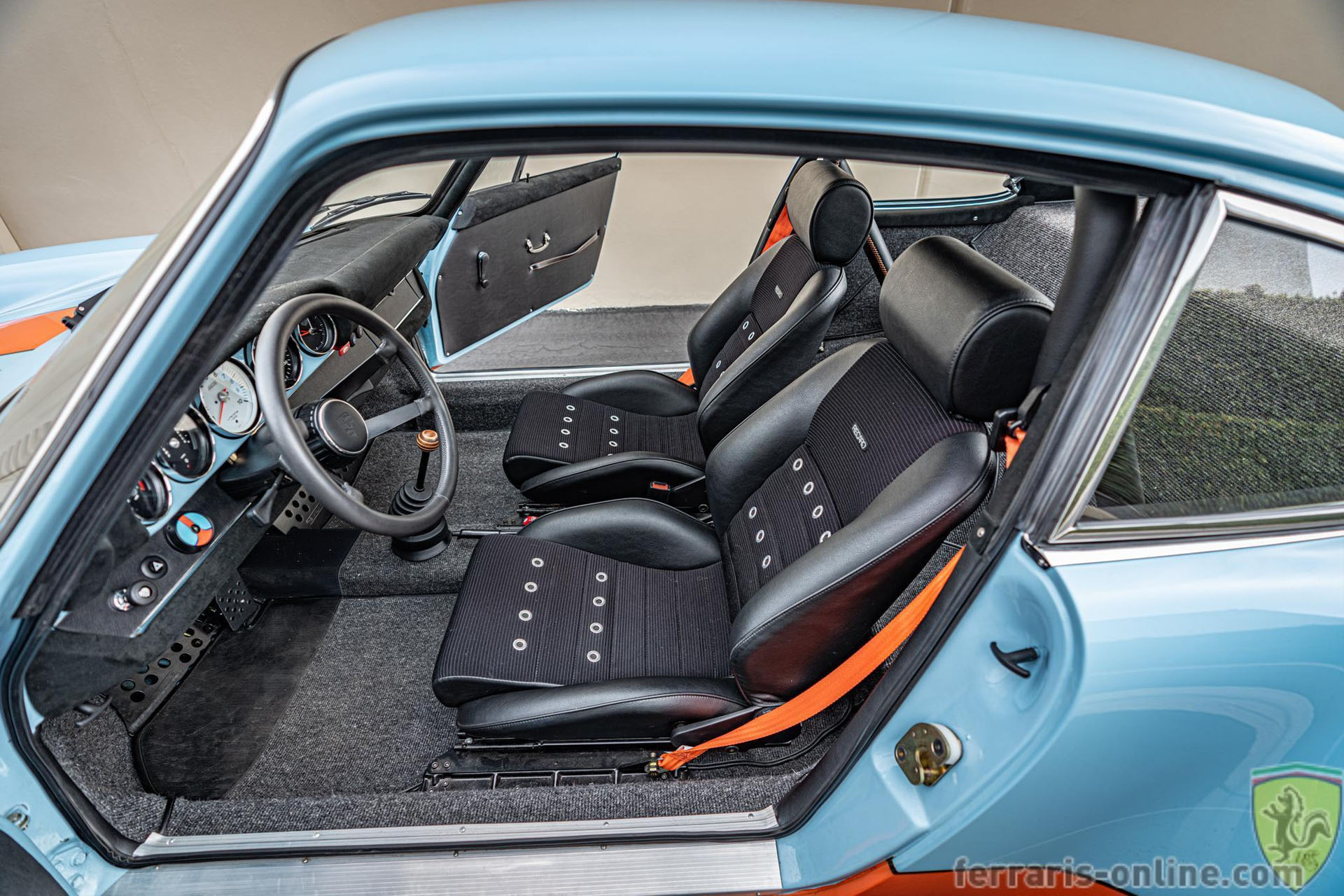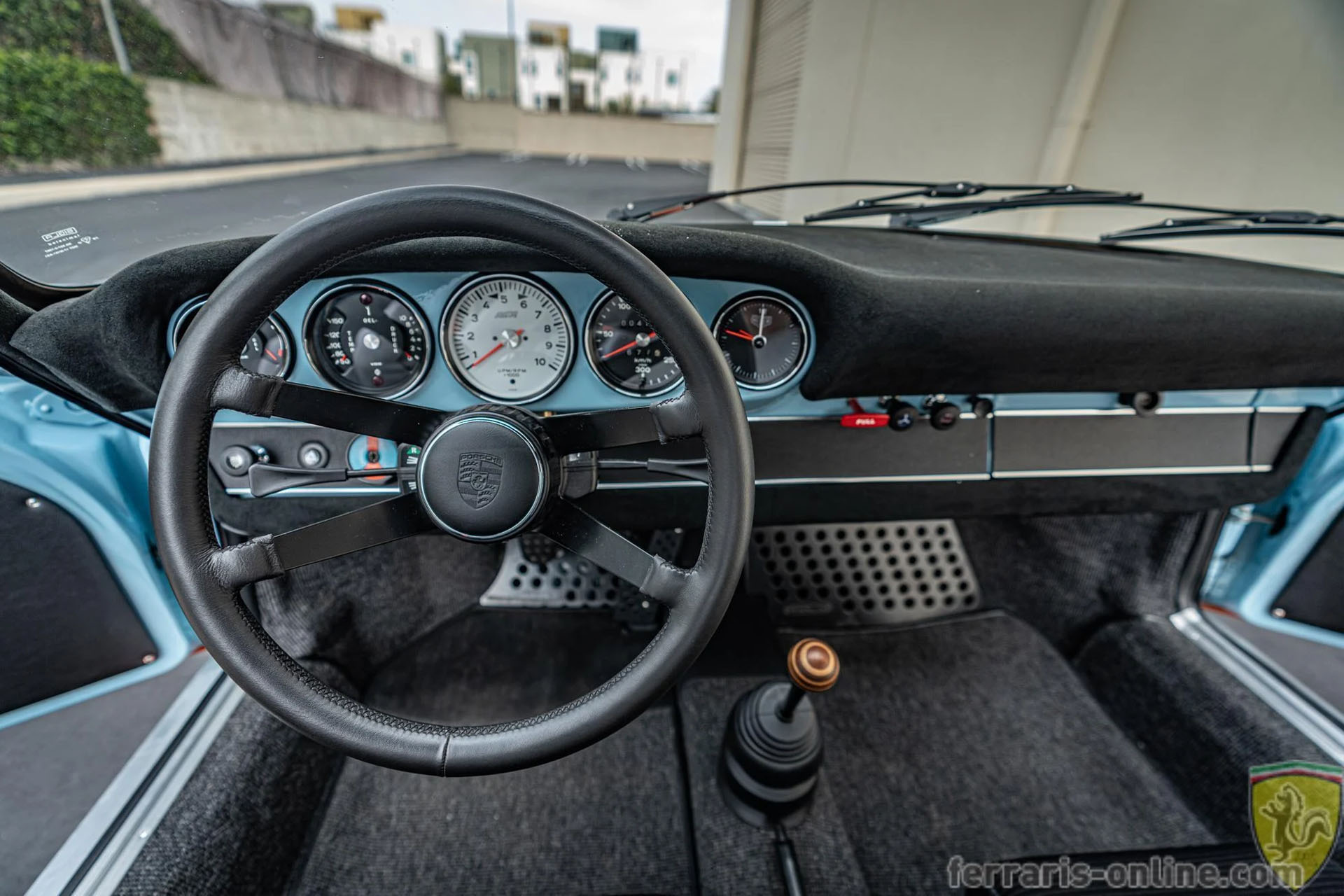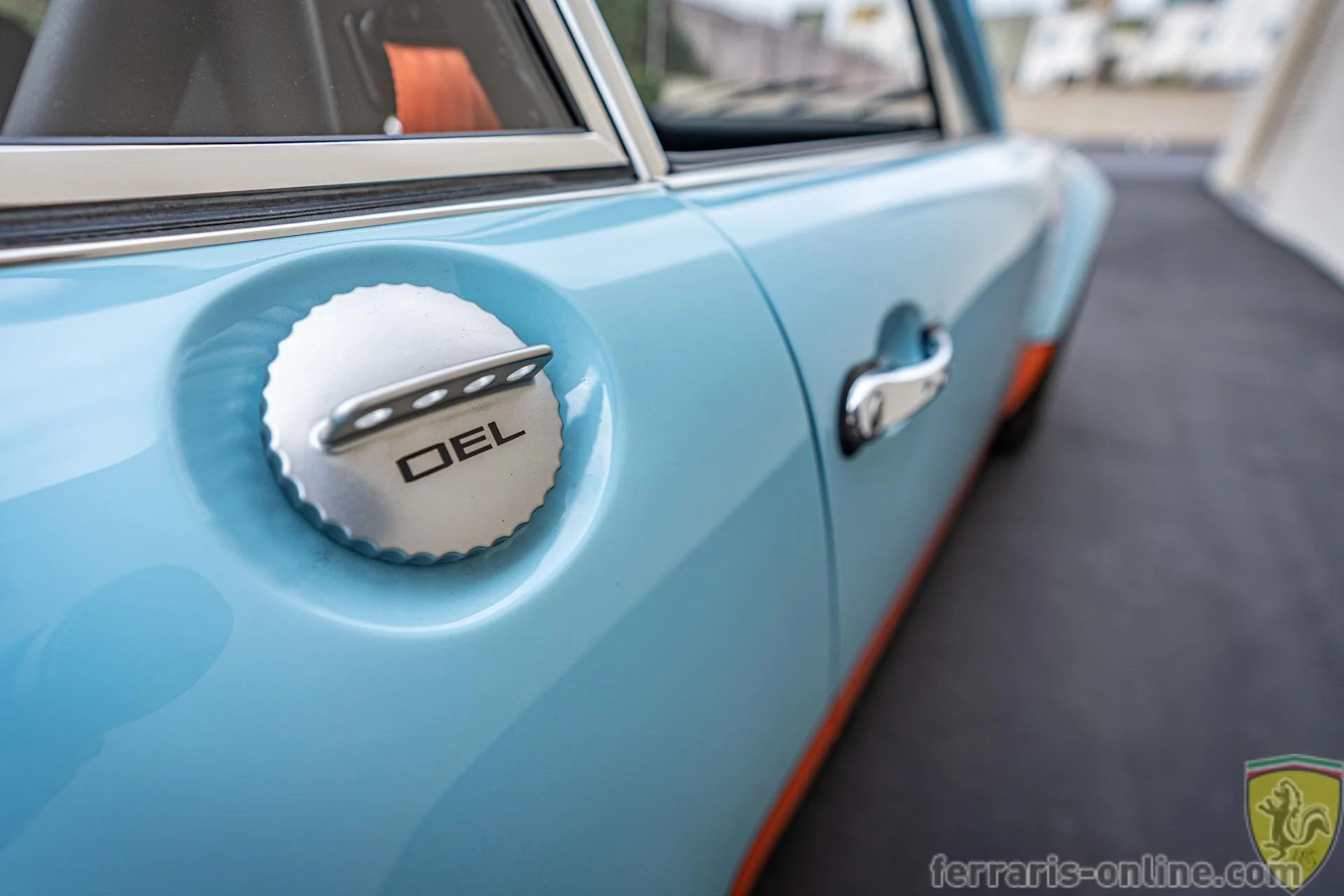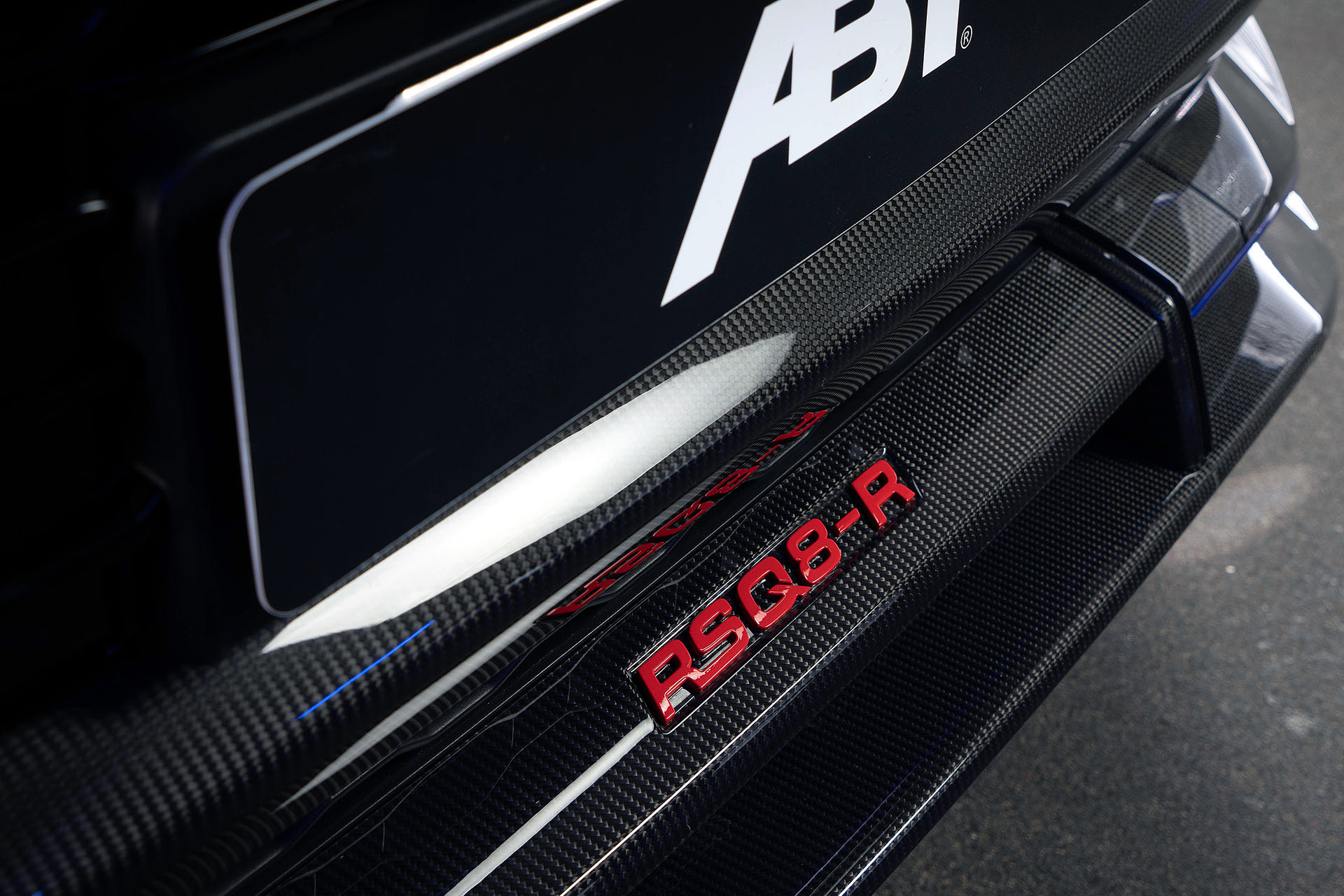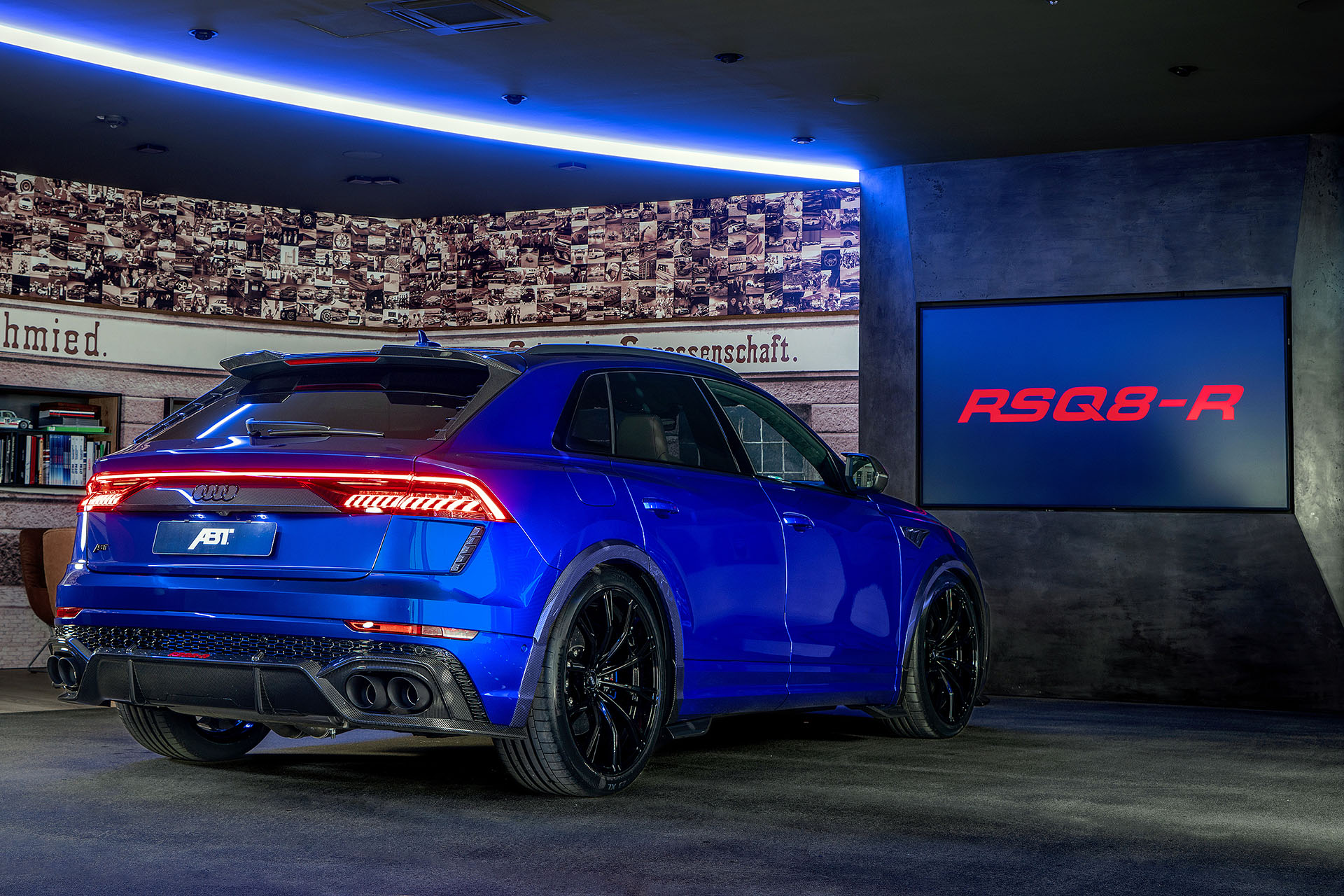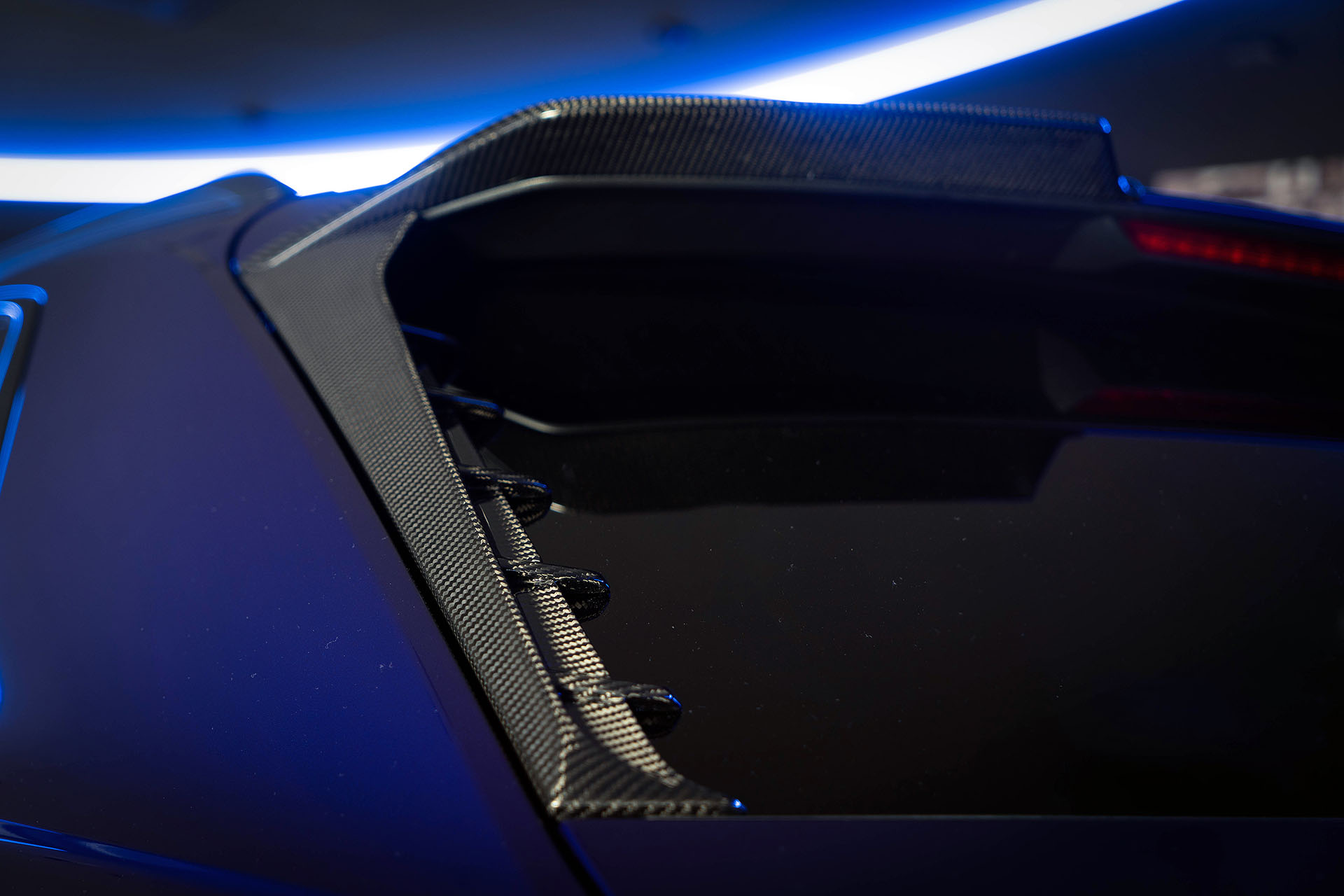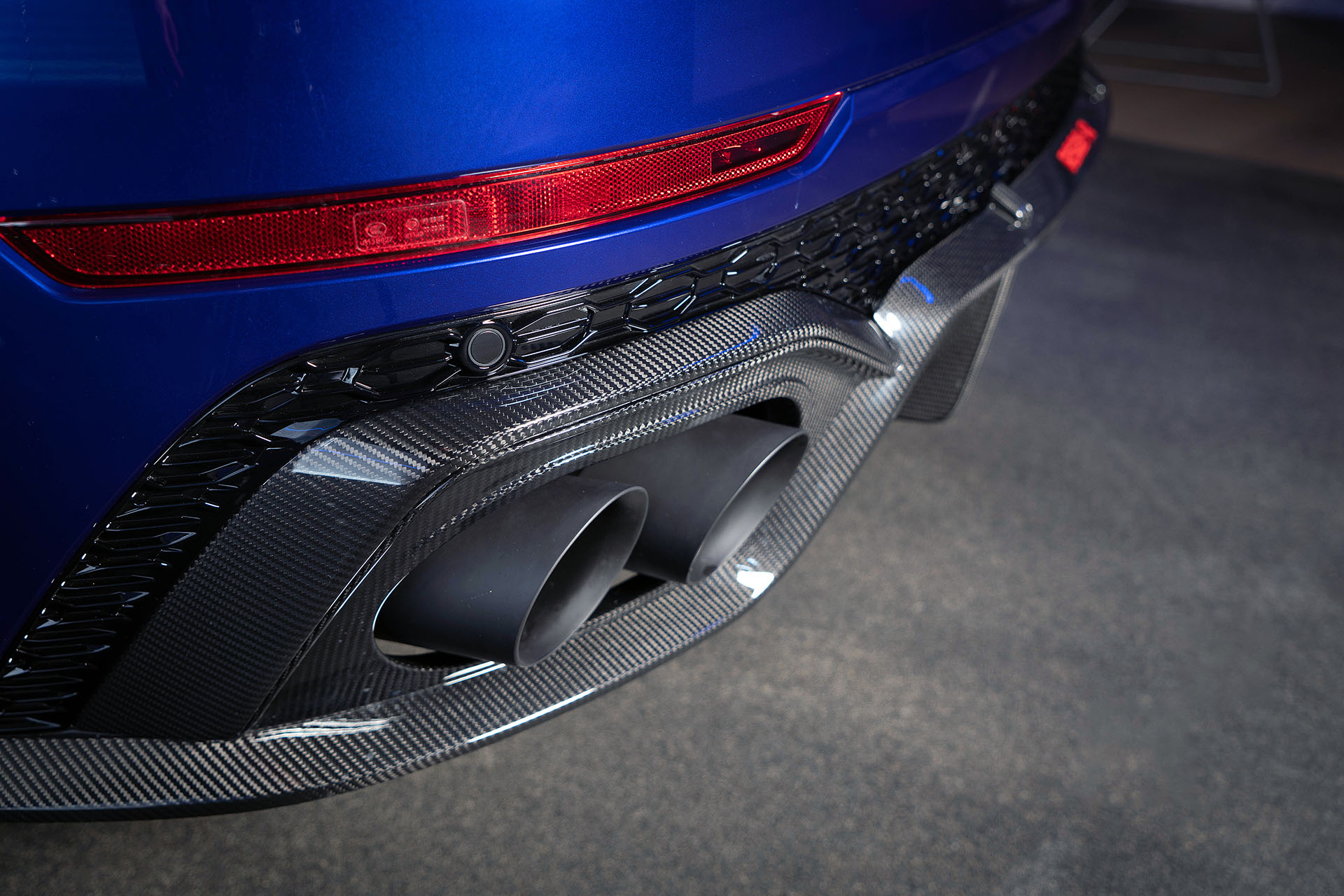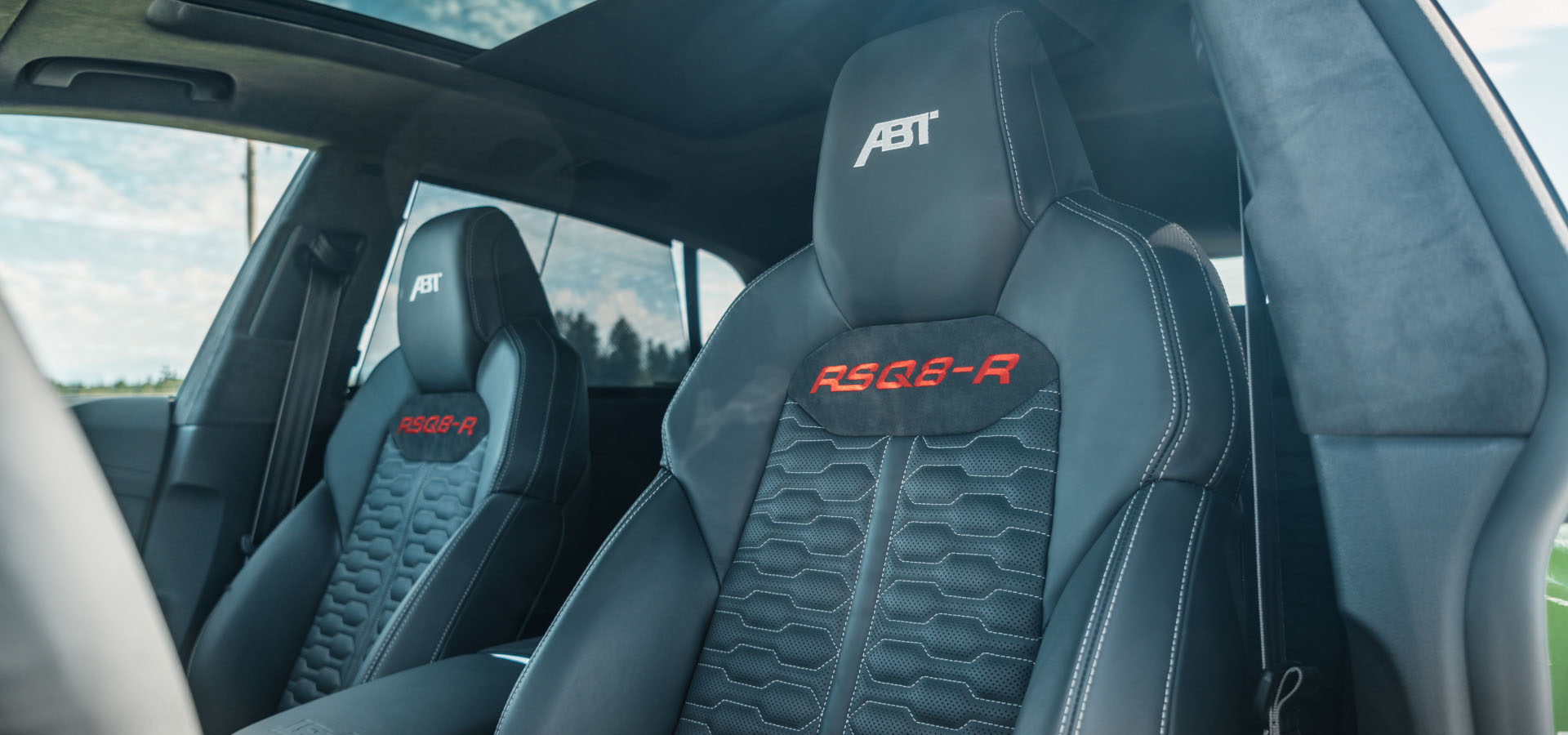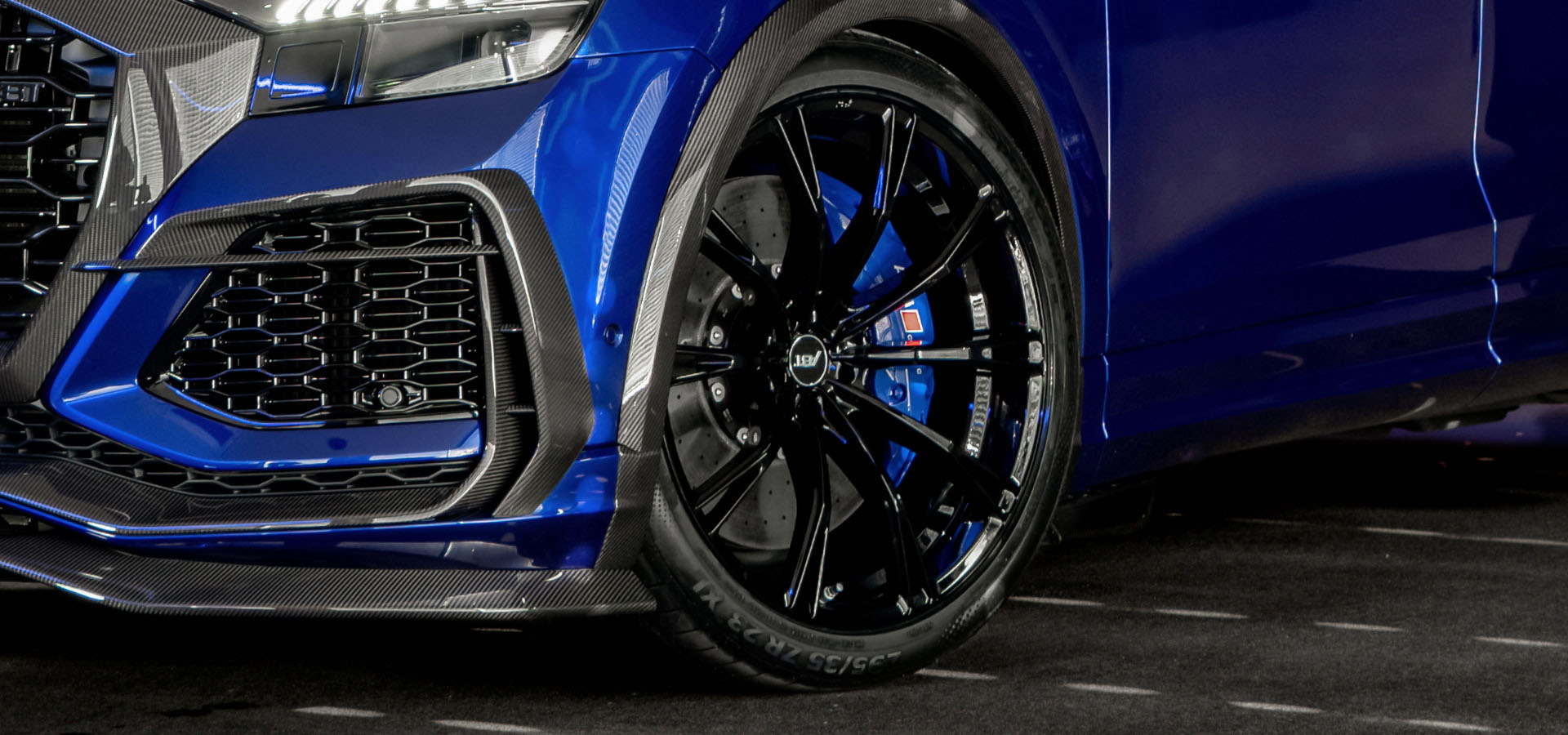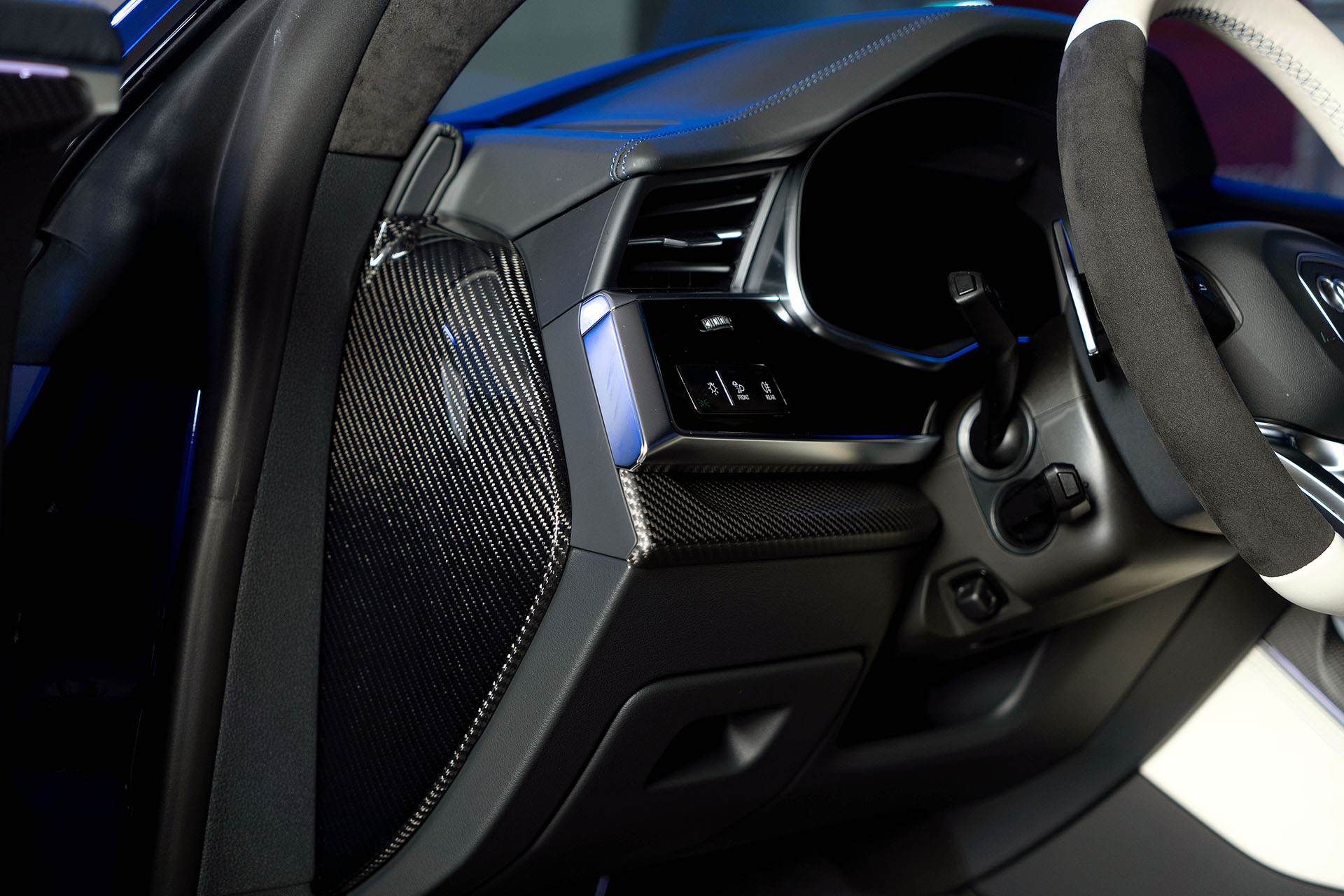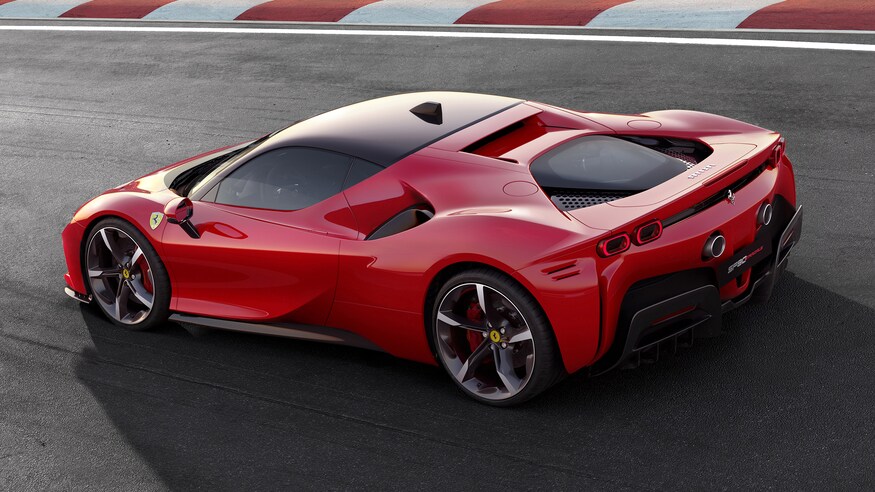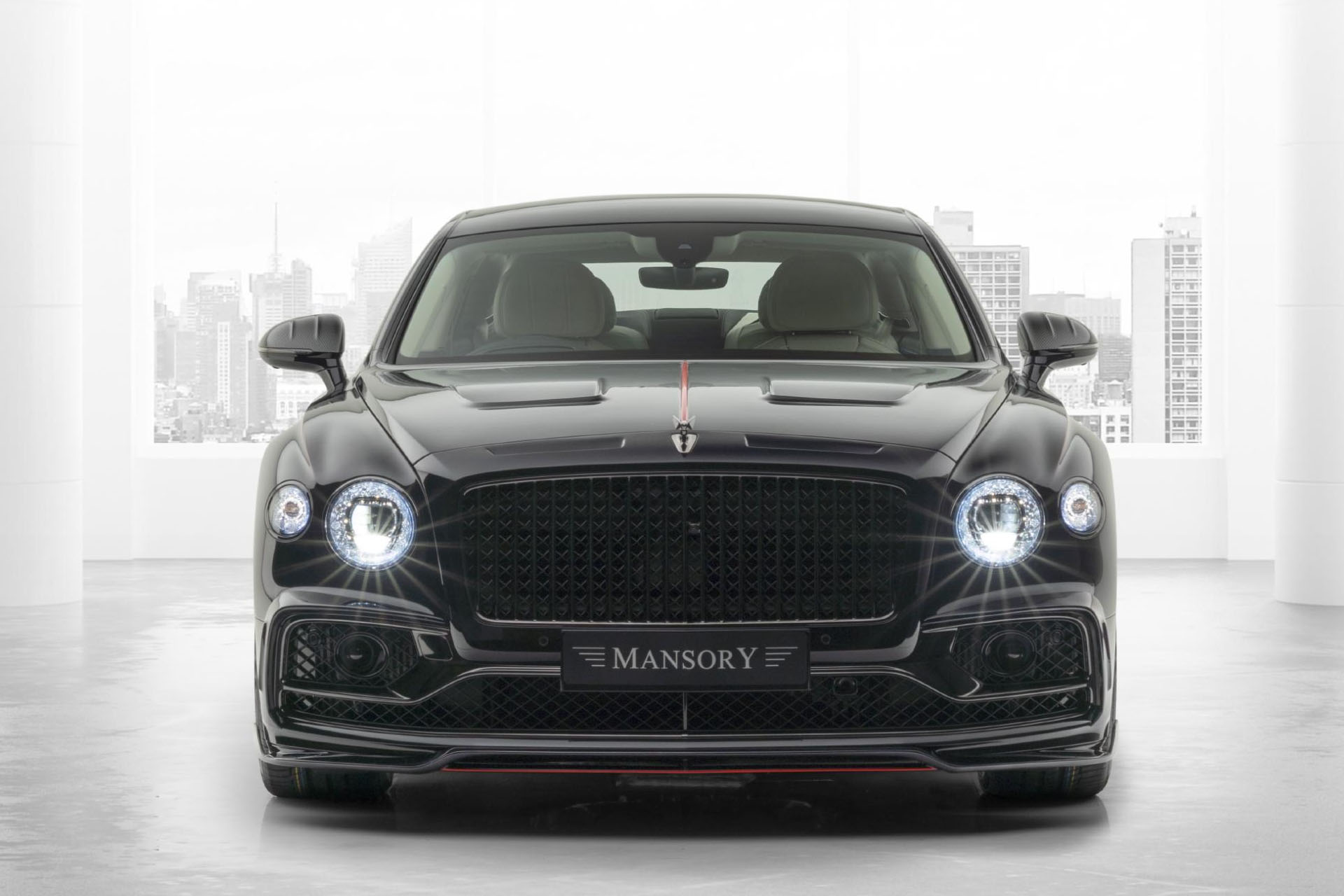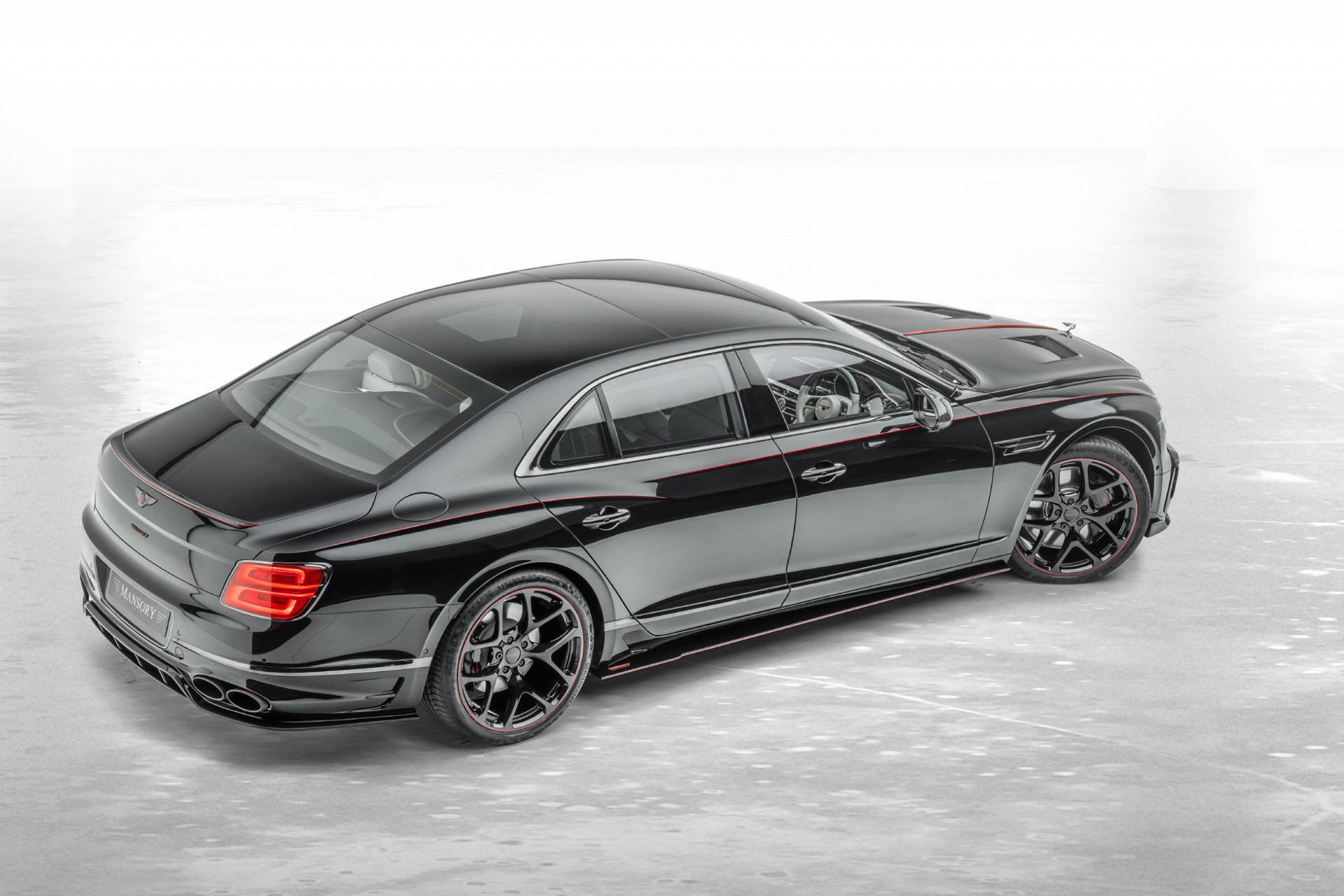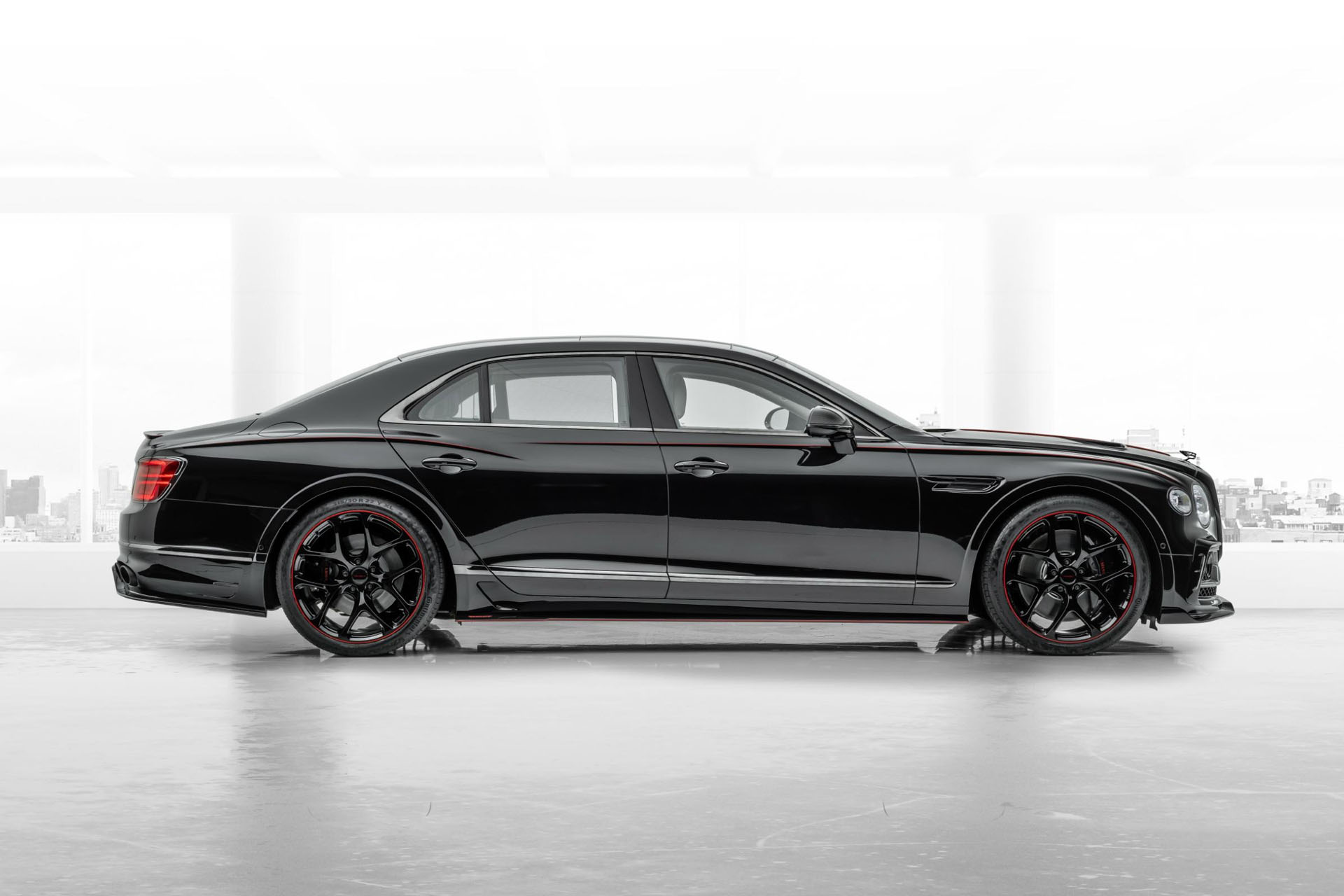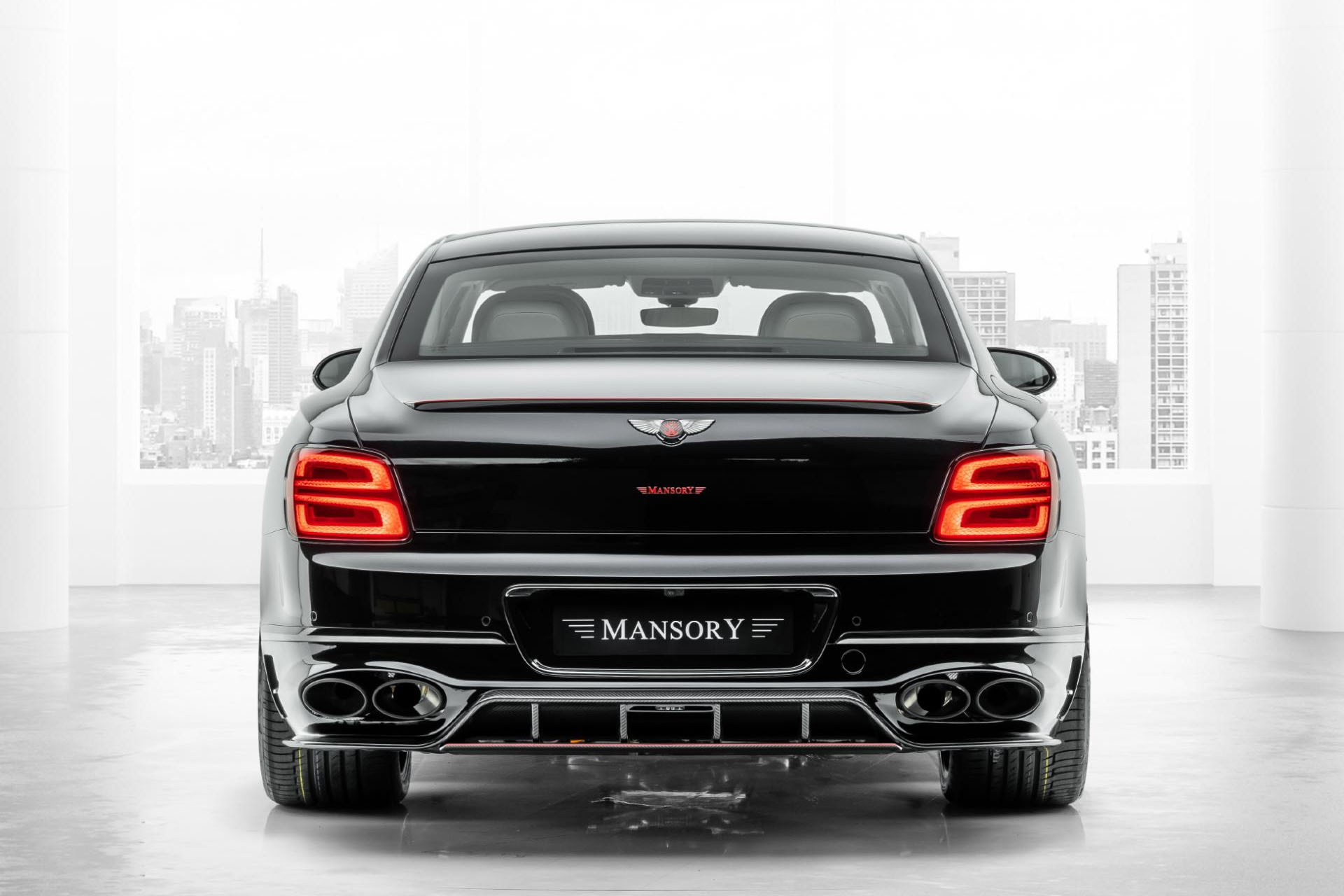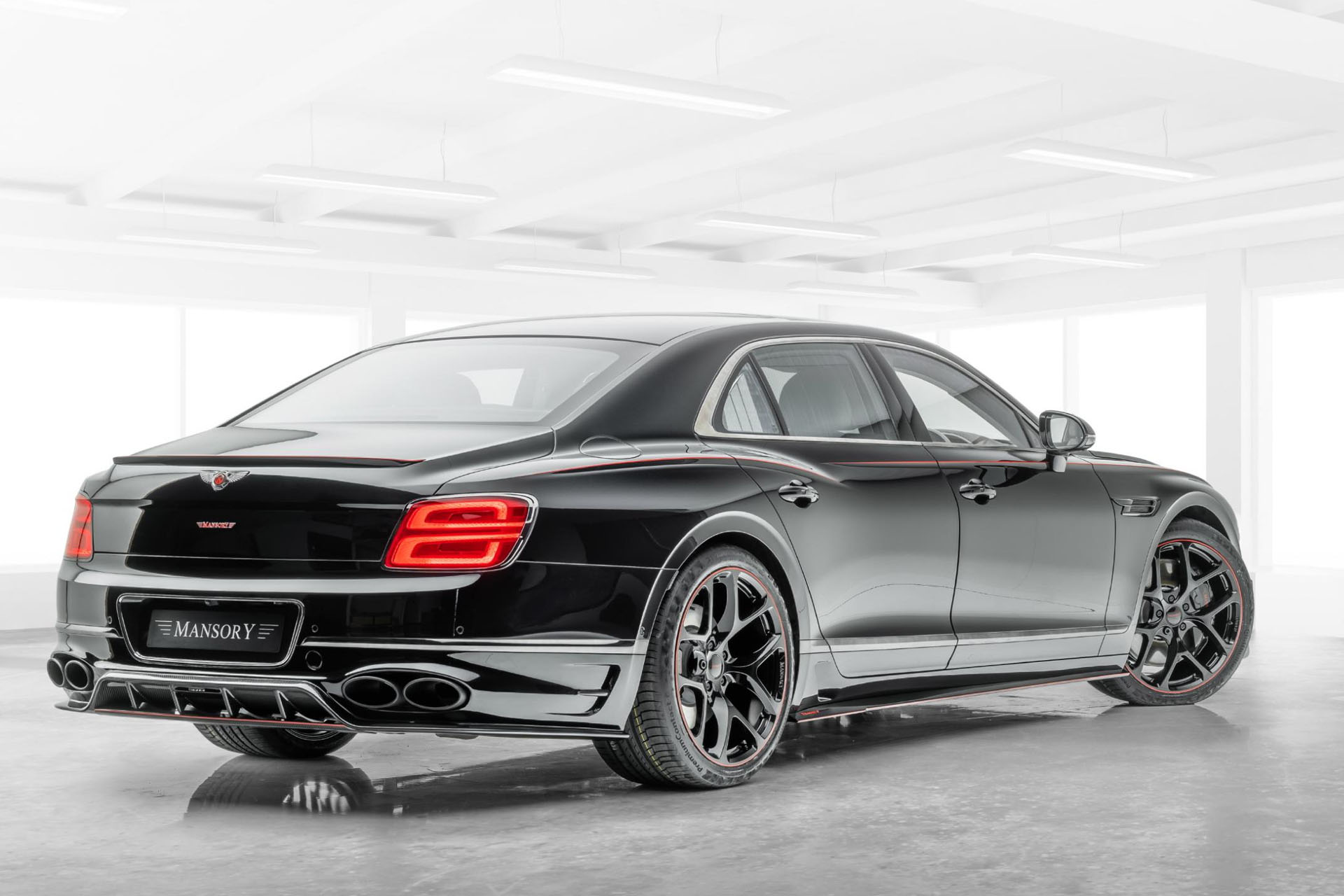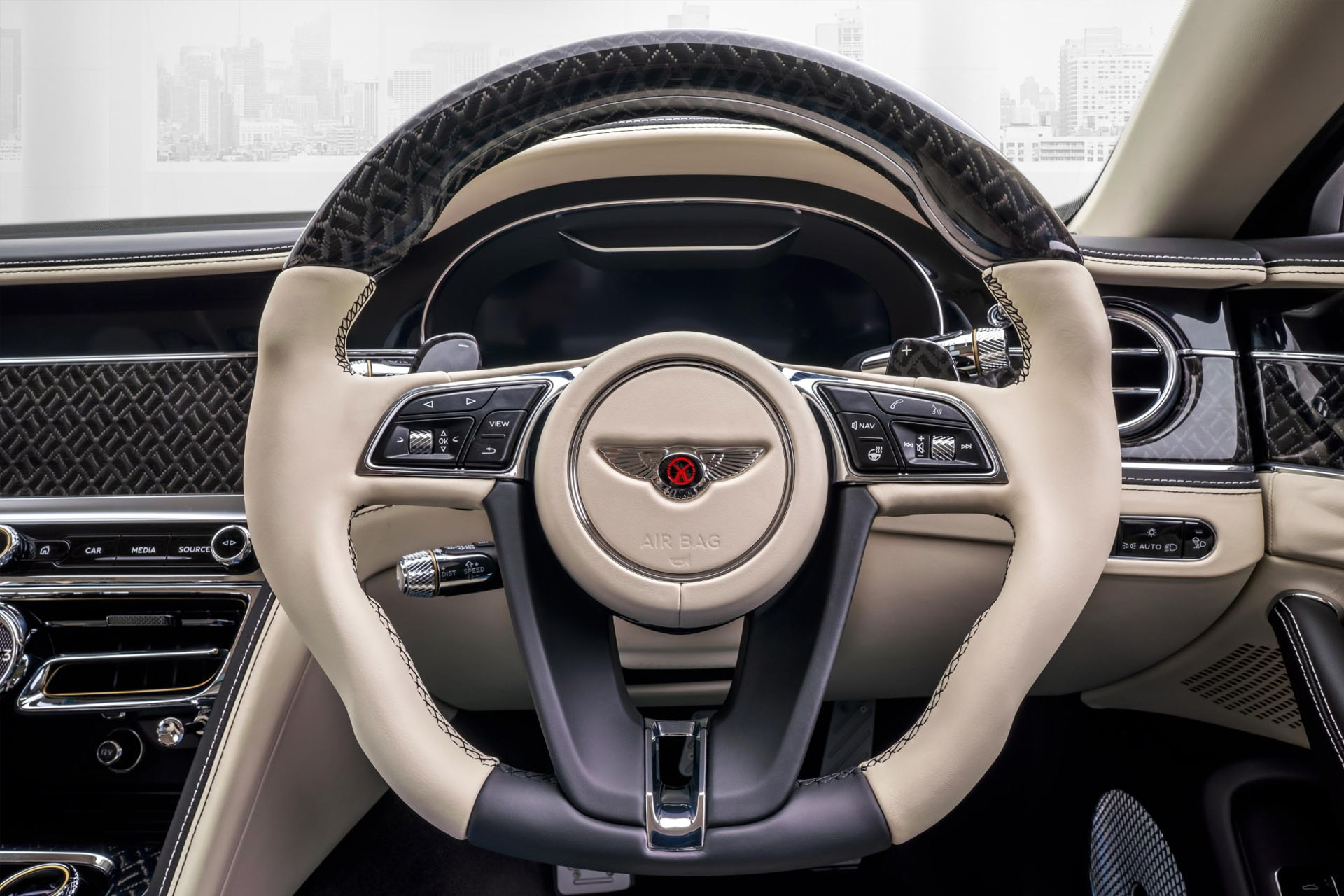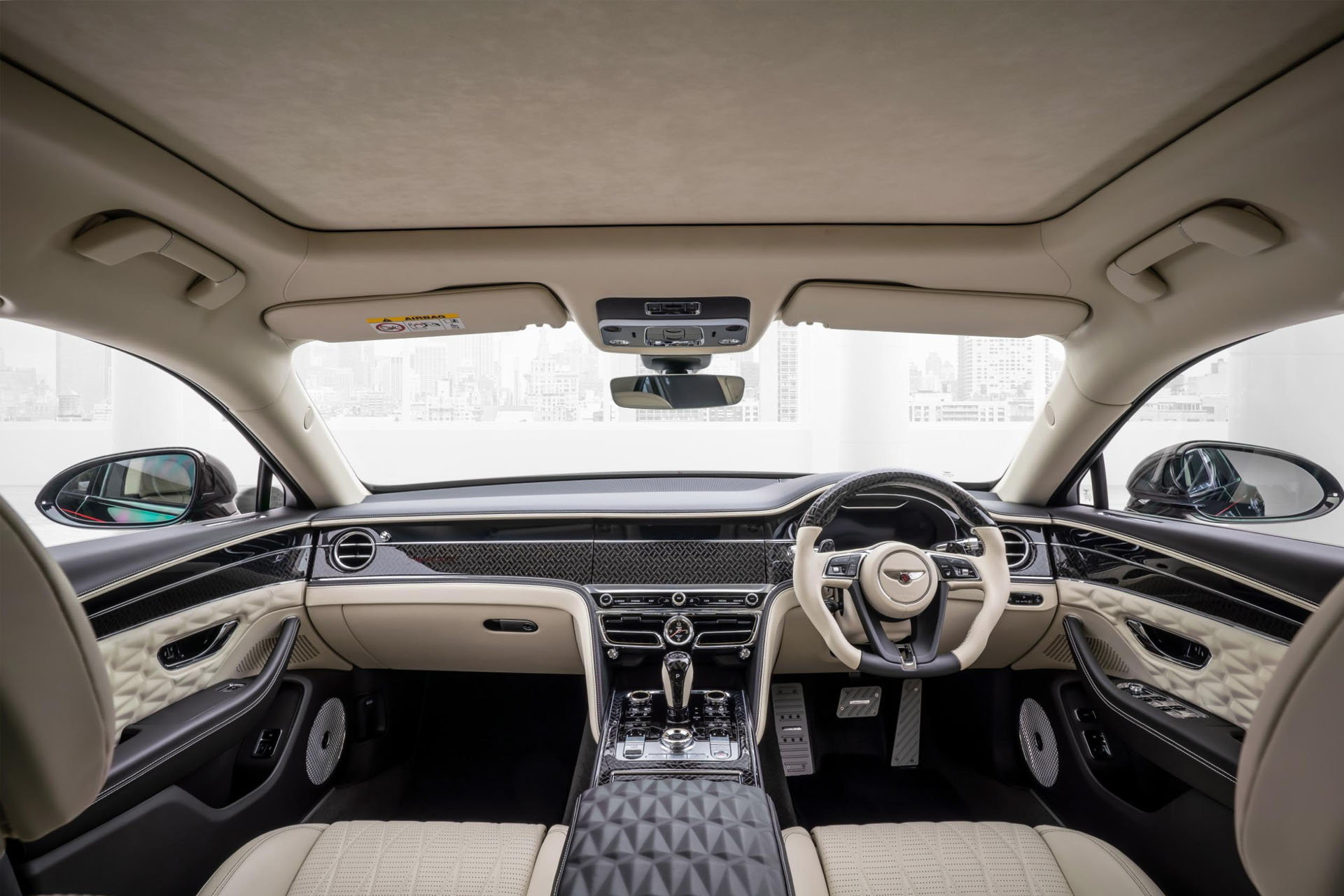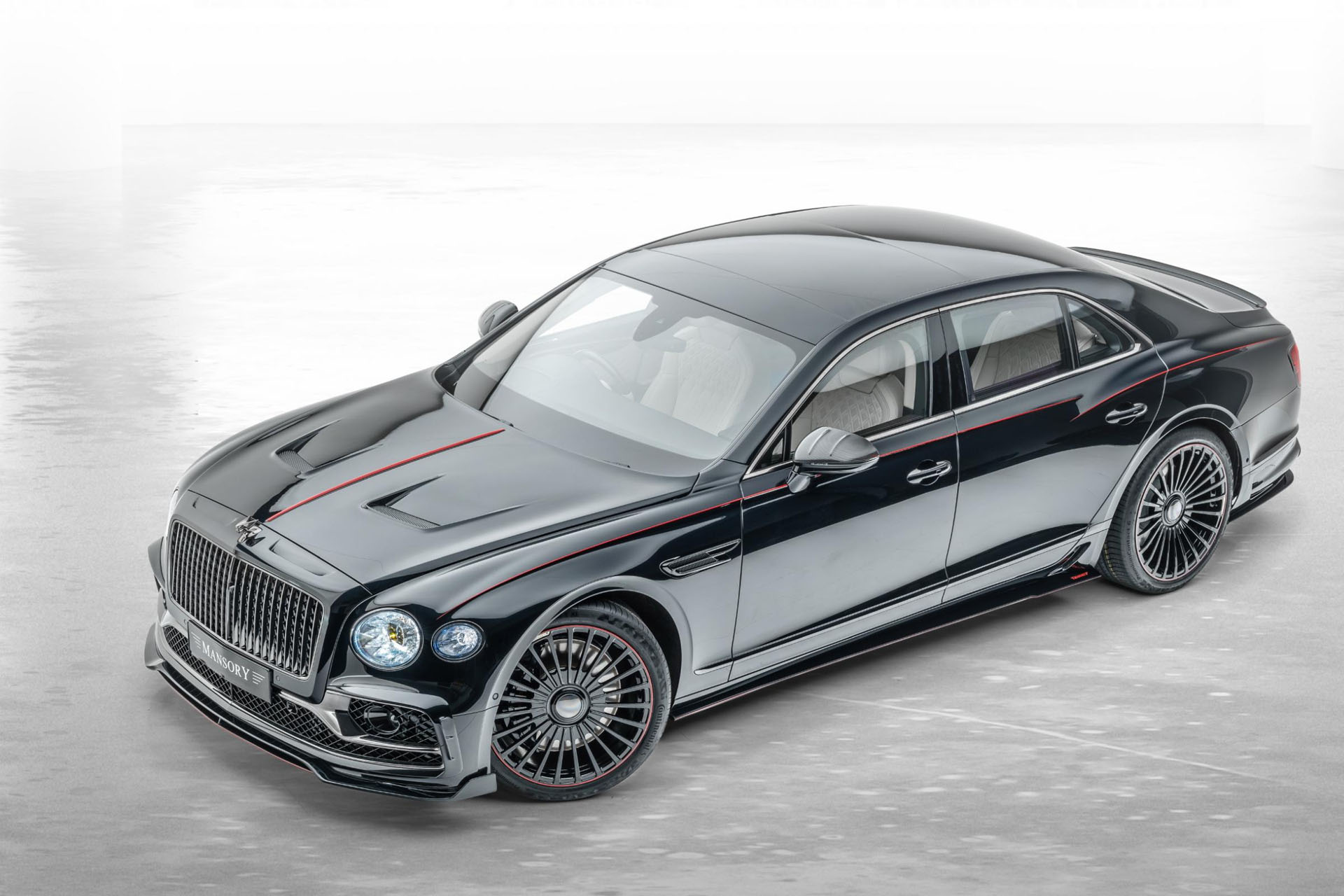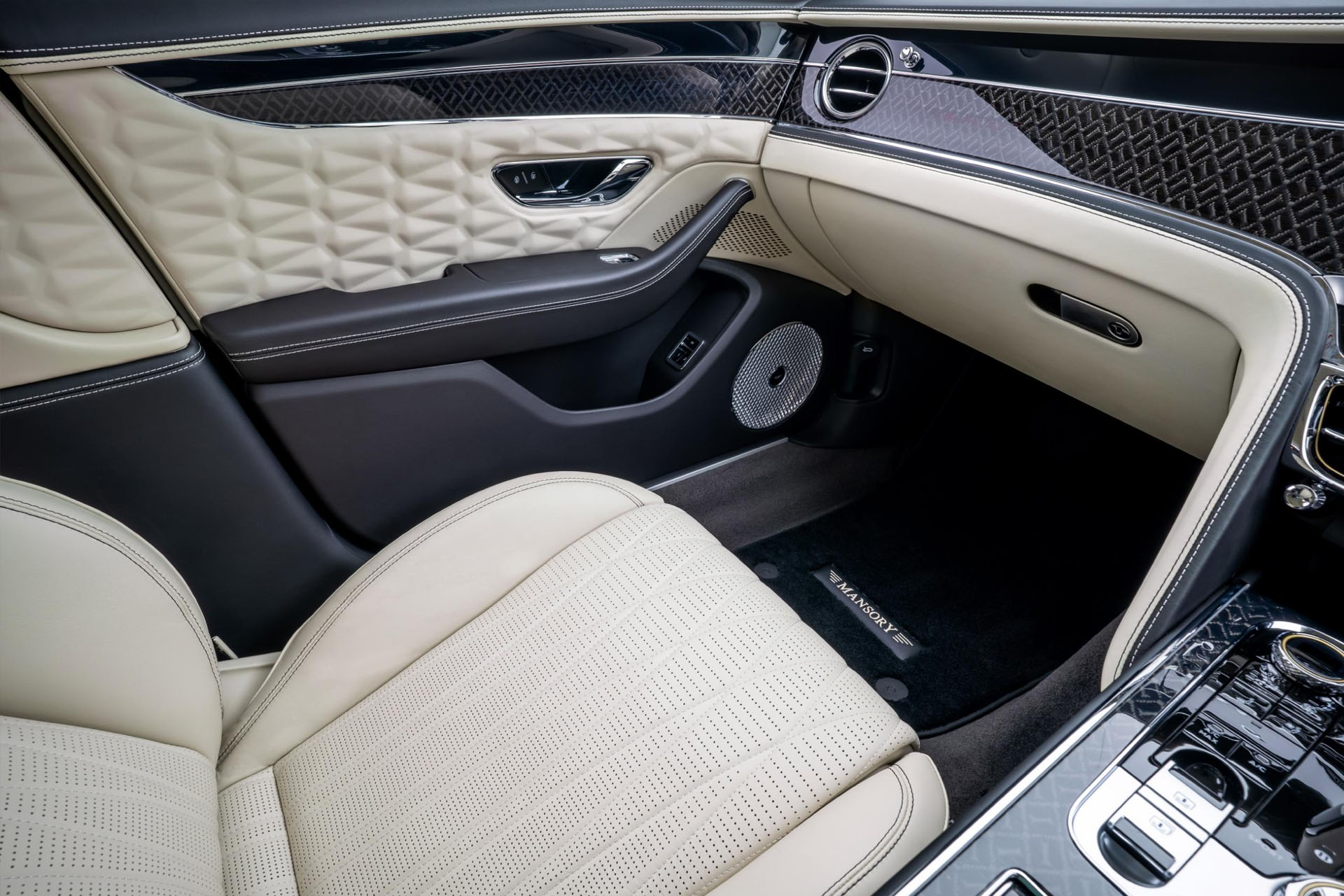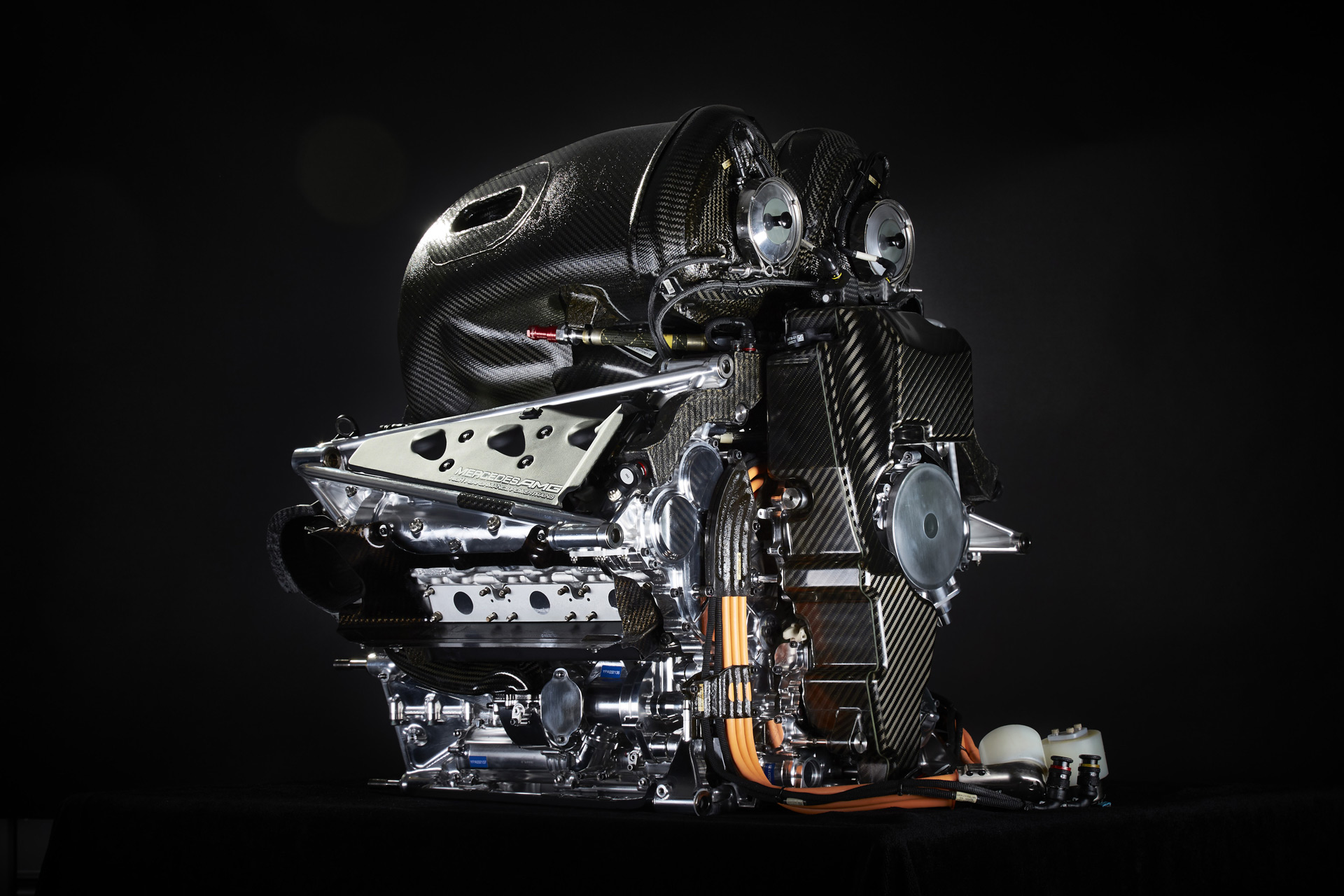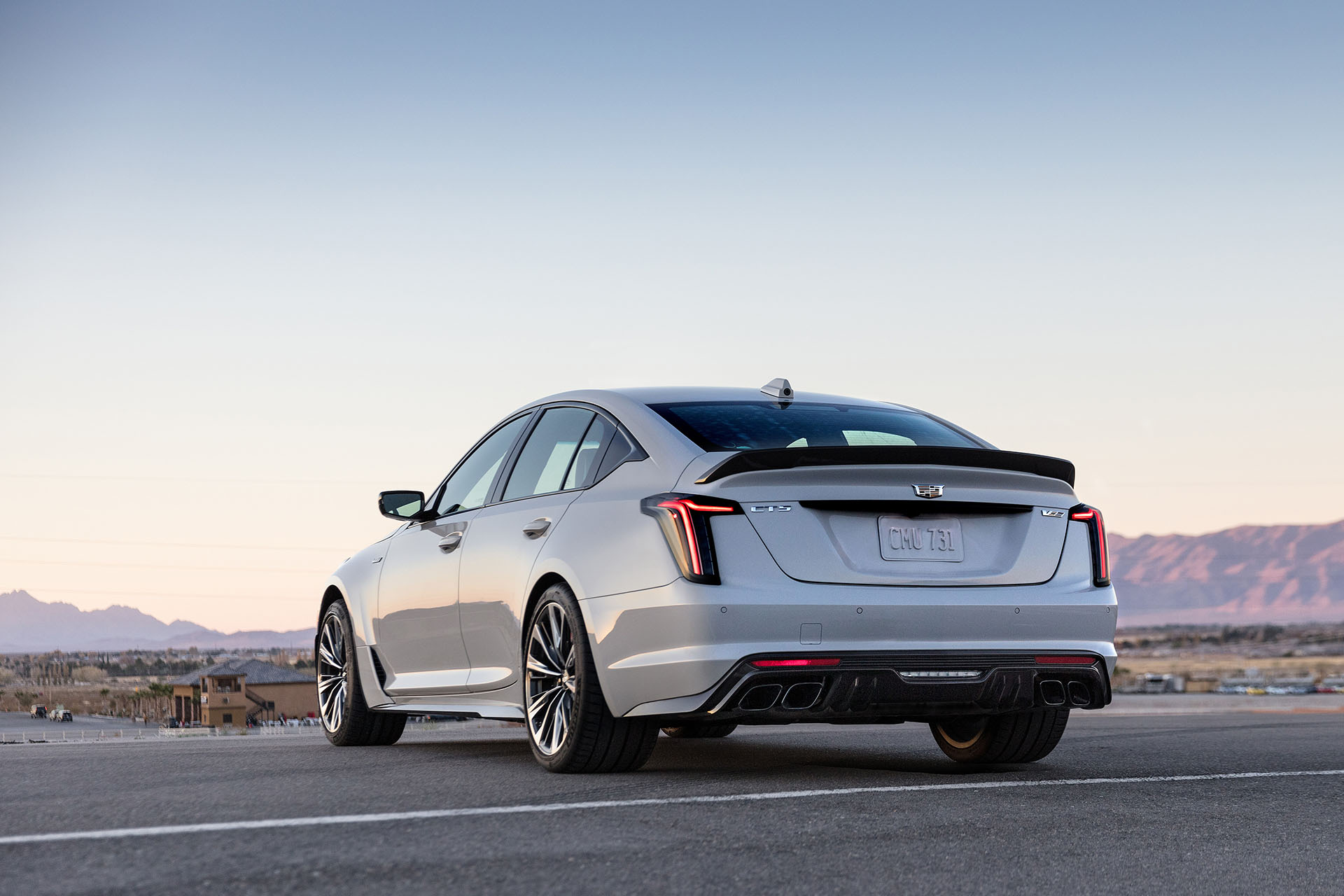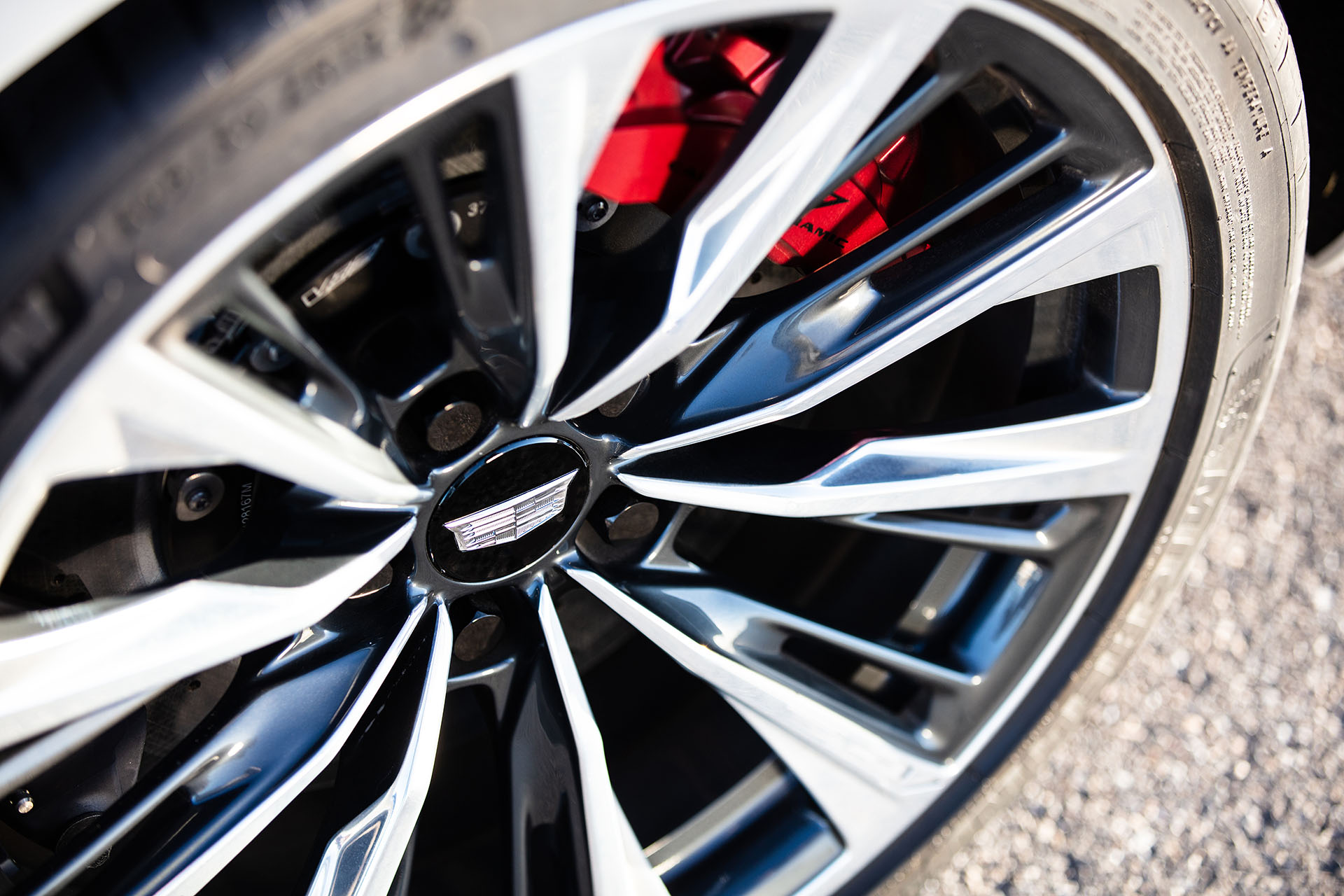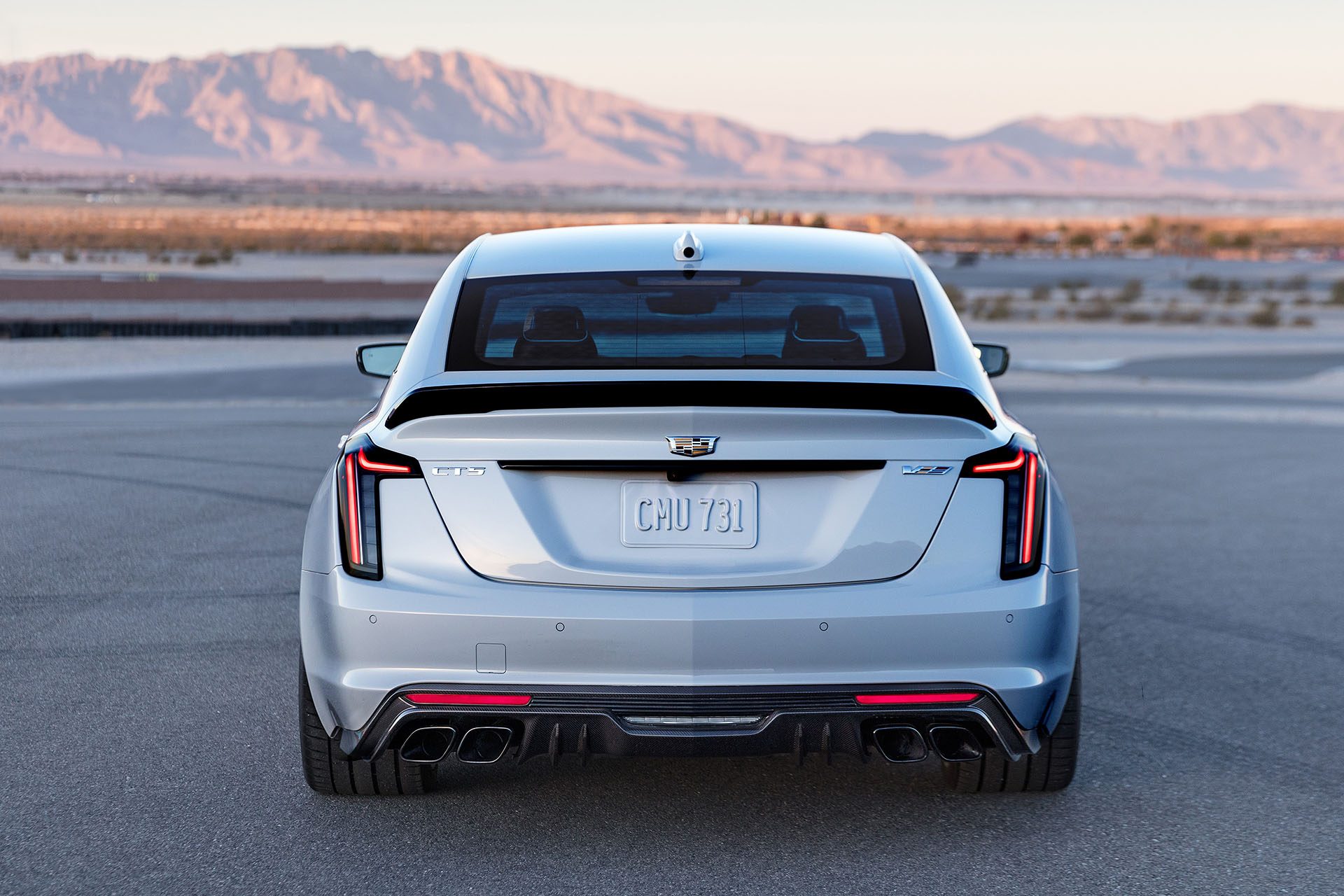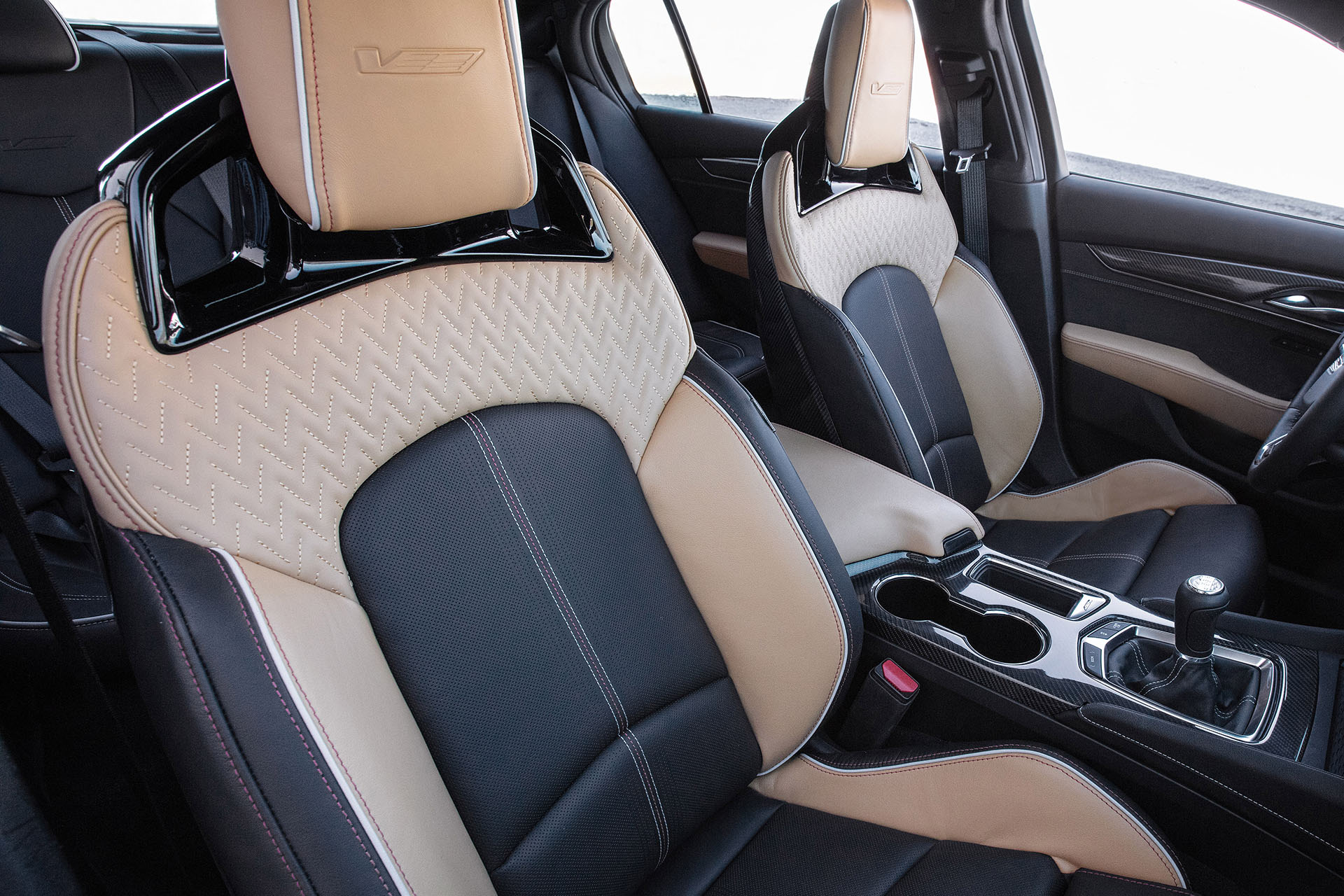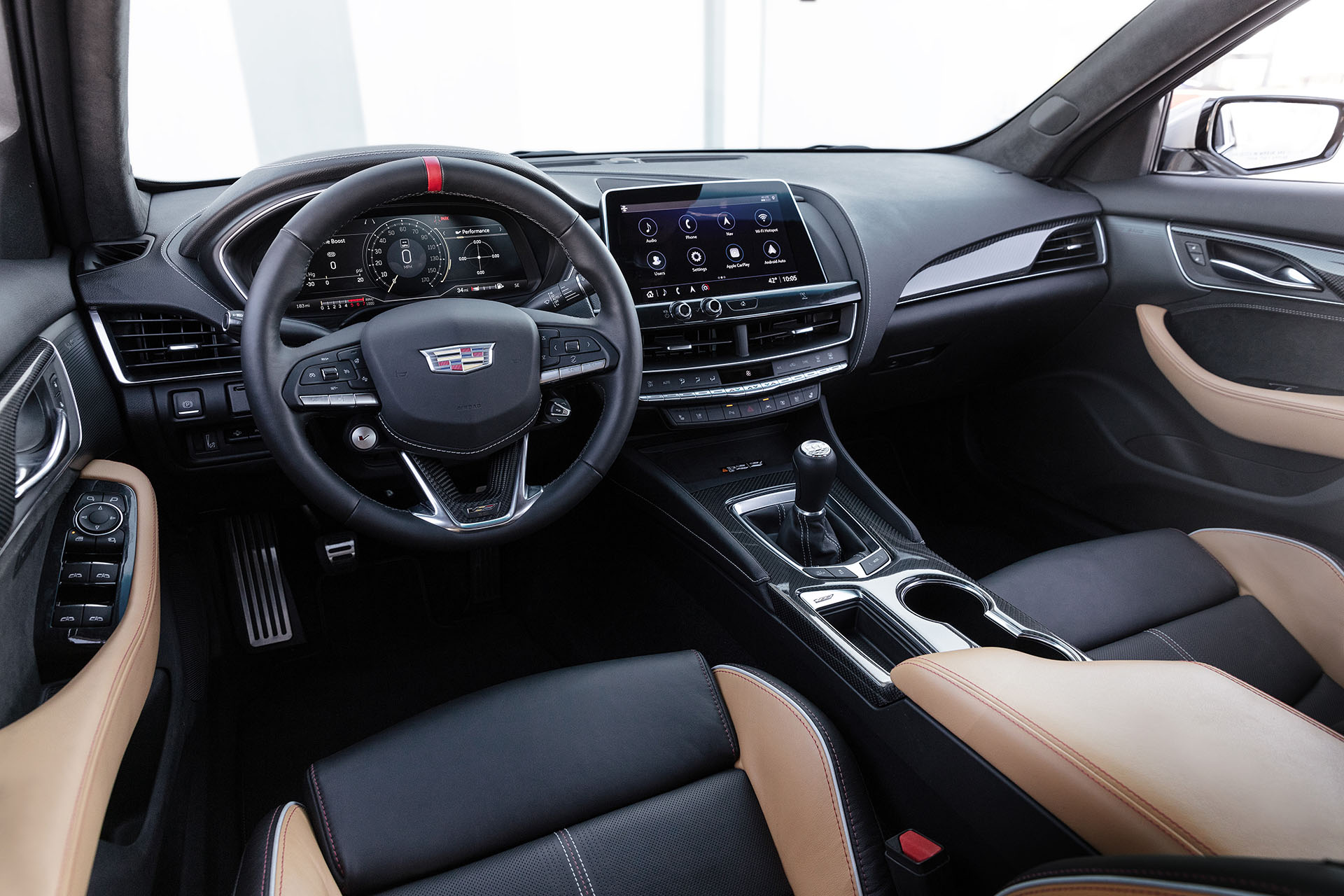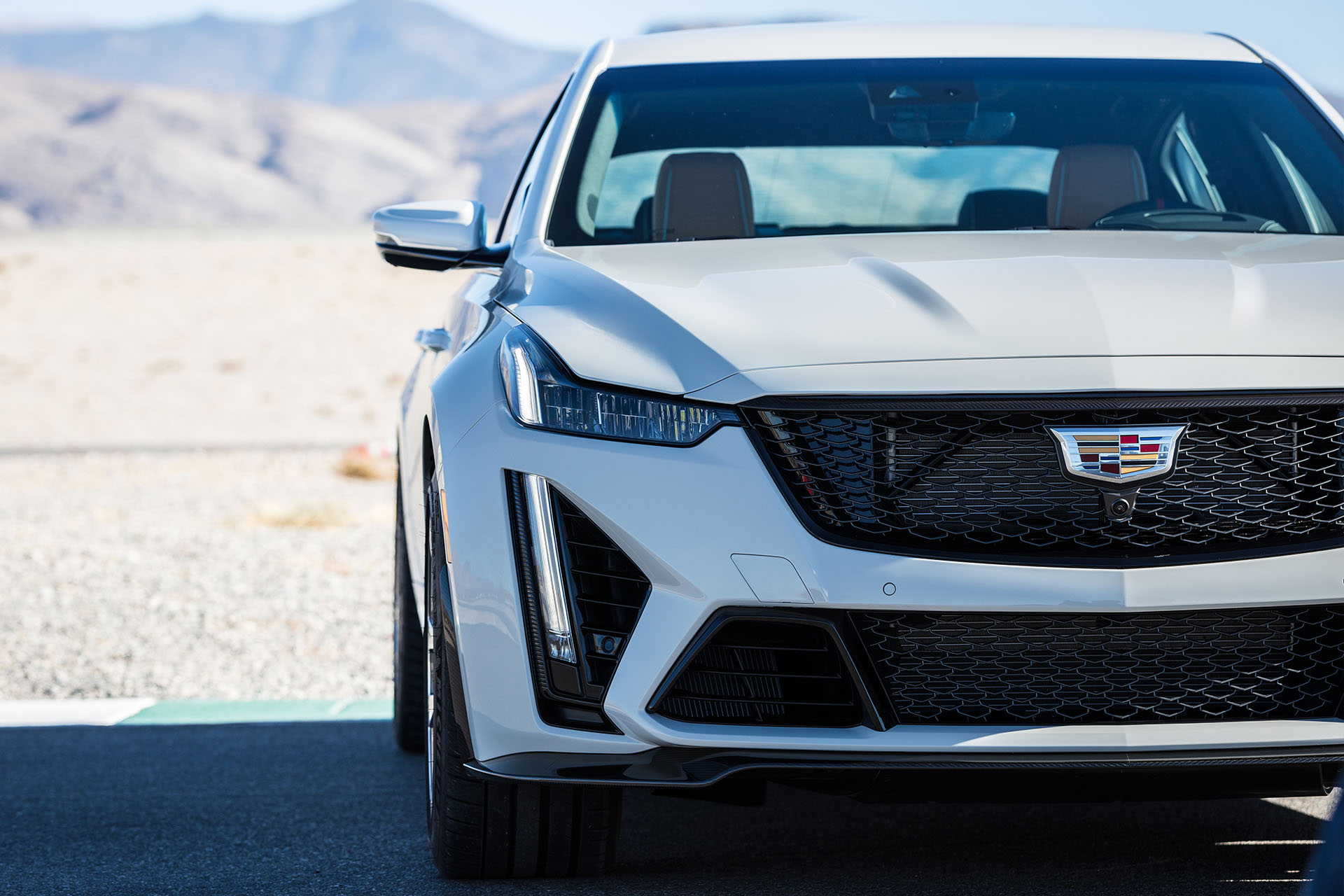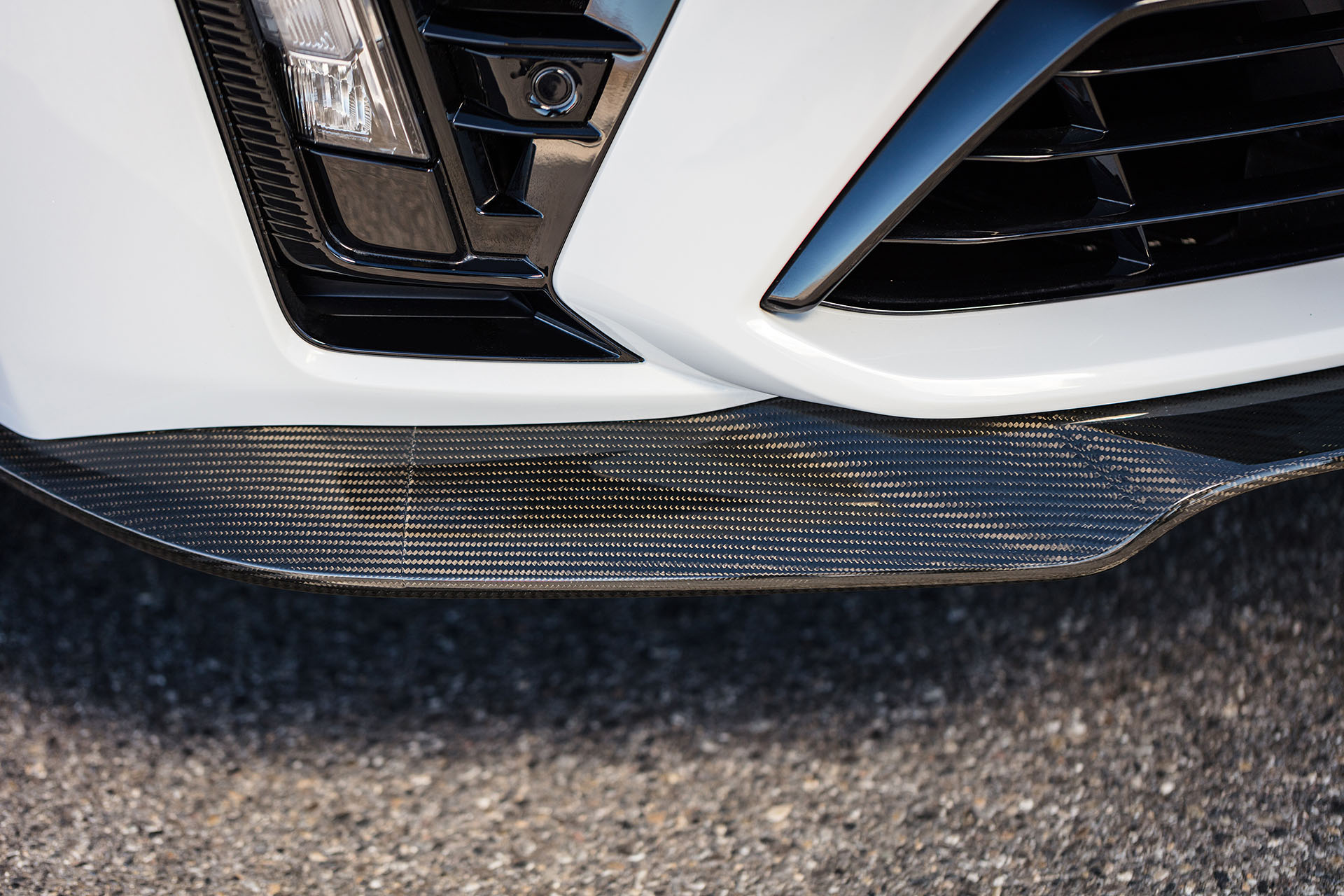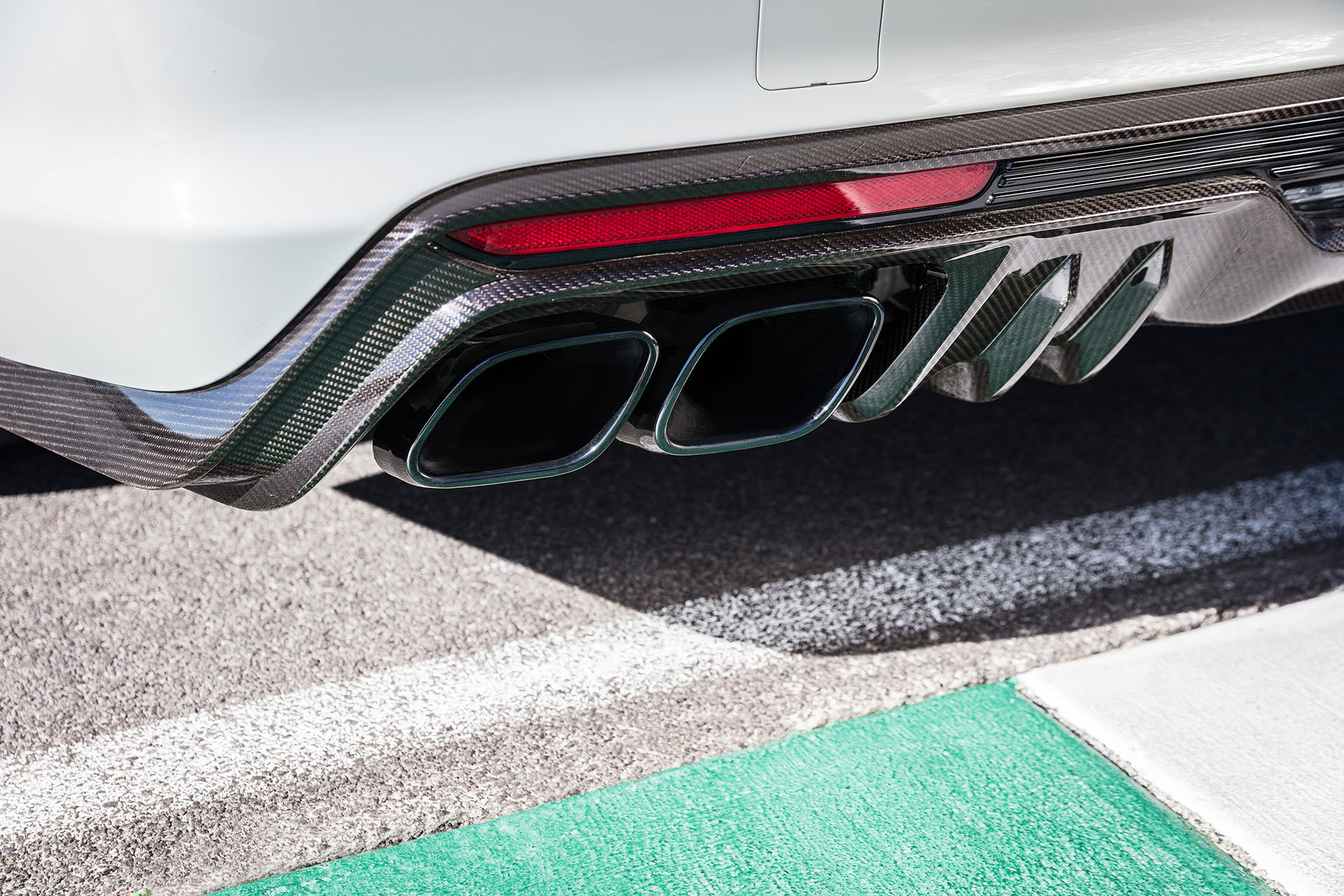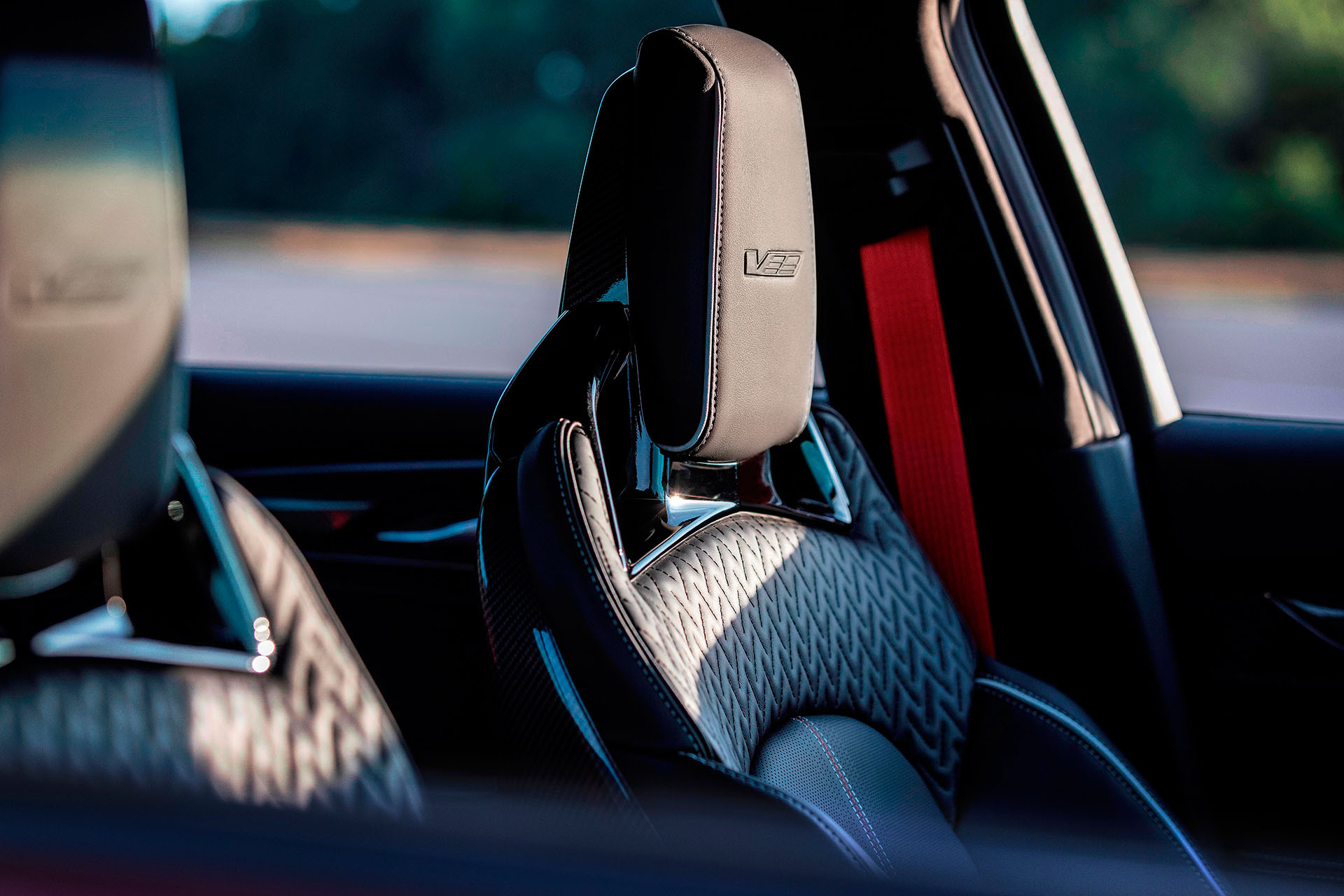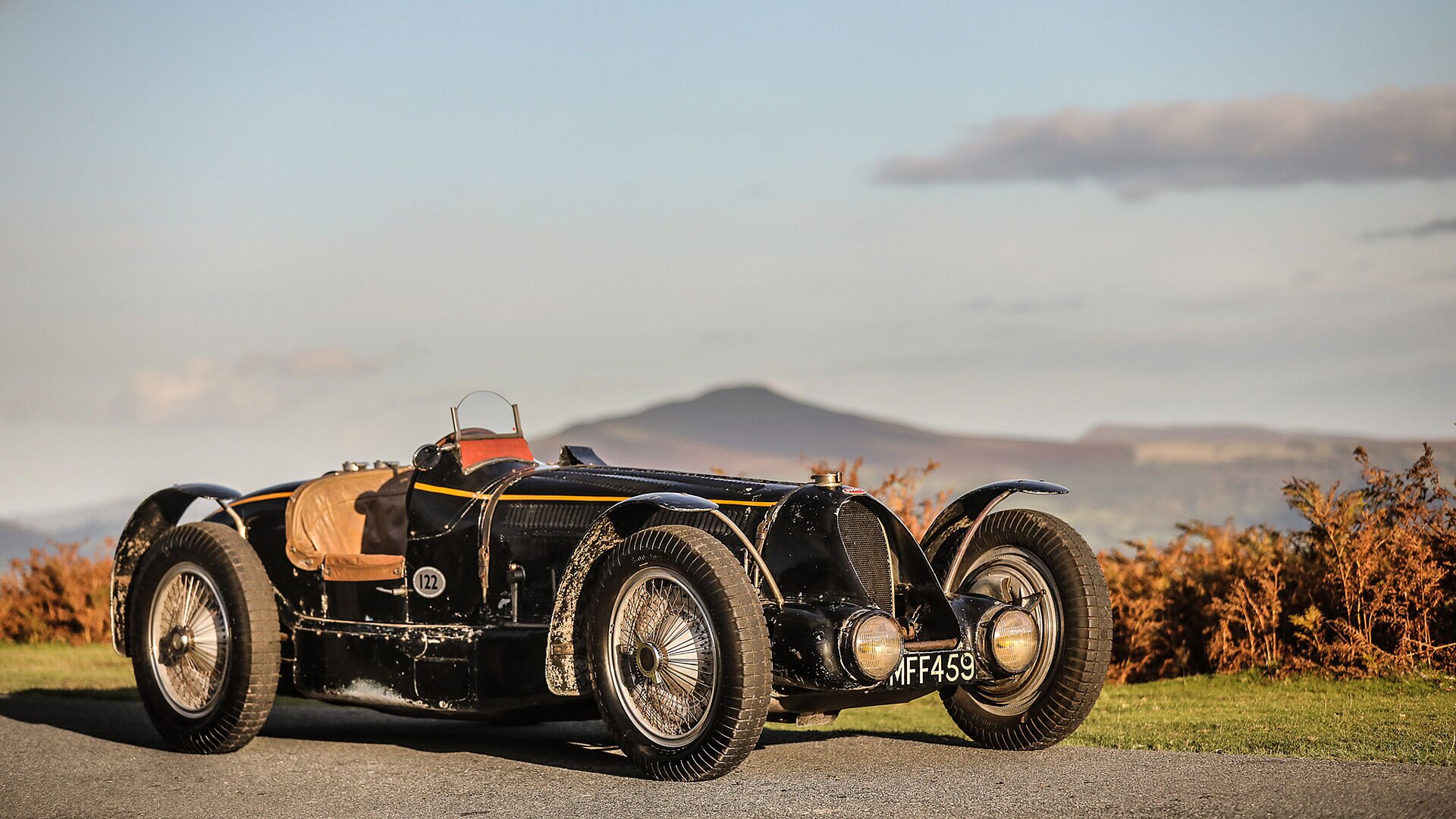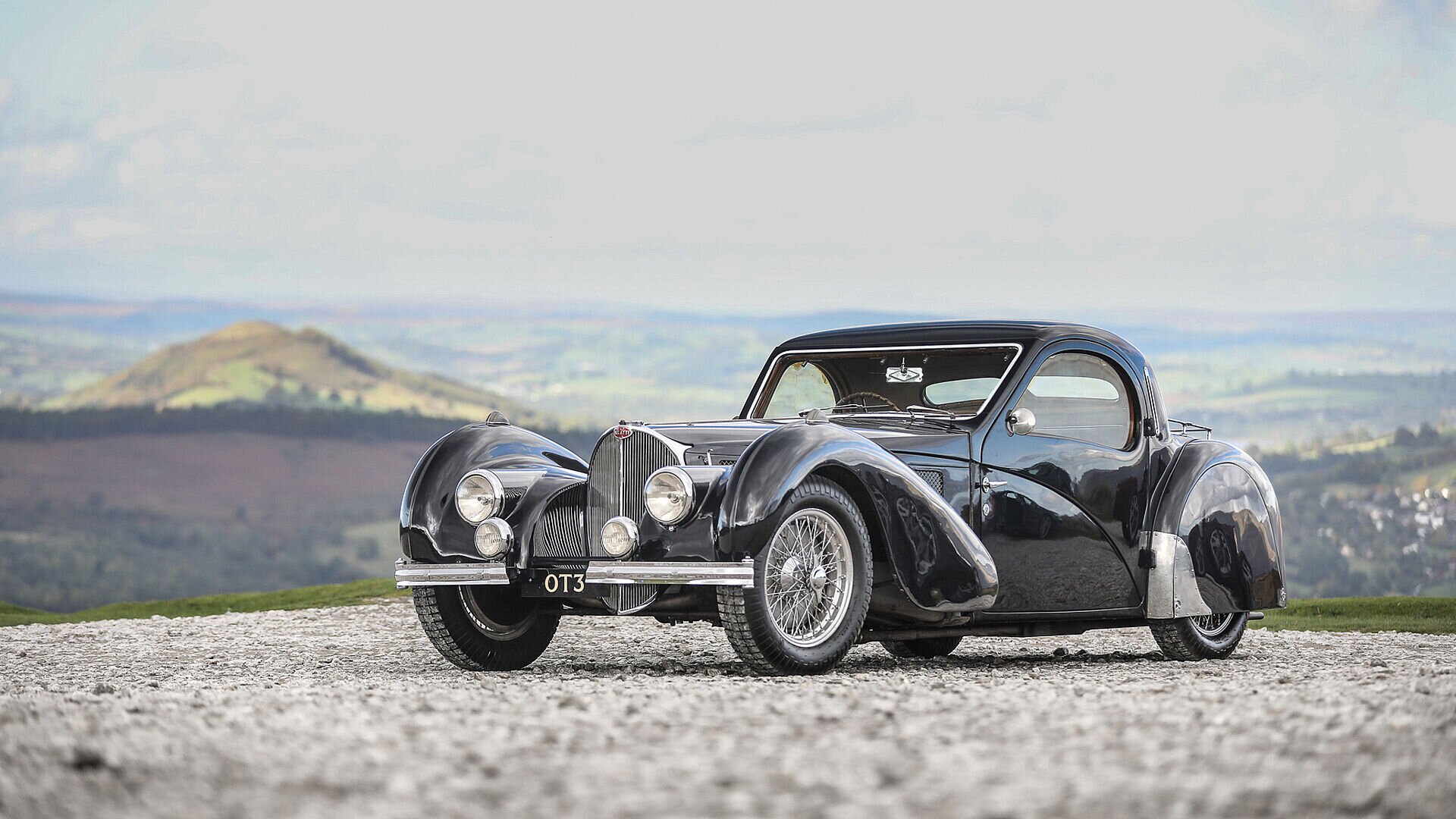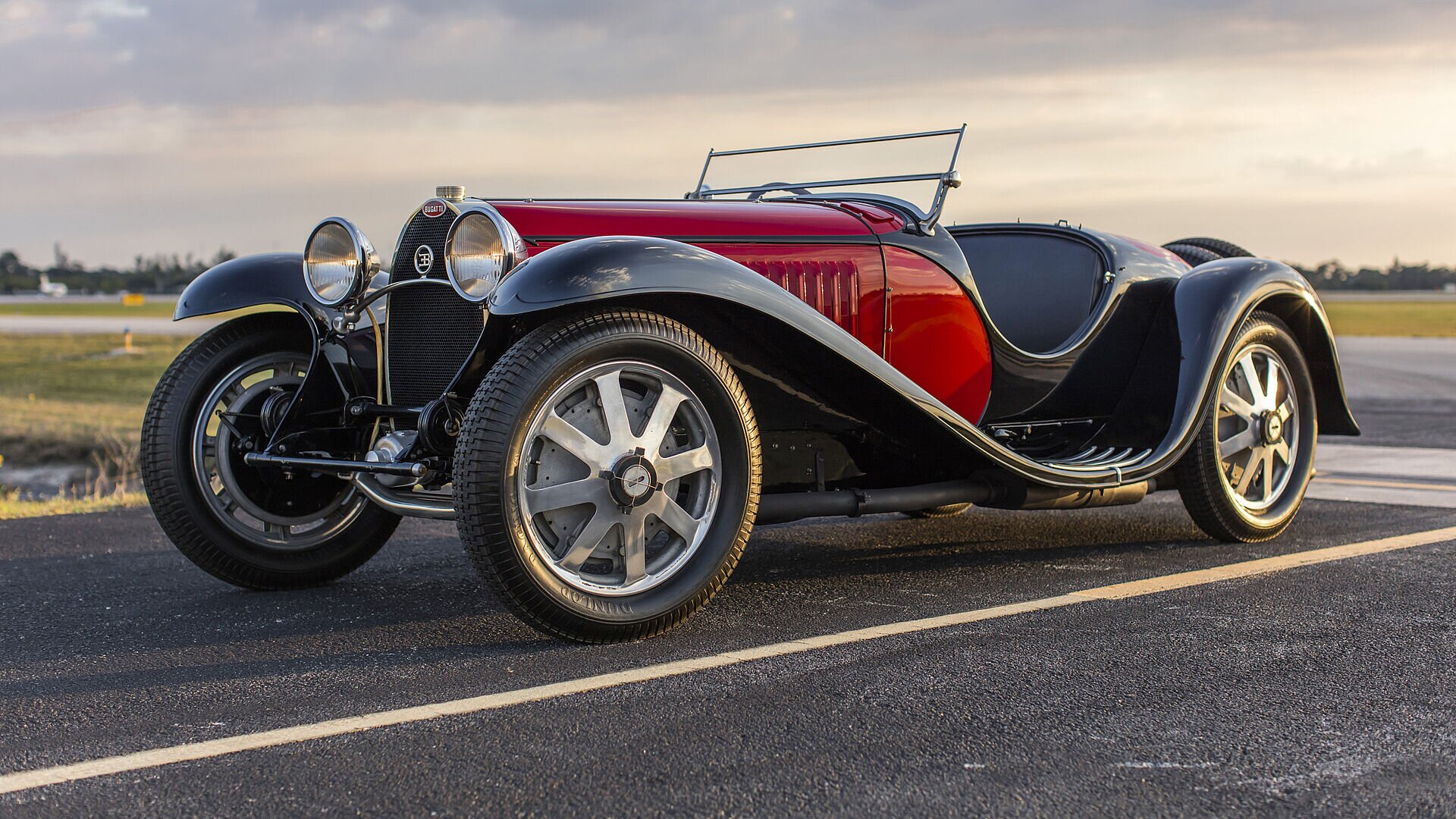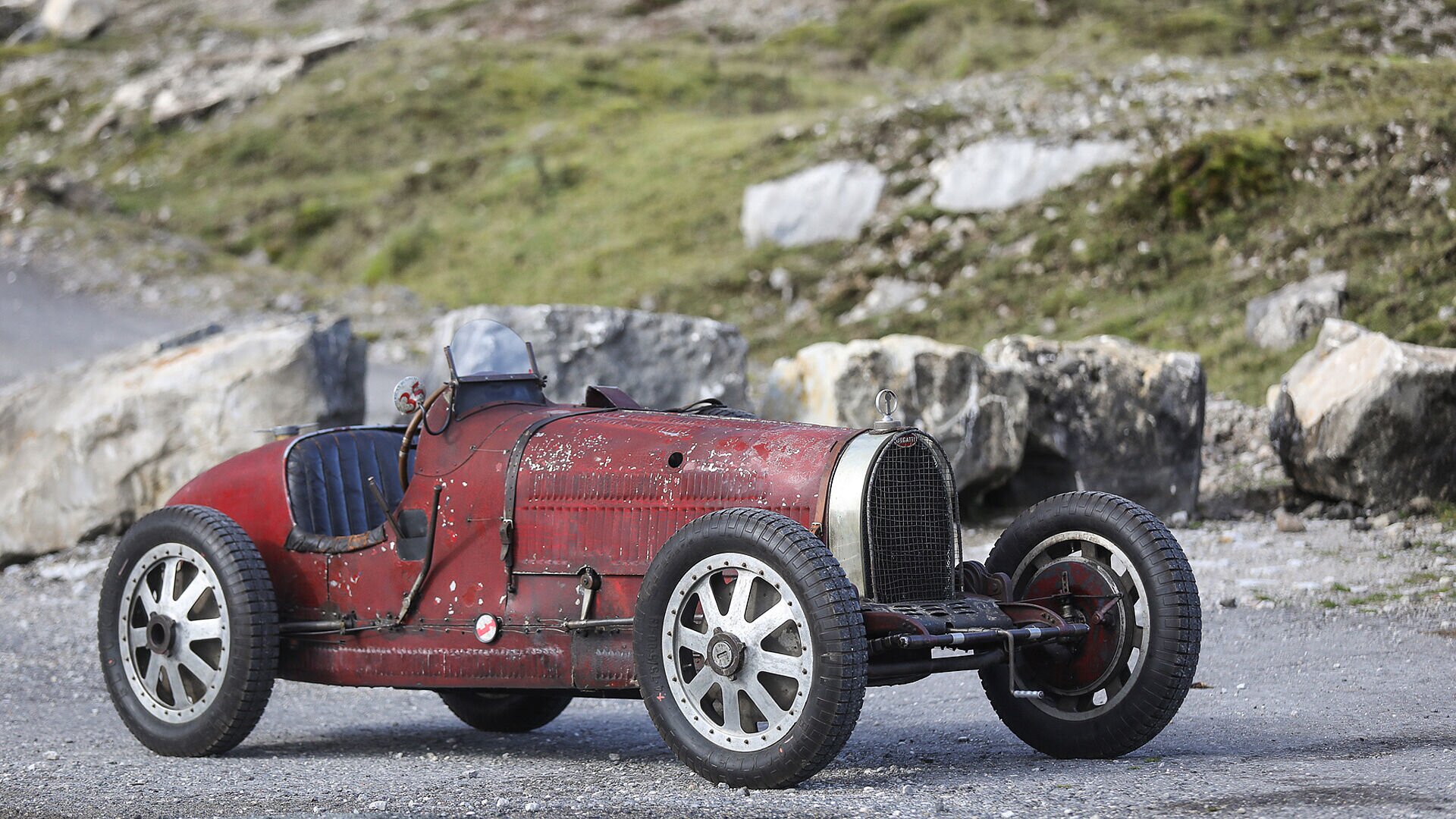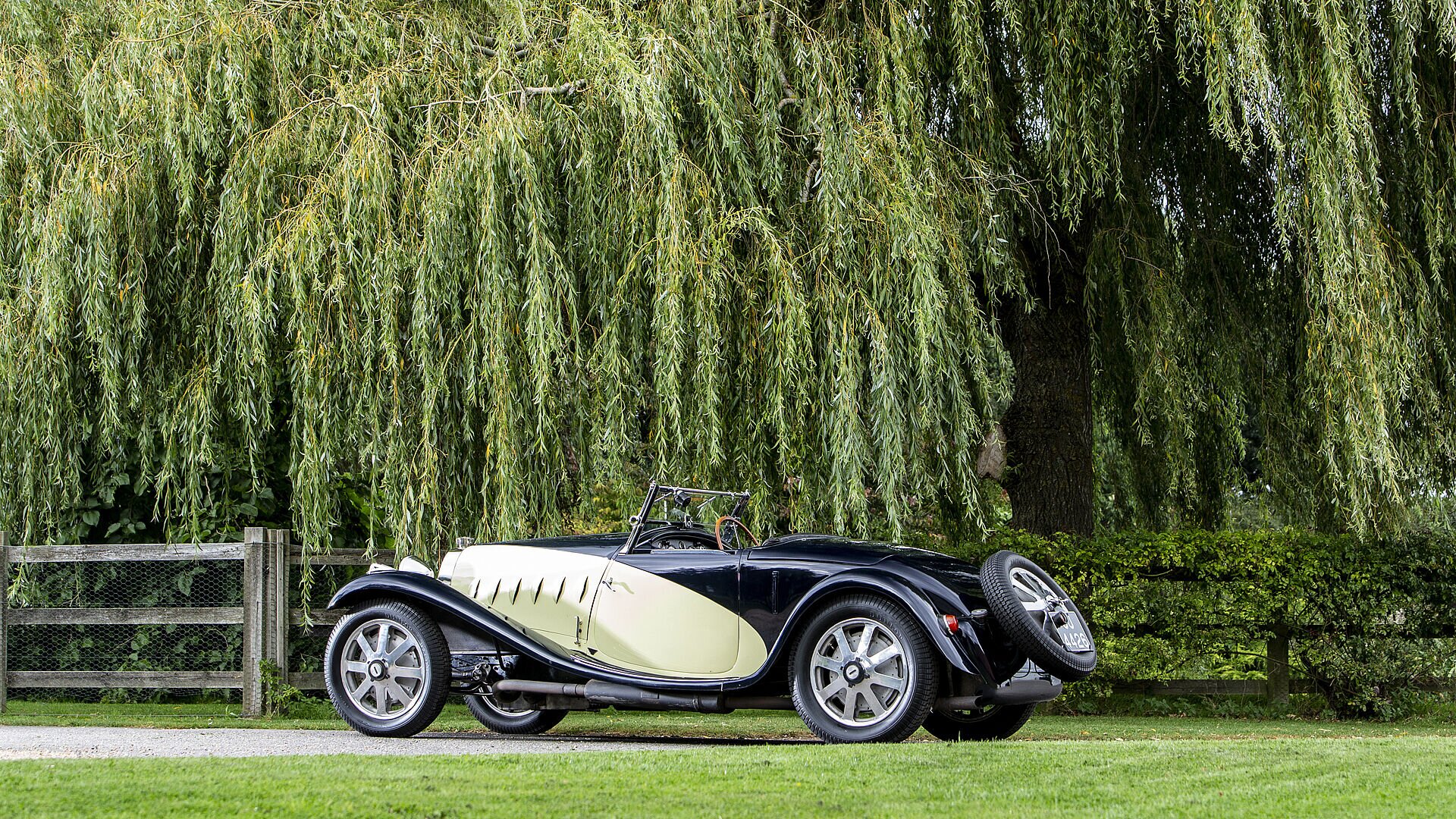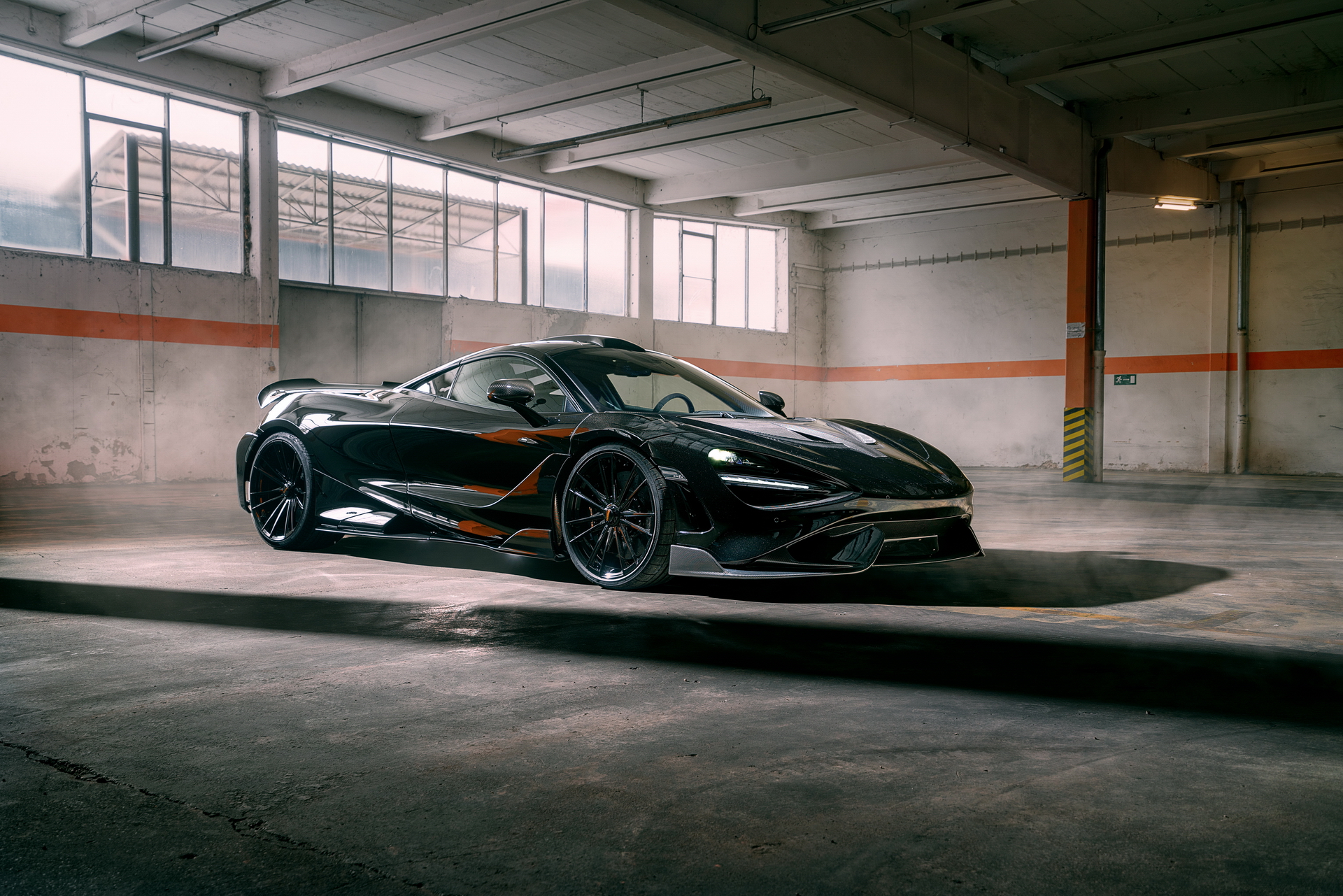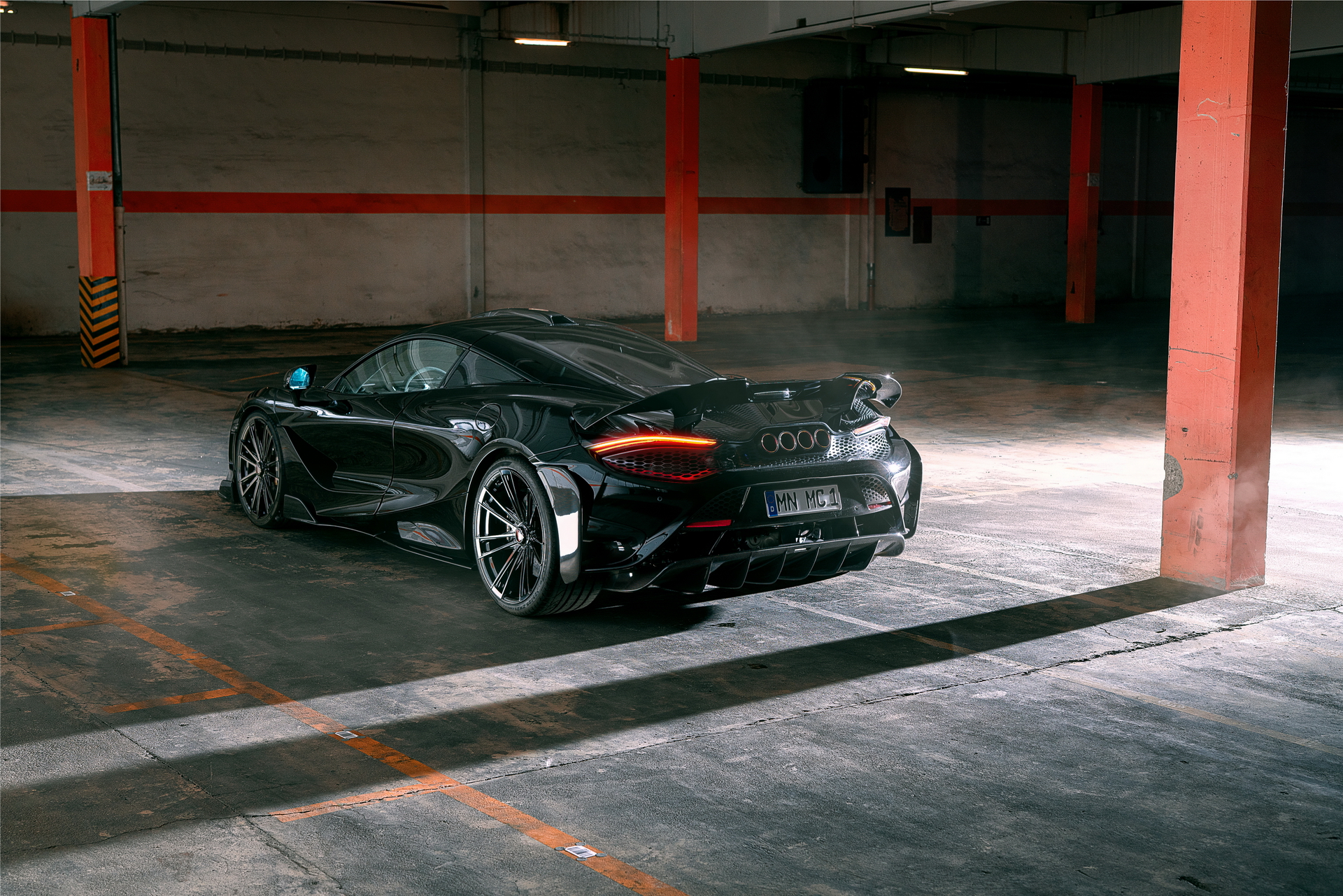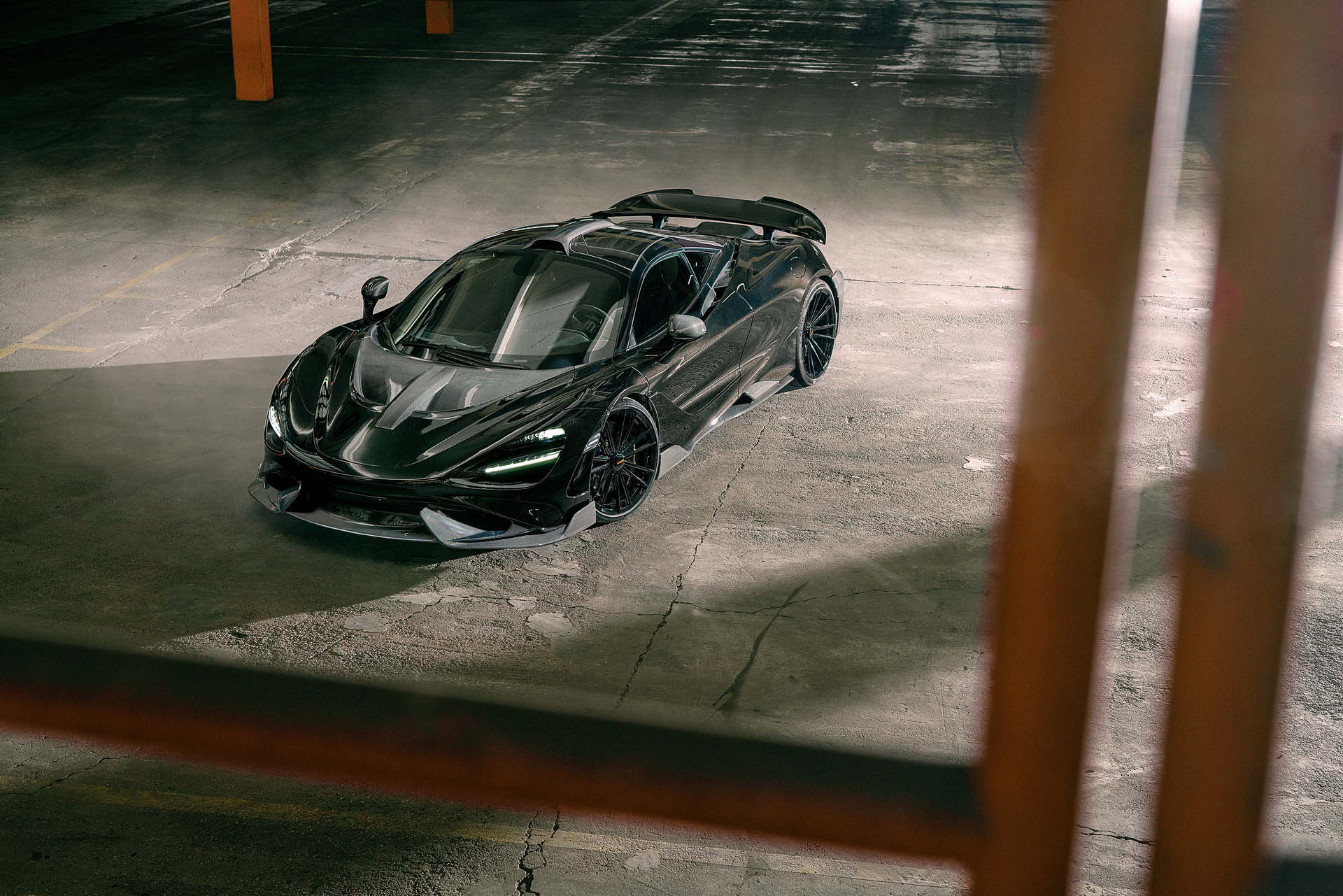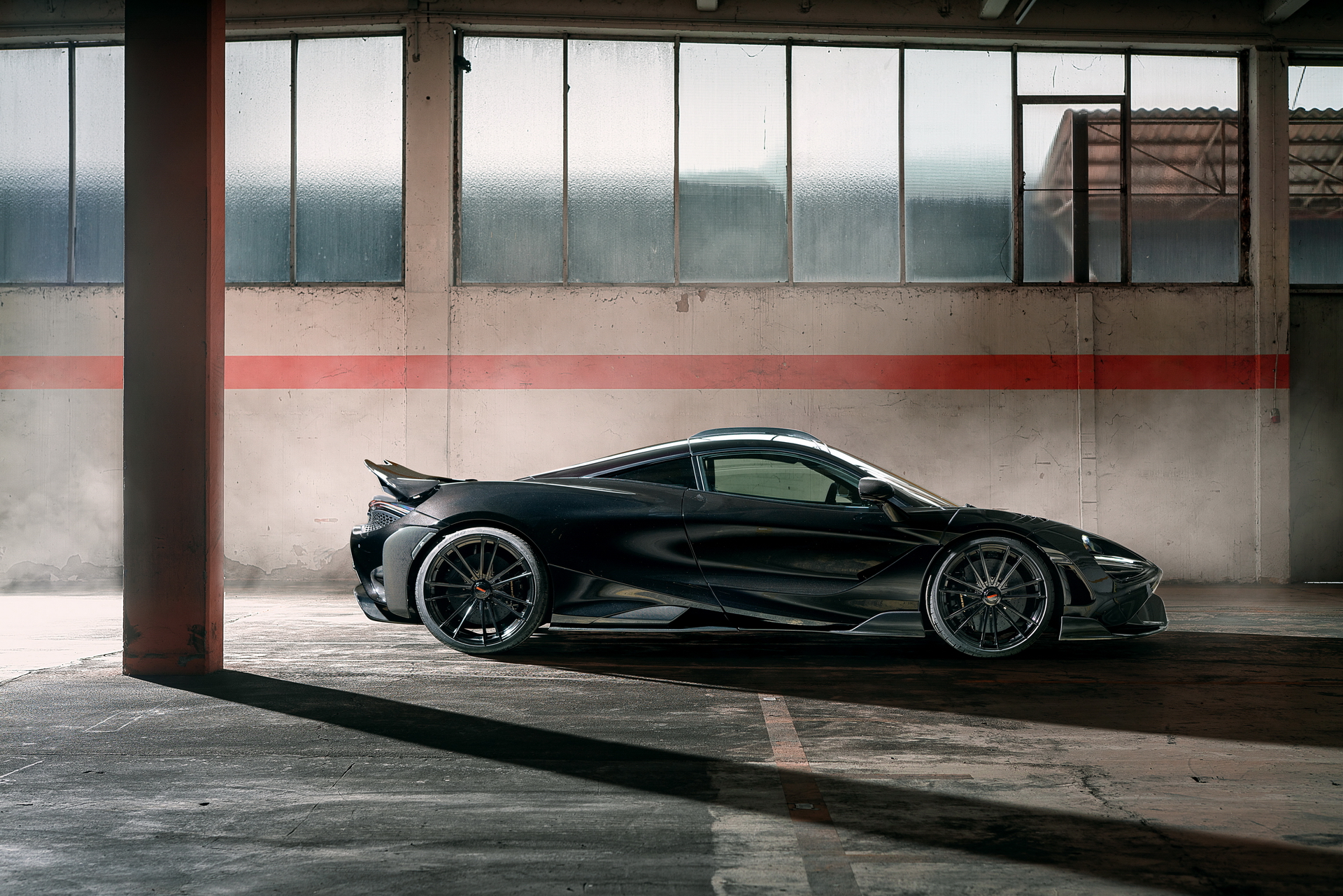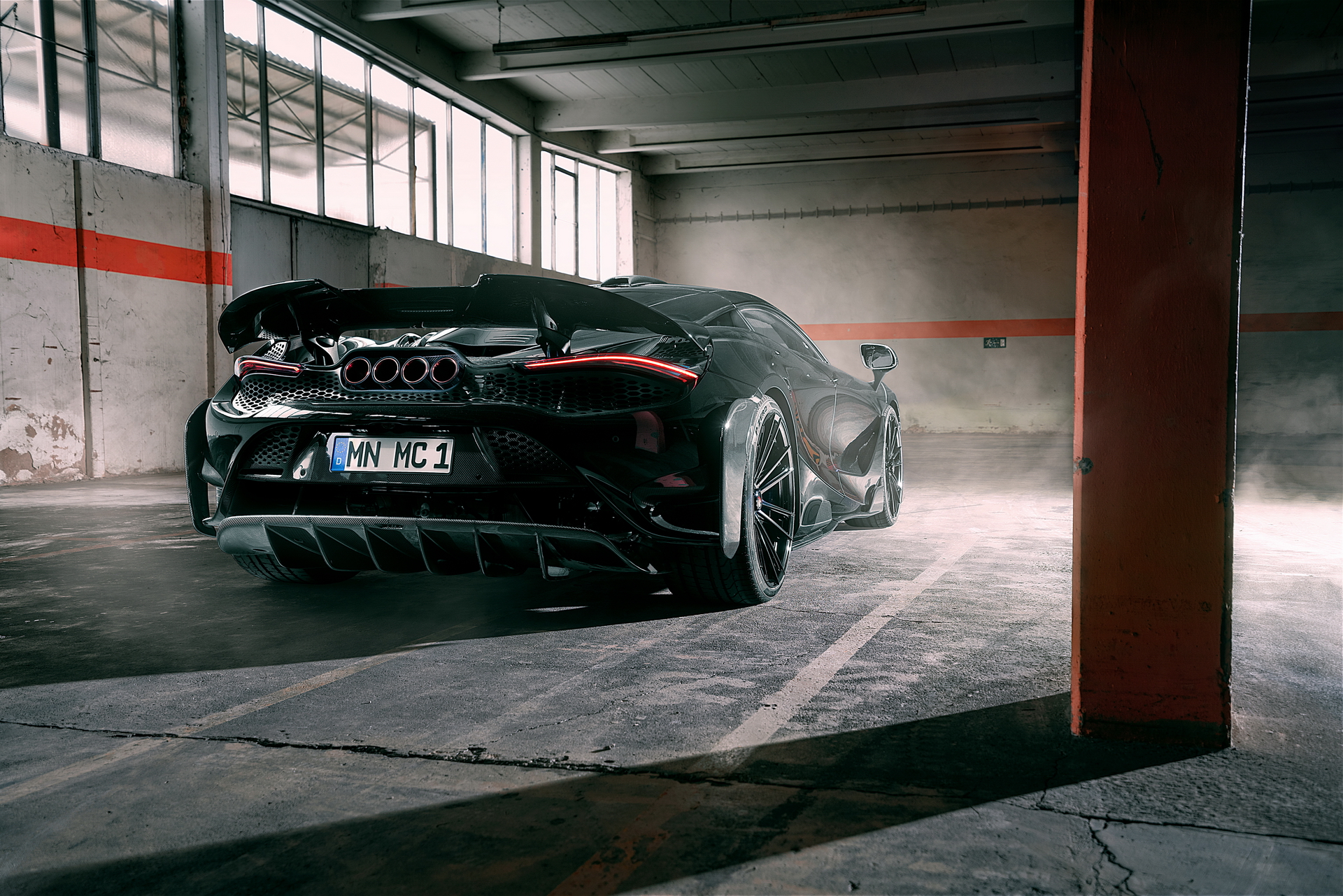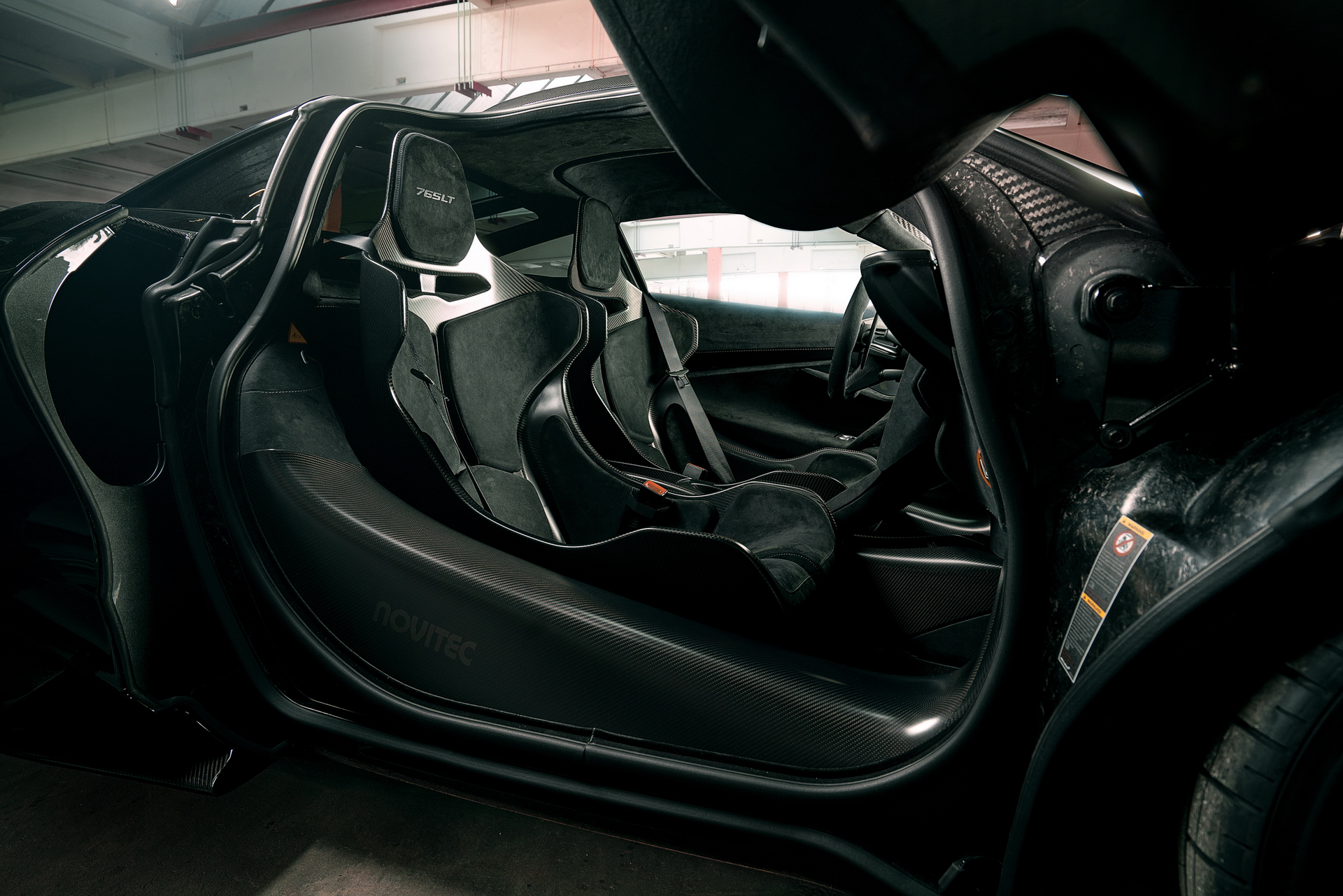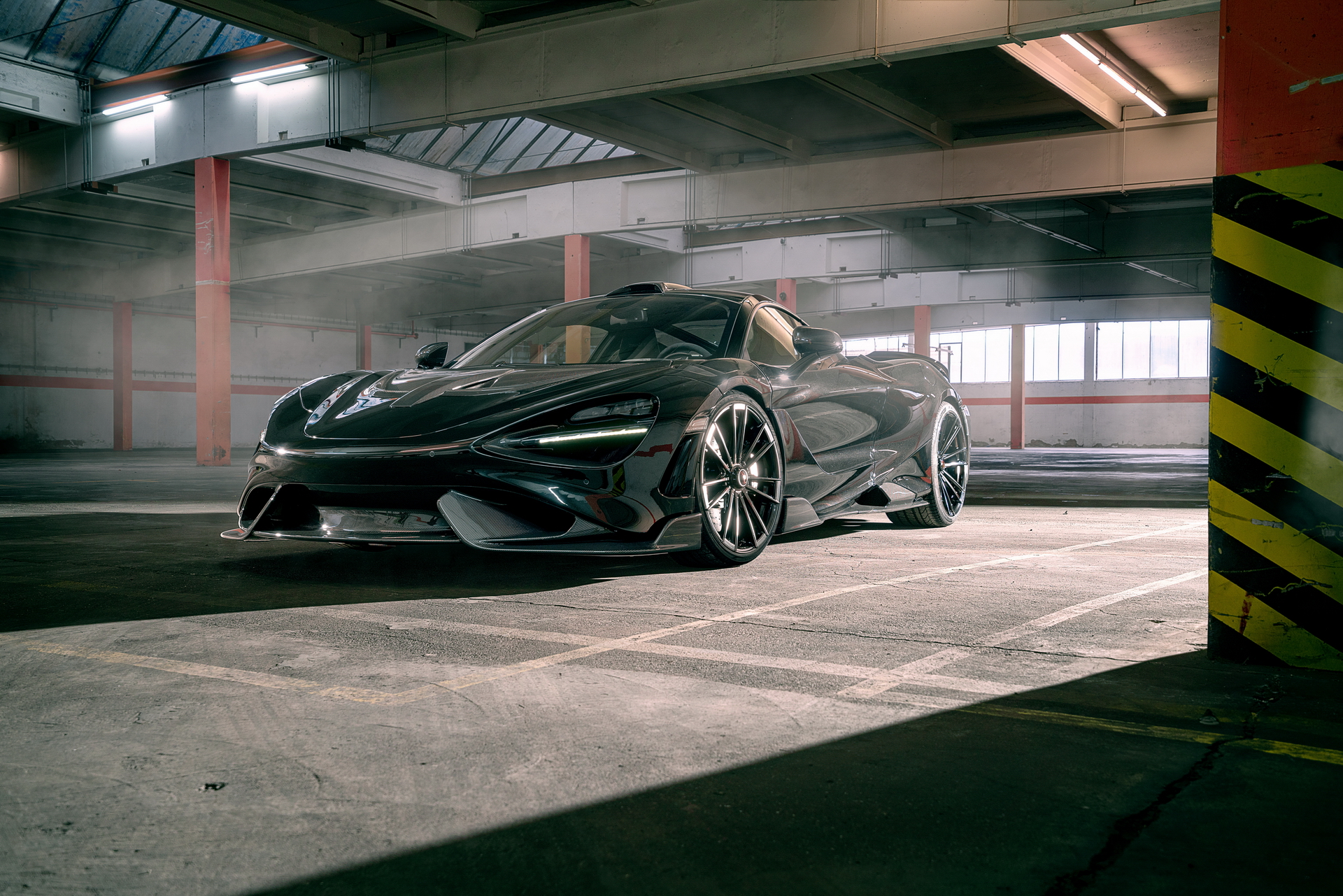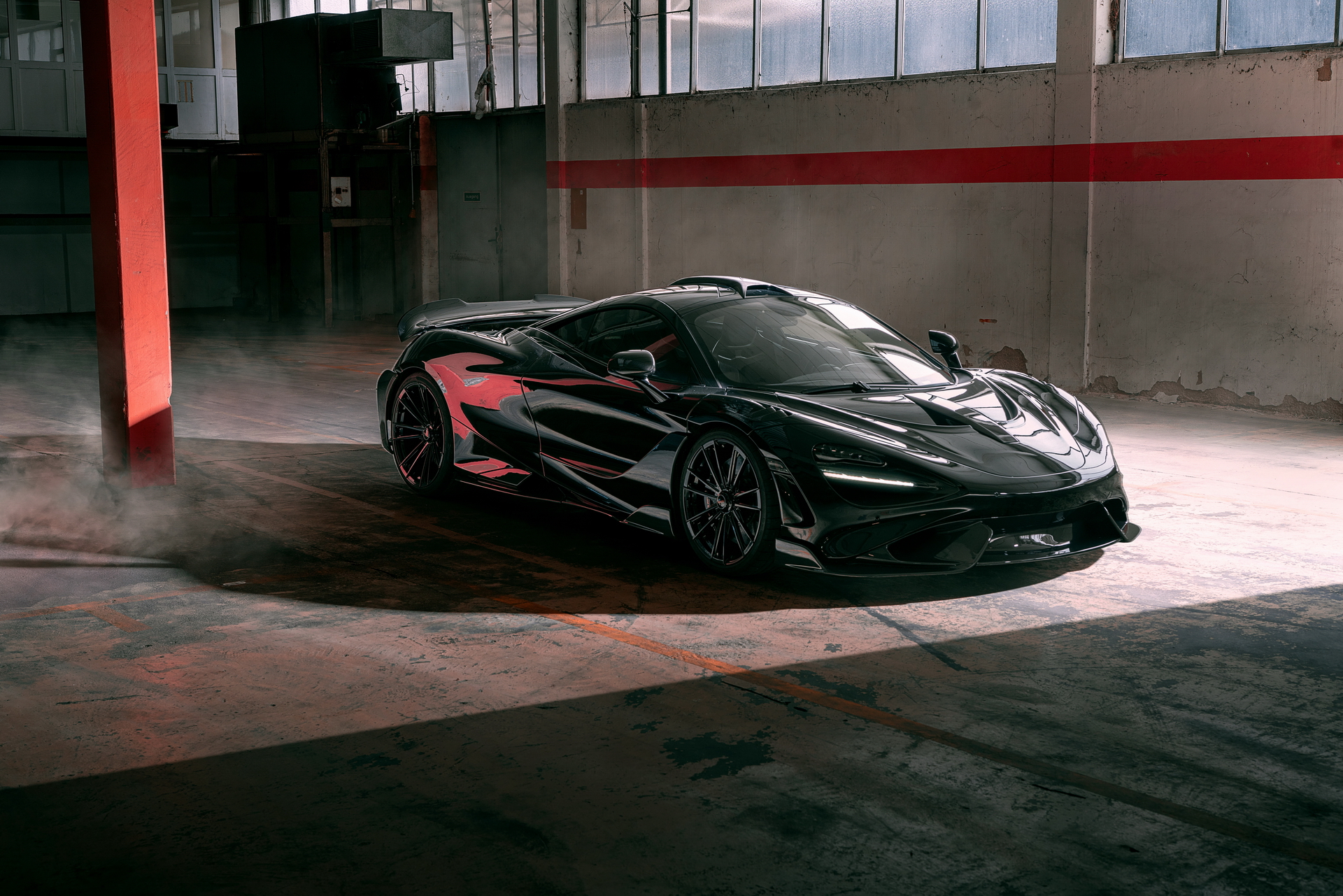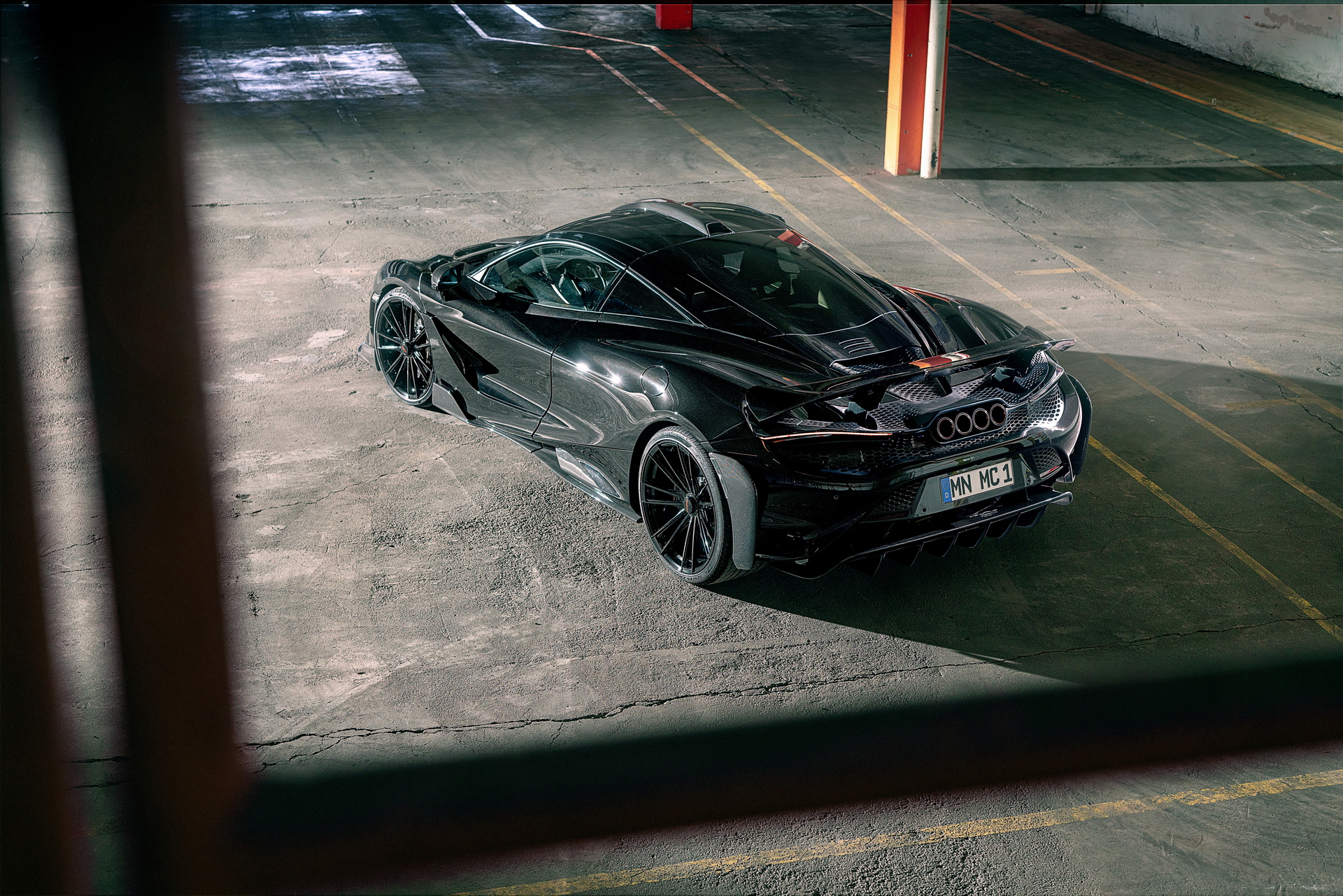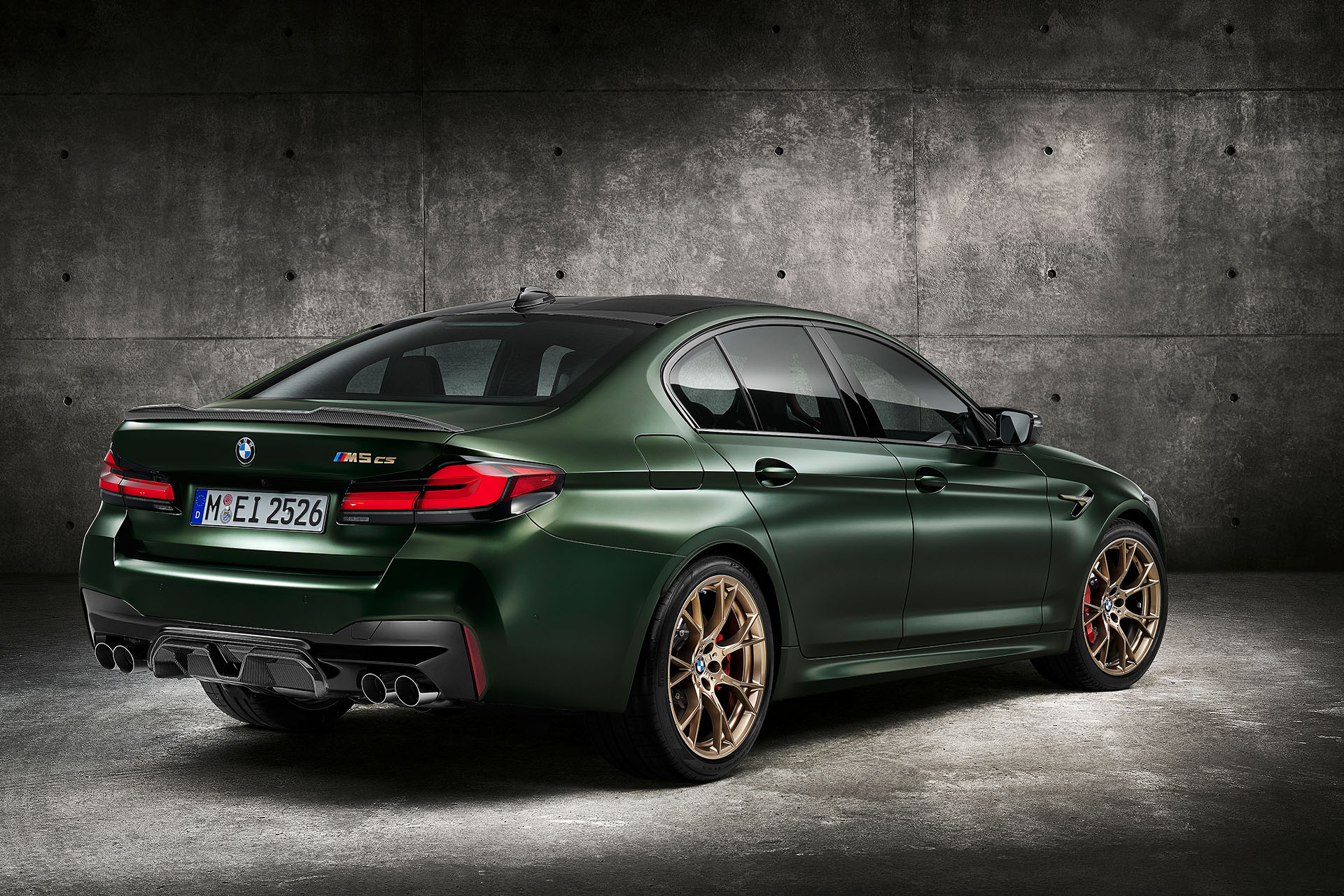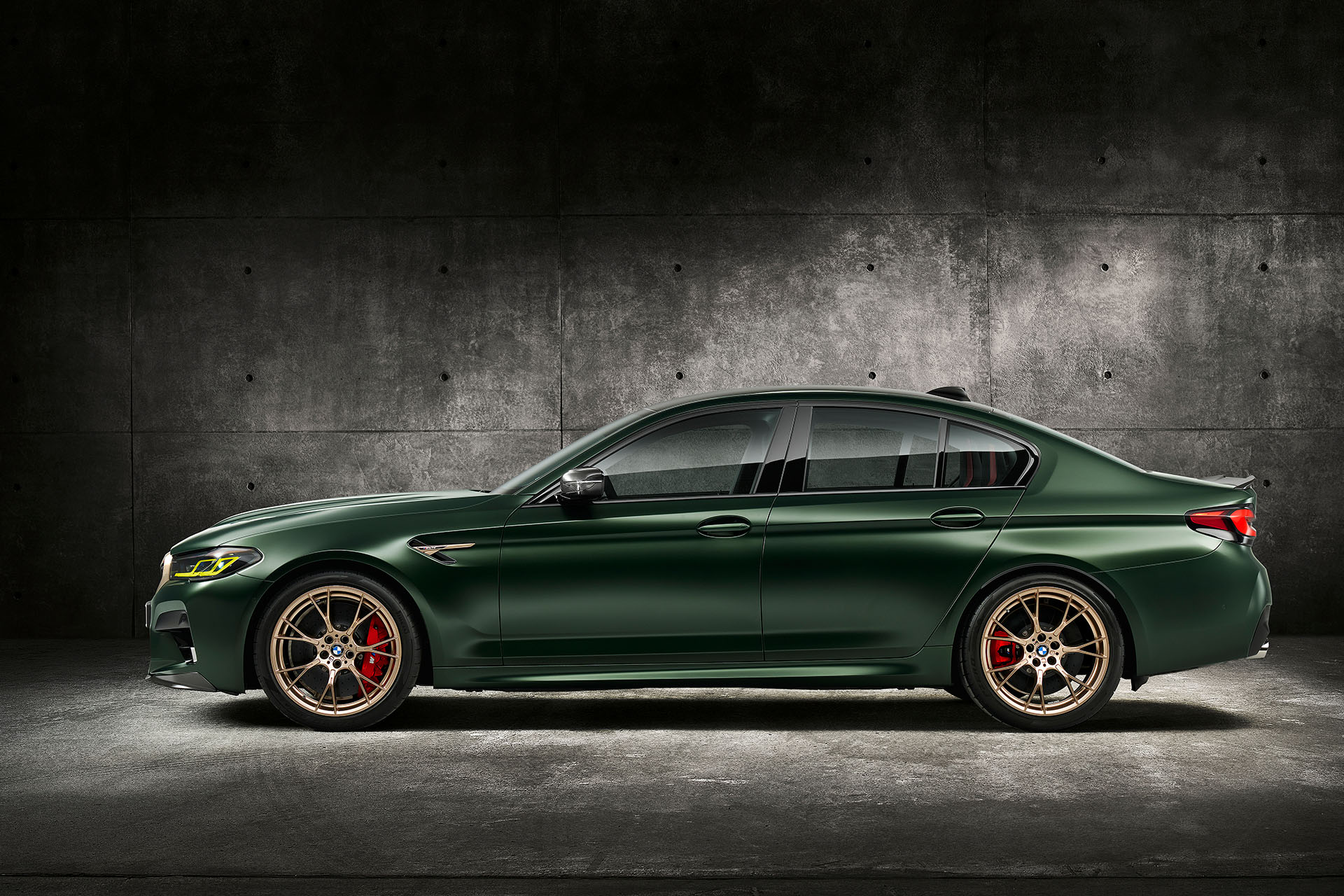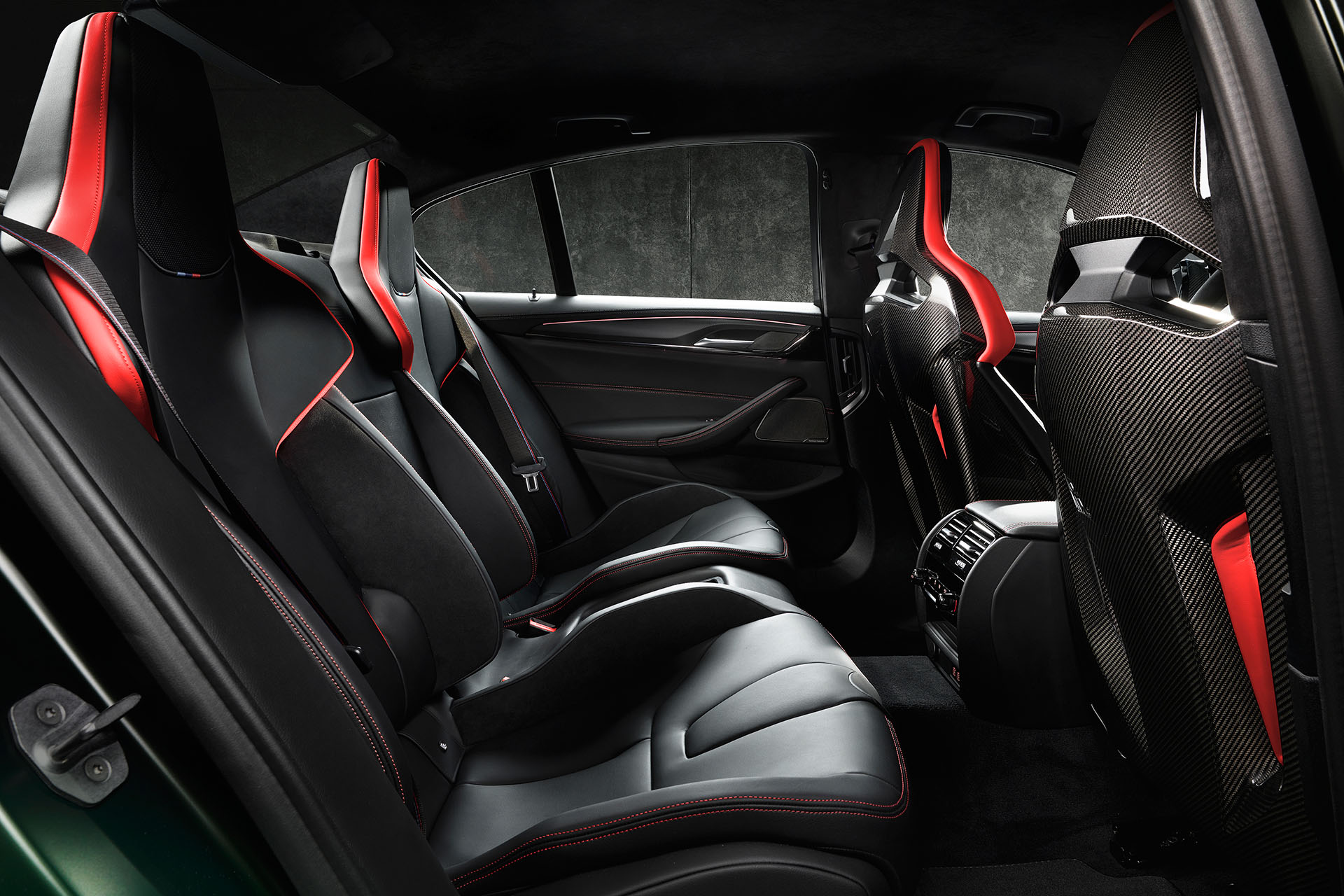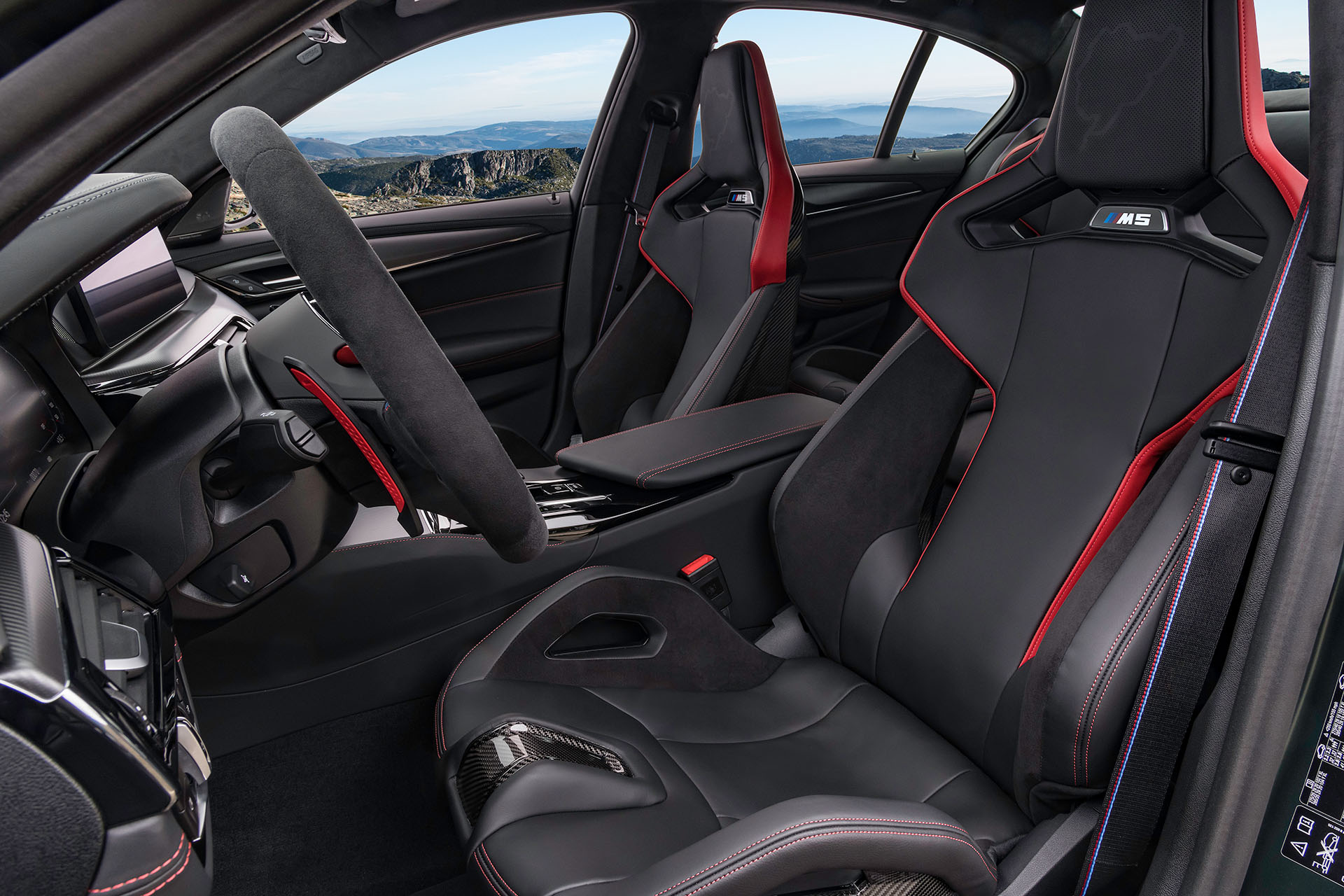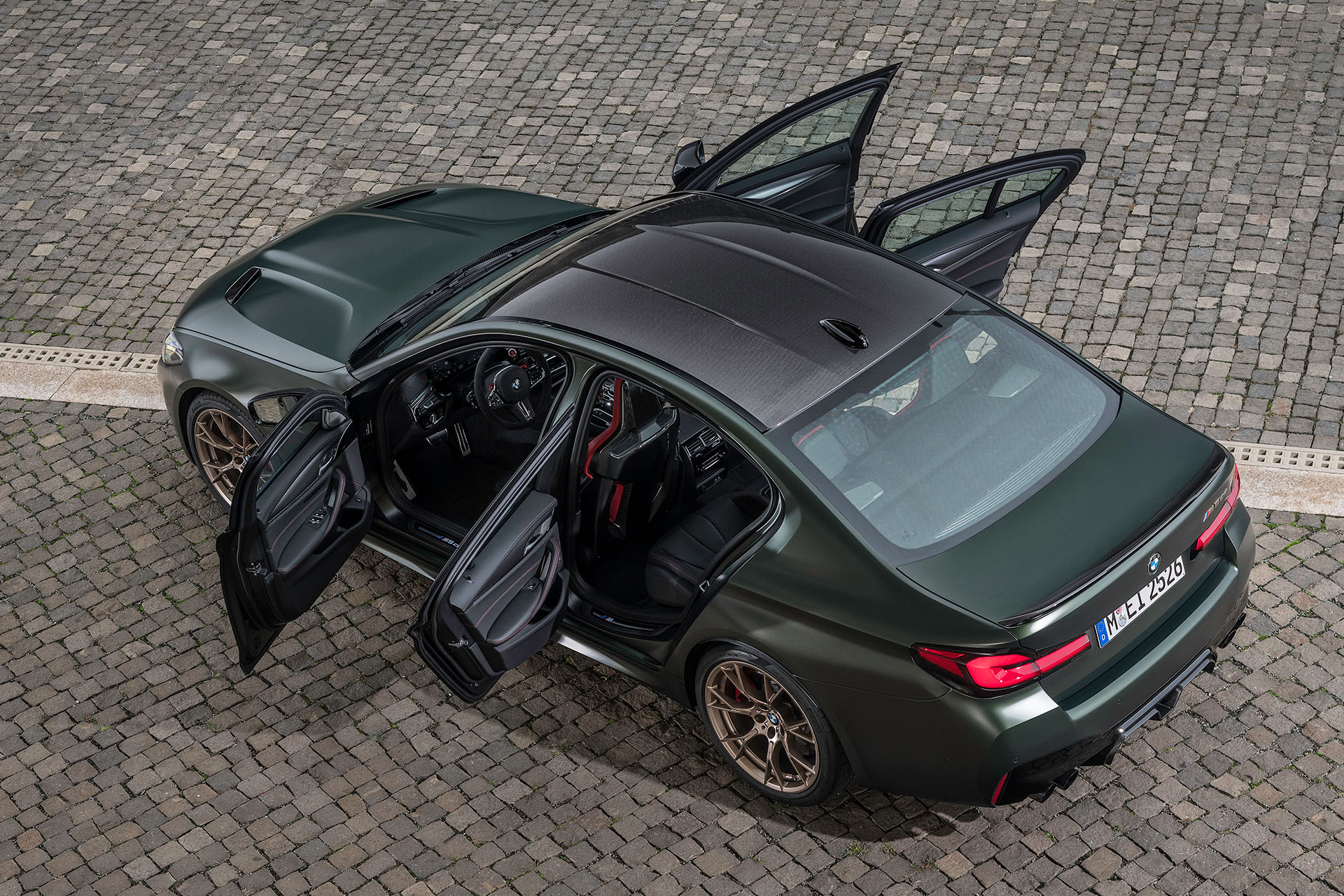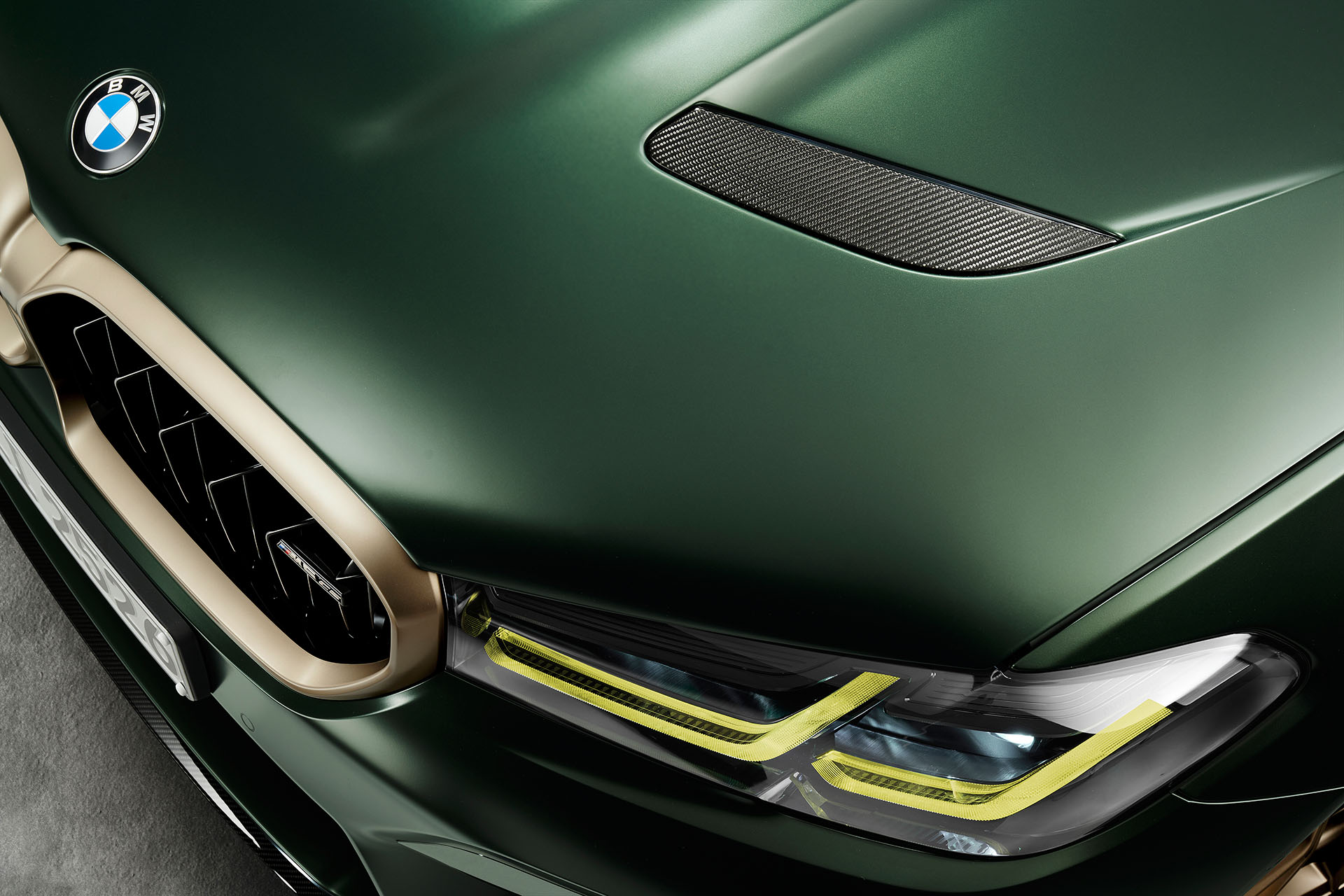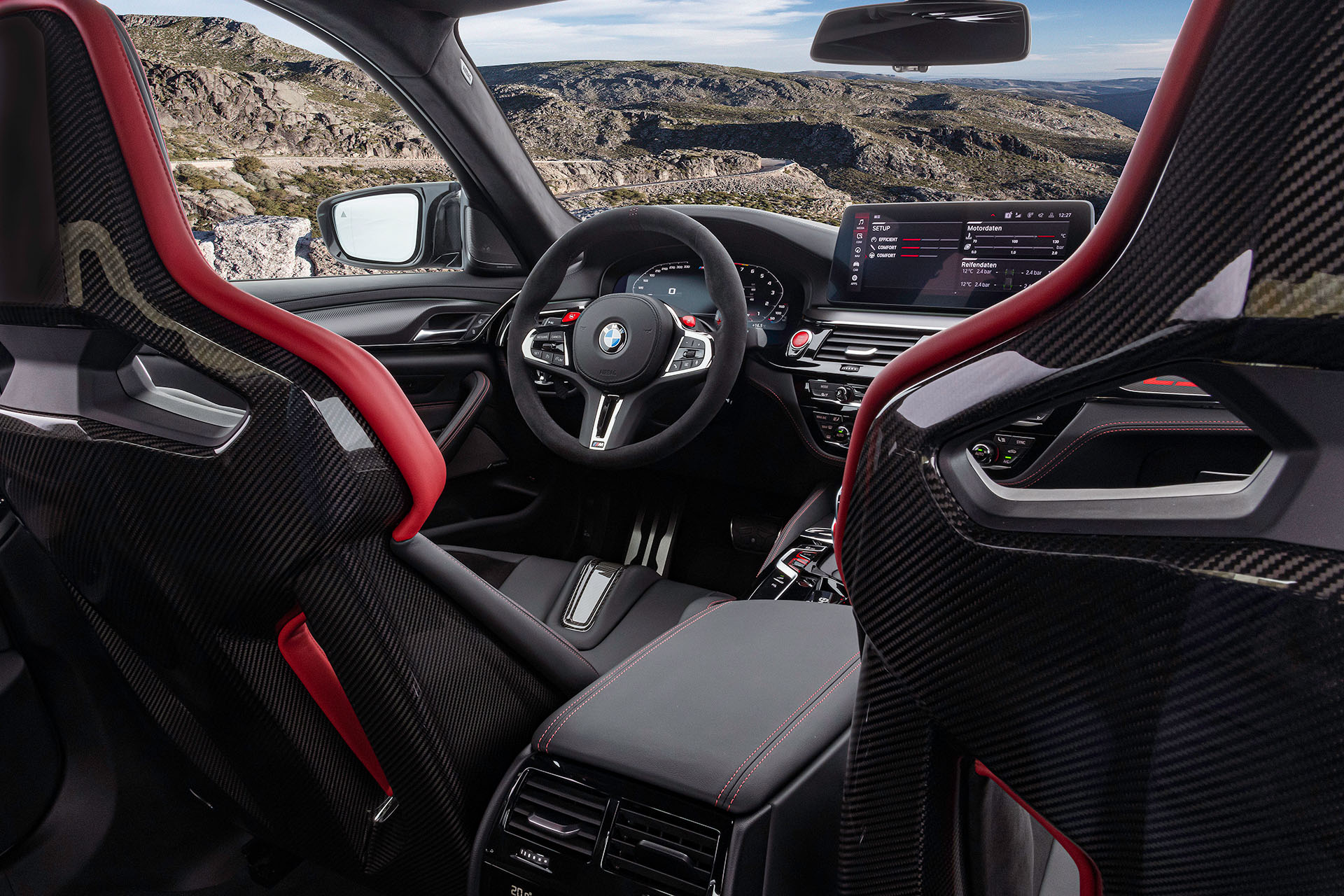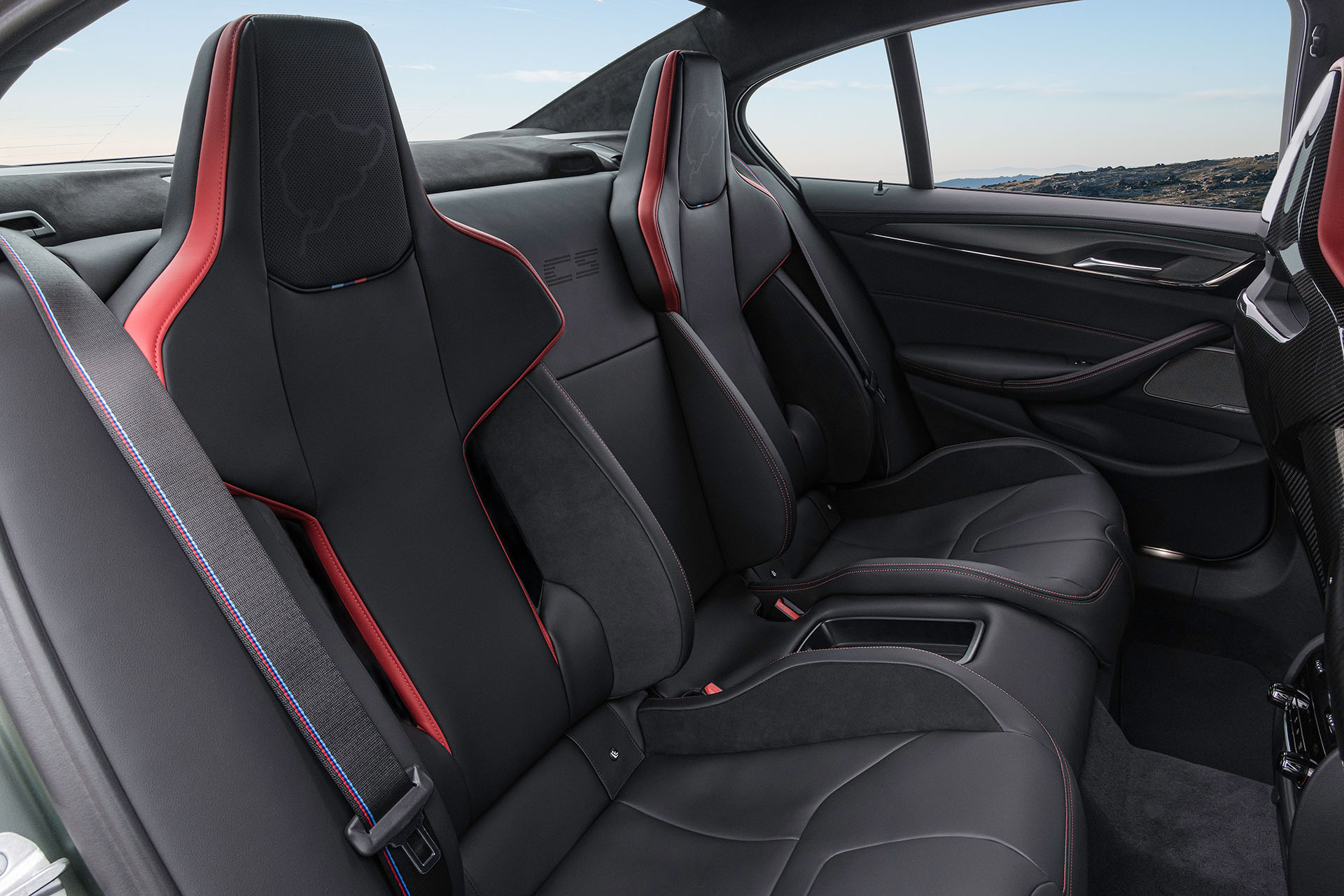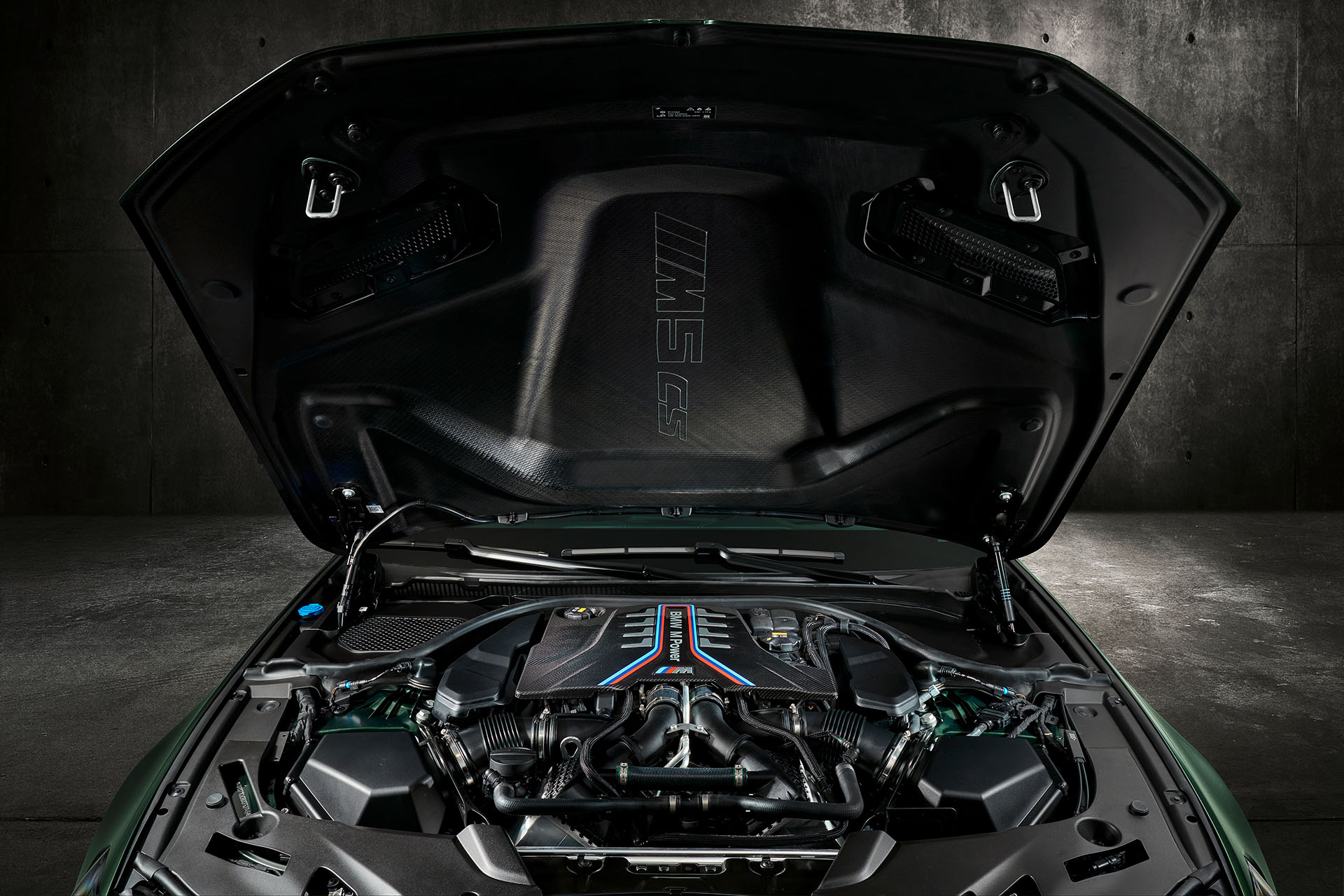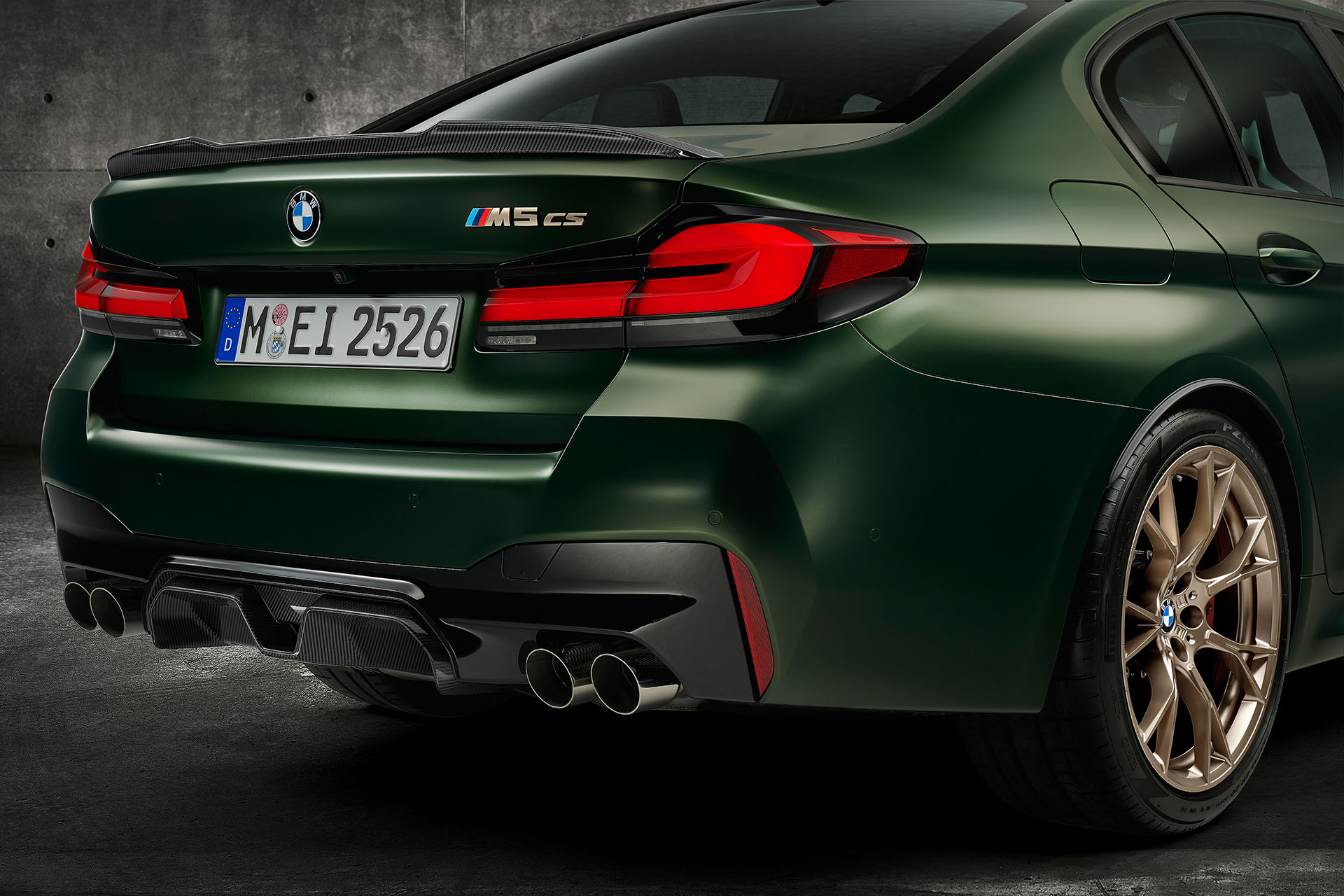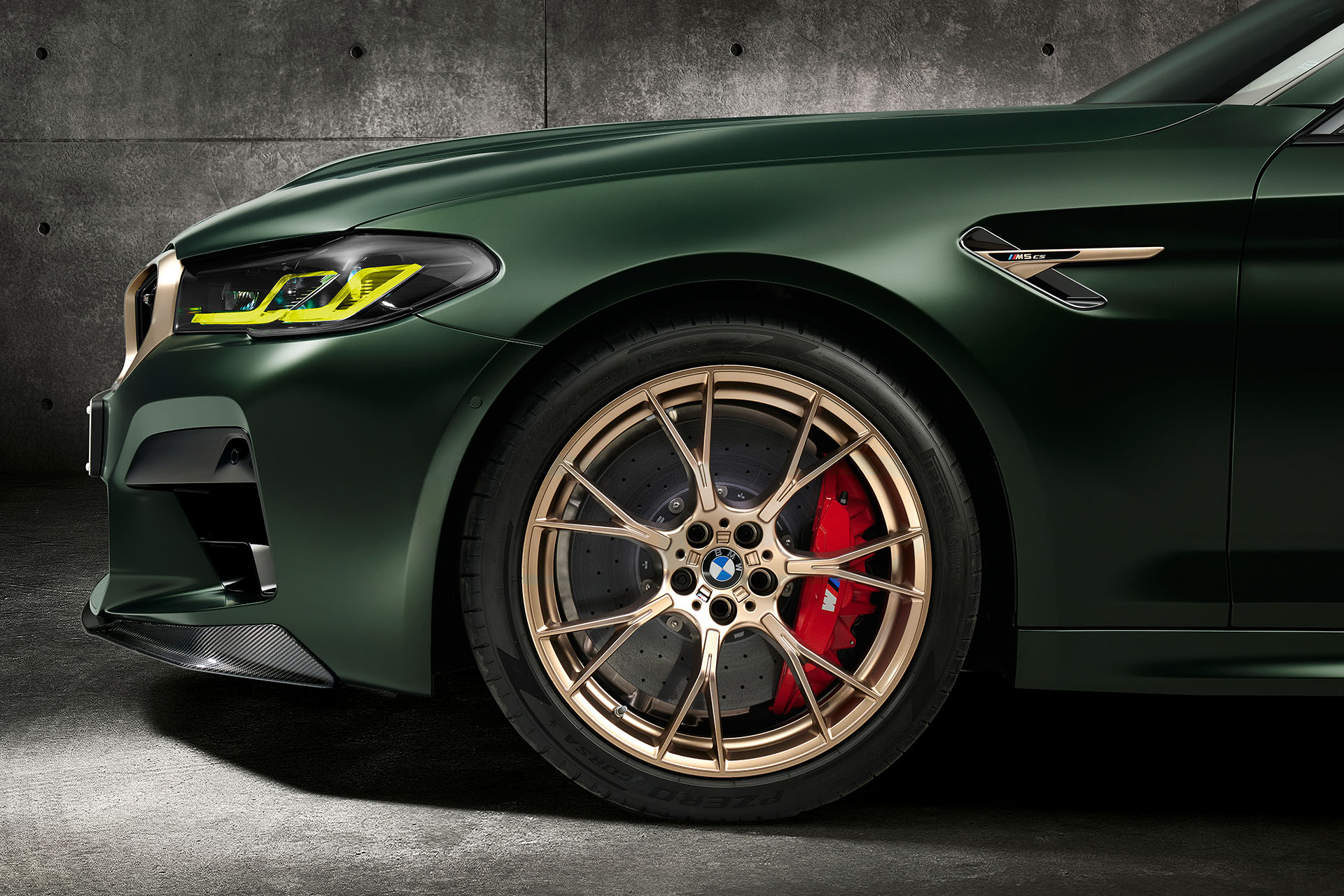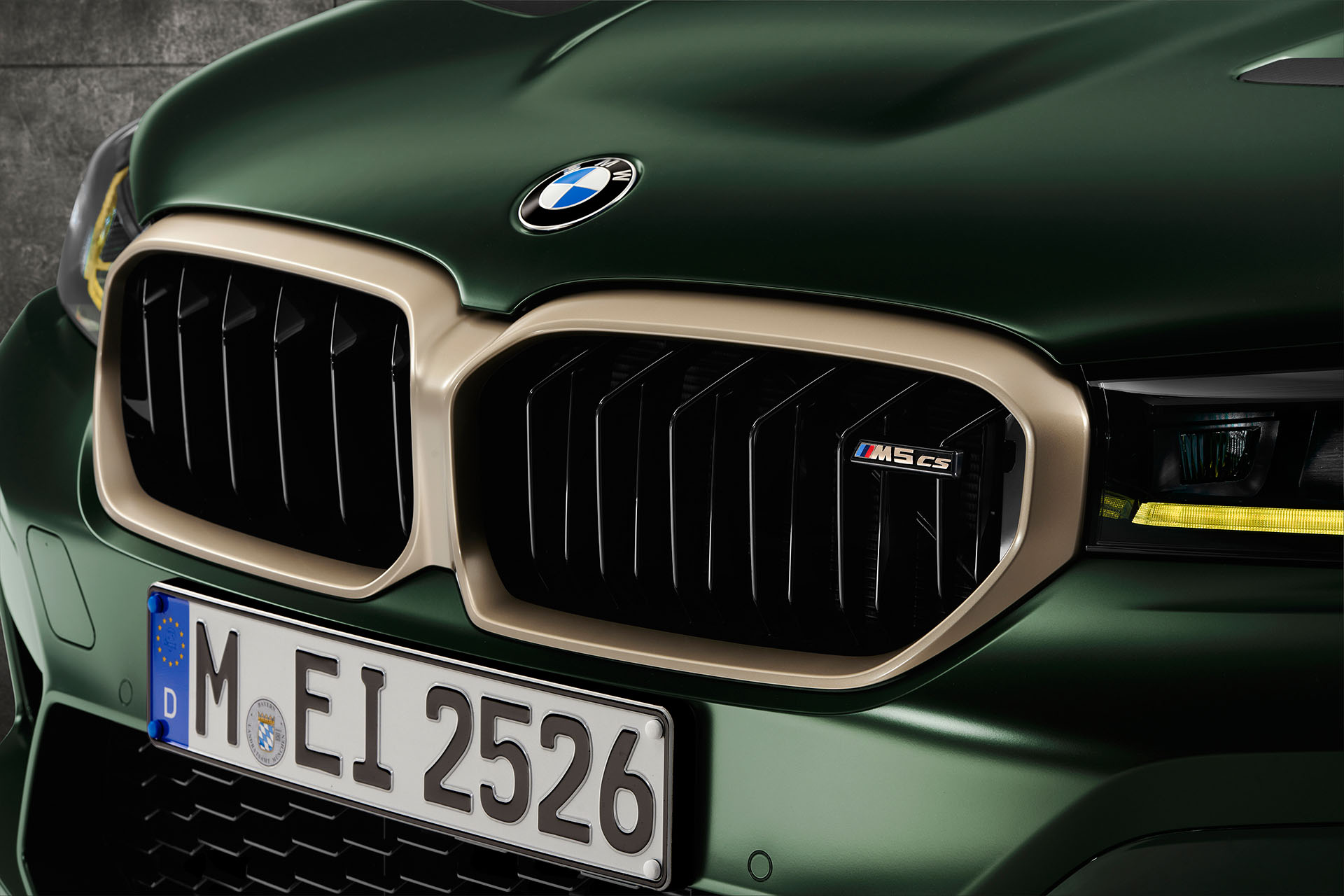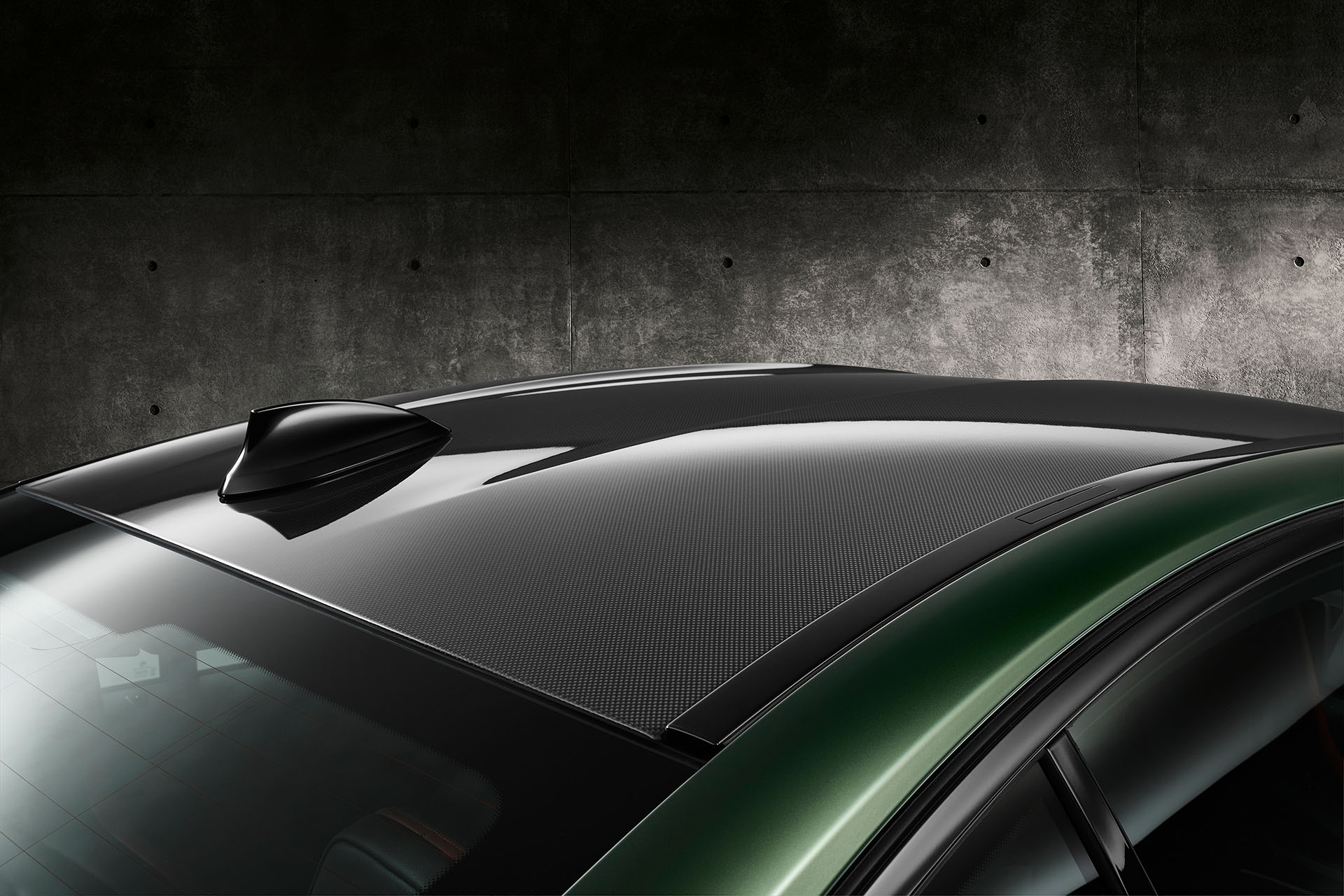The Ferrari 812 GTS tuned by NOVITEC
As is a successful tradition with Ferrari, there is also an open-top variant of the 812 series, the GTS. The twelve-cylinder front-engine sports car, equipped with a power-retractable hardtop in keeping with the times, can be customized exclusively at NOVITEC, the world’s leading refinement specialist for the powerful sports cars from Maranello.

The extensive product range includes aerodynamic-enhancement components in naked carbon, customized hi-tech forged wheels developed in cooperation with American manufacturer Vossen, a power upgrade to 618 kW / 840 hp, high-performance exhaust systems in various versions, and an interior tailored to the customer’s wishes in every detail.
The NOVITEC designers give the Spider an even sportier appearance with naked-carbon components. Of course, the development of the components did not only focus on thrilling looks: It is also based on extensive wind tunnel testing, which helped to optimize the handling stability of this sports car further.

To minimize front-axle lift, a front spoiler lip upgrades the production fascia. Its complement is a surround for the central air intake, whose two flaps extend over the side air intakes. This upgrade not only gives the 812 a more aggressive front view but also optimizes handling stability at high speeds.
A three-piece spoiler lip taking the form of a separation edge was developed as an aerodynamic counterpart at the rear, as was a strikingly contoured carbon upgrade for the bumper.
The NOVITEC rocker panels calm the airflow between the front and rear wheel arches and give the open-top sports car an even sportier look. The carbon trim for the exterior mirrors and the trim for the side air outlets behind the front wheel arches round off the modified side view. The two air outlets on the hood round off the racing looks.
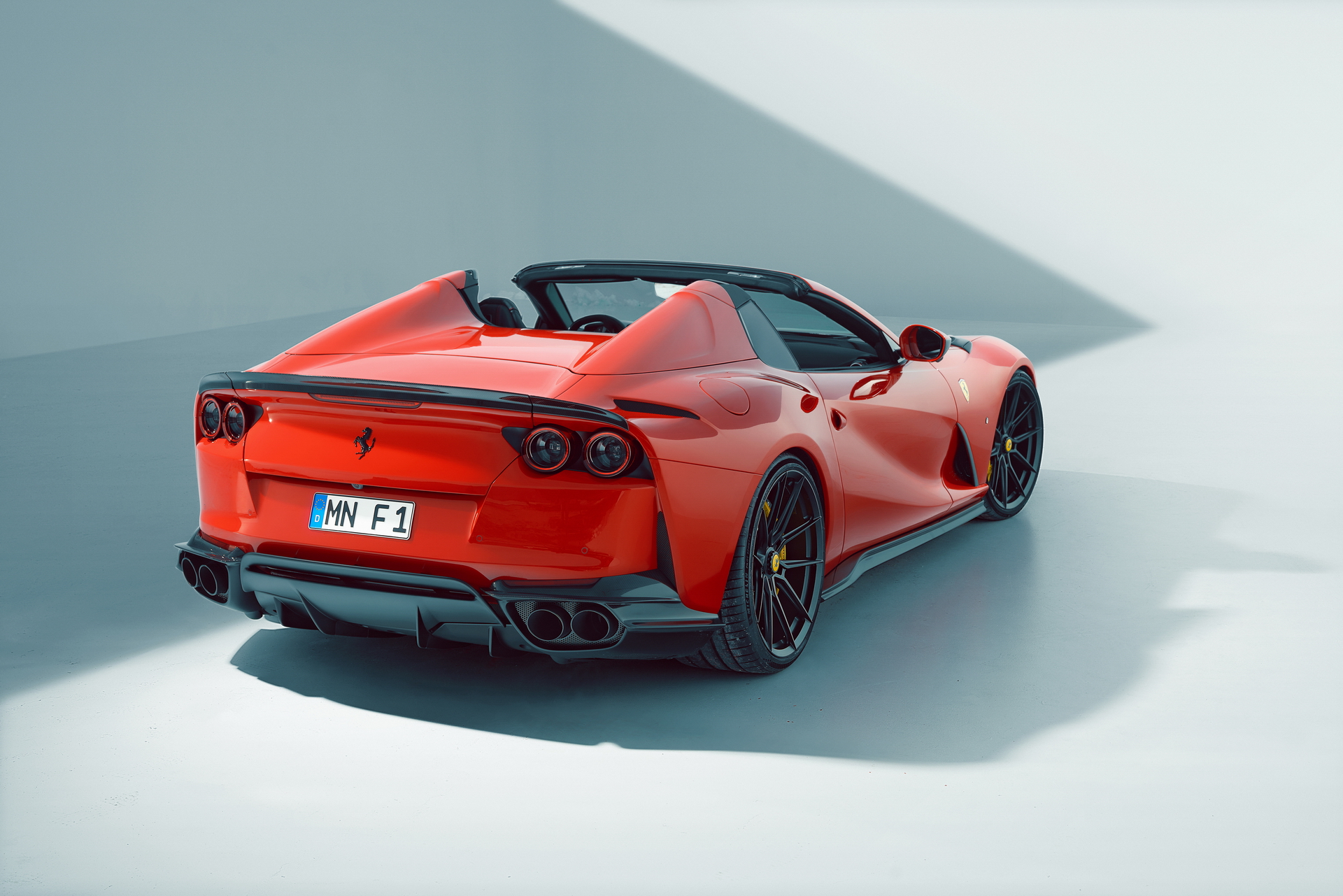
The forged wheels developed specifically for the 812 models in cooperation with Vossen play of course also a crucial part in the thrilling looks of the Ferrari refined by NOVITEC. To emphasize the wedge shape of the open-top two-seater further, three tailor-made wheel/tire combinations with staggered diameters were developed for the front and rear axle. All NOVITEC forged wheels are available in a variety of colors and with three different surface finishes – standard, polished or brushed.
The Ferrari 812 GTS in the attached photos runs on NOVITEC NF 10 wheels of sizes 10Jx21 with high-performance tires of size 275/30 ZR 21 at the front and size 12.5Jx22 wheels with size 335/25 ZR 22 tires in back. The wheels with five pairs of delicate twin spokes are produced by high-end US manufacturer Vossen using state-of-the-art forging and machining technology. The NOVITEC NF 10 wheels transfer the racing legend of Ferrari to the road-going sports car with their stylized center lock.
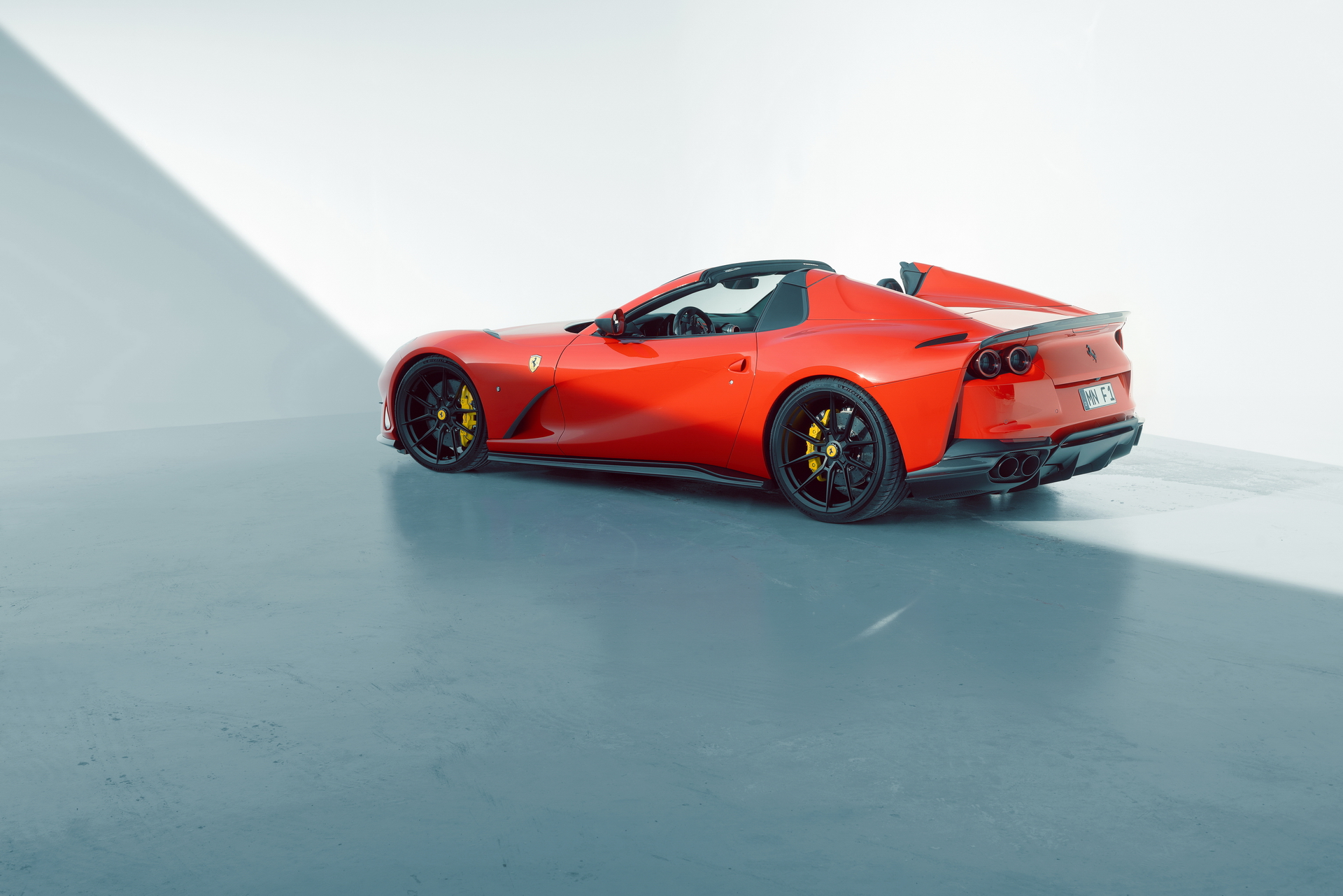
The NOVITEC sport springs lower the ride height of the Ferrari by about 35 millimeters. The lowered center of gravity makes the handling even more agile. In order to negotiate obstacles such as speed bumpers or steep parking garage ramps on the road easily, NOVITEC offers a hydraulic height adjustment system for the front axle. At the touch of a button in the cockpit, the front end raises by about four centimeters and lowers again at another touch of the button or automatically upon reaching a speed of 80 km/h.
Not even an open-top super sports car can ever have enough power. That is why the NOVITEC powerplant engineers are working on a performance upgrade for the 6.5-liter naturally aspirated four-valve V12 engine. With the NOVITEC High Performance exhaust system, combined with sports catalysts, output jumps to 618 kW / 840 hp at 8,750 rpm. At the same time, peak torque grows to 751 Nm at 7,300 rpm. This slings the powerful open-top sports car from zero to 100 km/h in just 2.8 seconds. The top speed increases to 345 km/h.
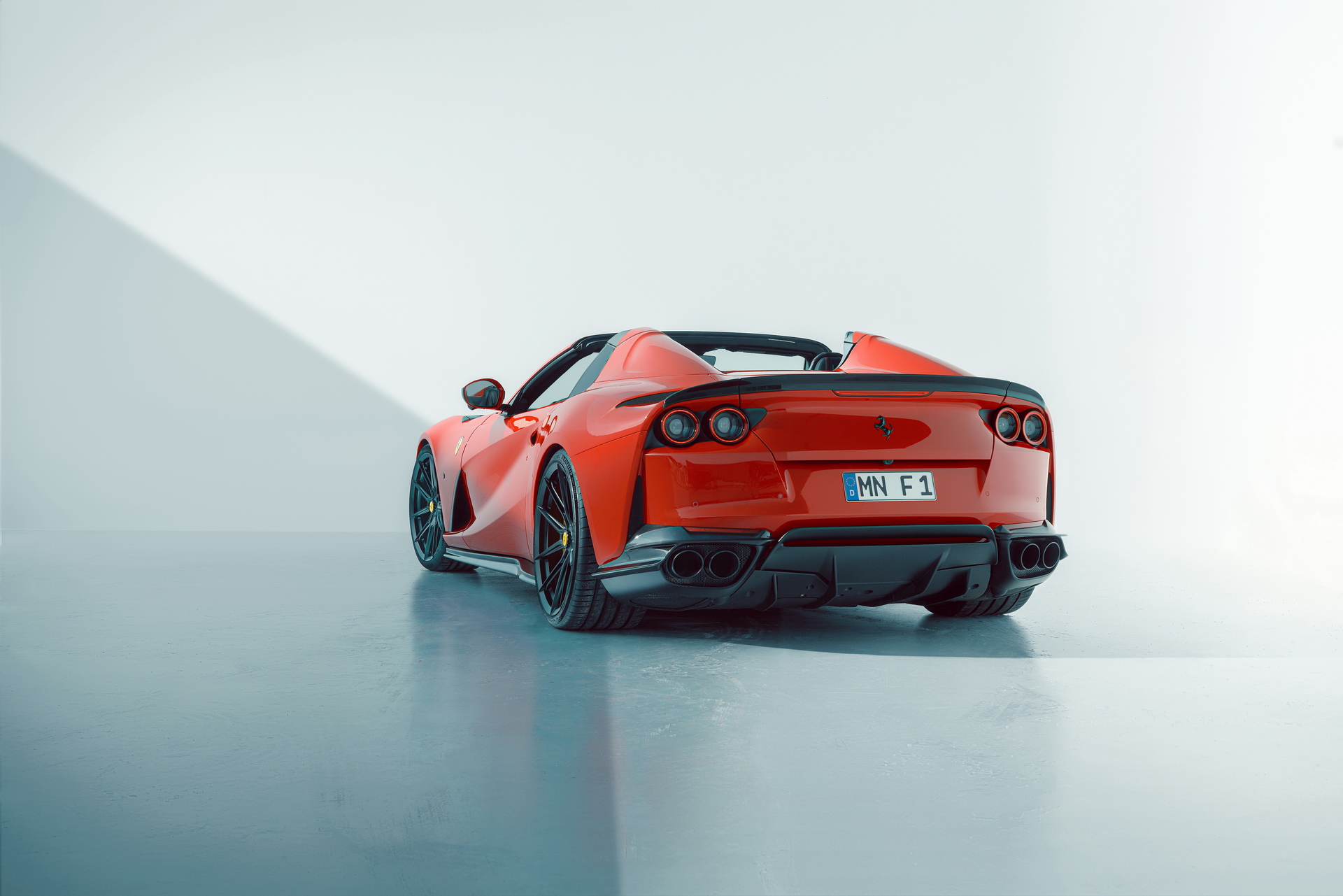
Of course, the NOVITEC high-performance exhaust systems offer not only optimized performance but also a particularly thrilling exhaust note. They can be combined with tailpipes measuring 110 millimeters in diameter, which are adapted to fit the rear contours. They are available in a version made from polished stainless steel or finished with a matte black coating. The NOVITEC exhaust systems for the 812 are available with or without sound management by means of active exhaust flap control and can also be finished with 999 fine gold plating for optimized heat dissipation.
Opting for the variant made from INCONEL, which is also used for exhaust systems in Formula 1 racing, saves up to eleven kilograms of weight over the production system.
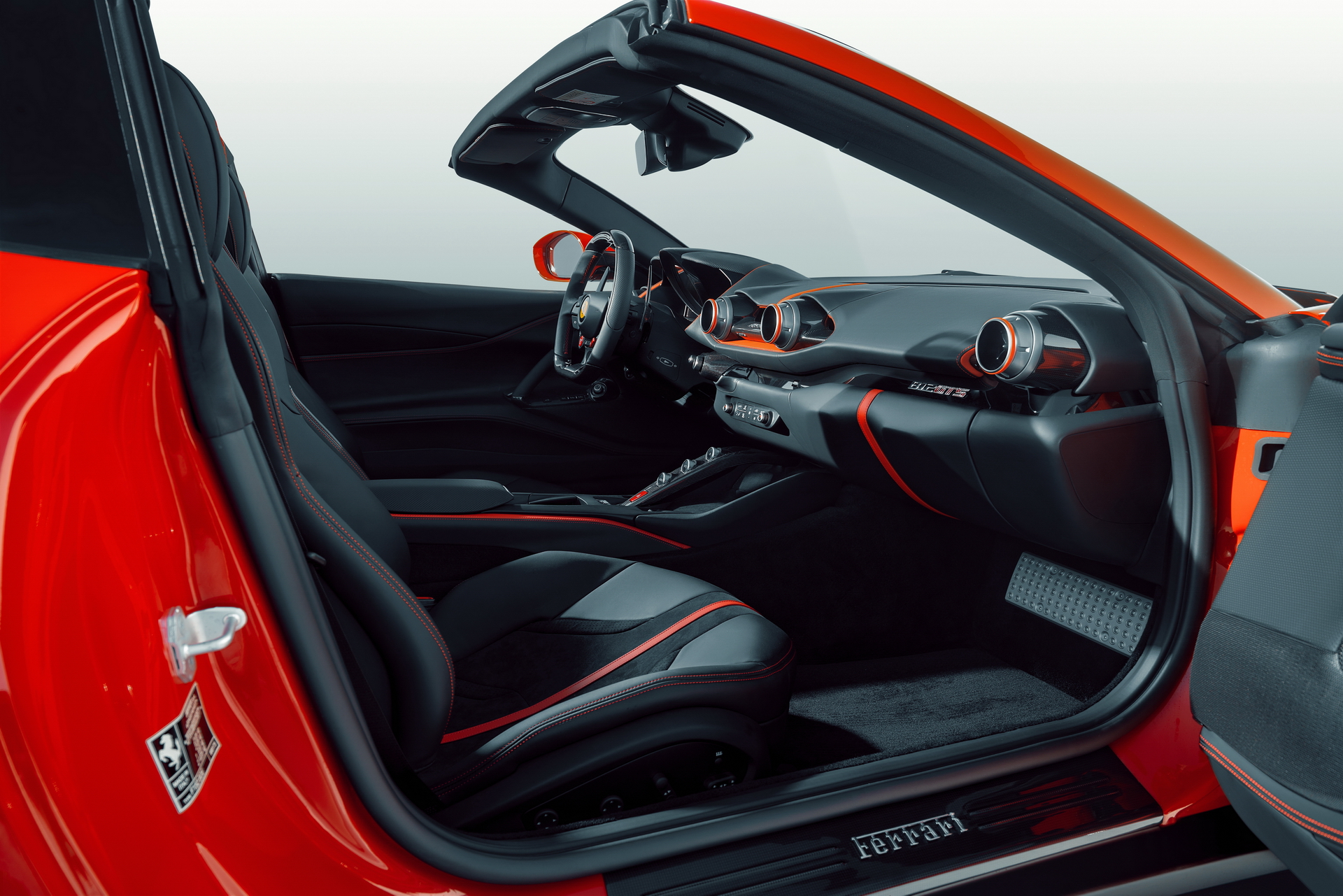
NOVITEC also offers exclusive refinement for the cockpit. The owner of the Spider can have his interior upholstered in the finest leather and Alcantara in virtually any color imaginable.





